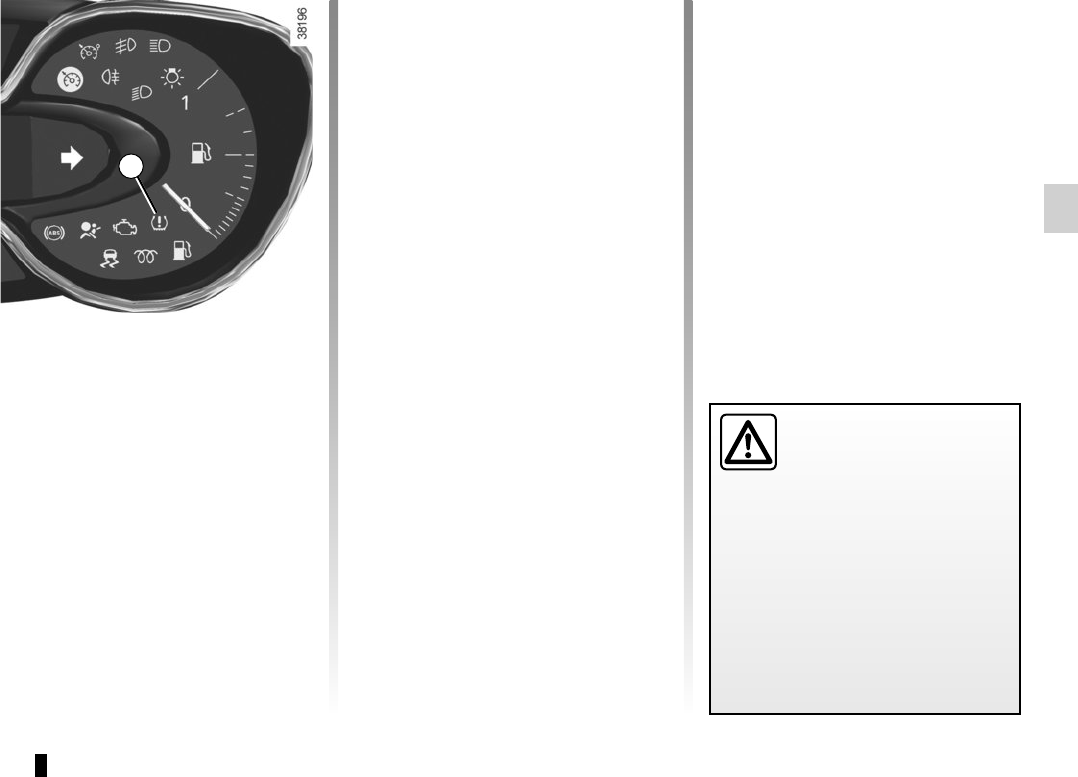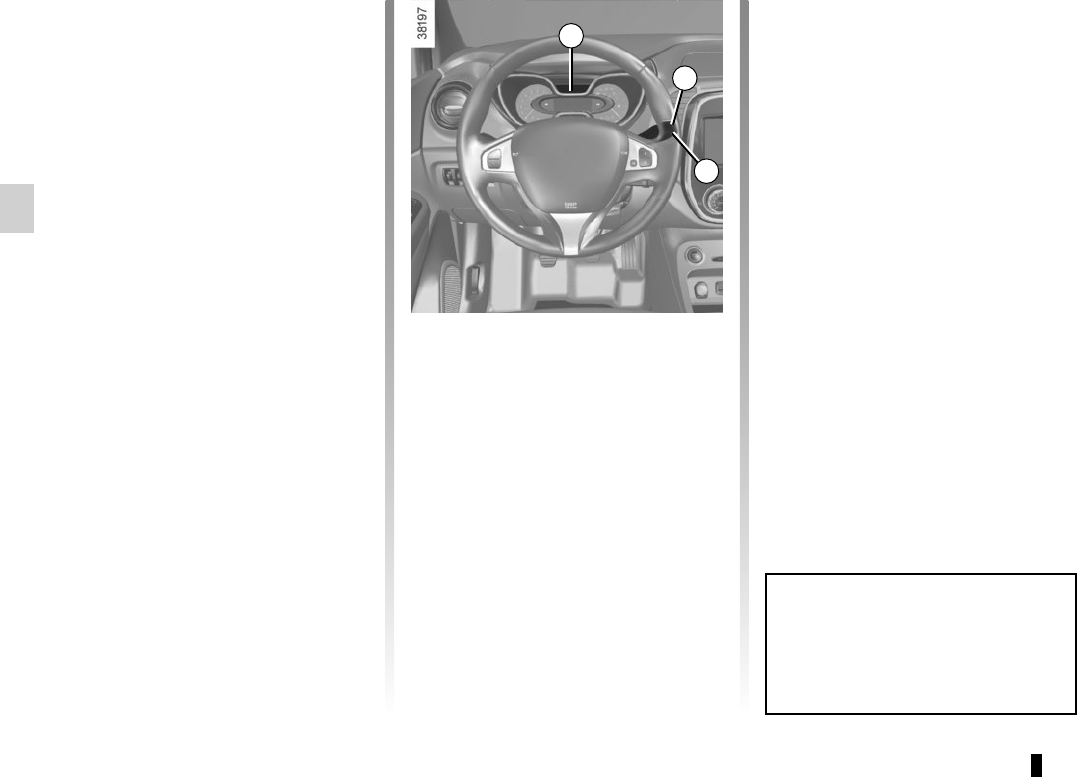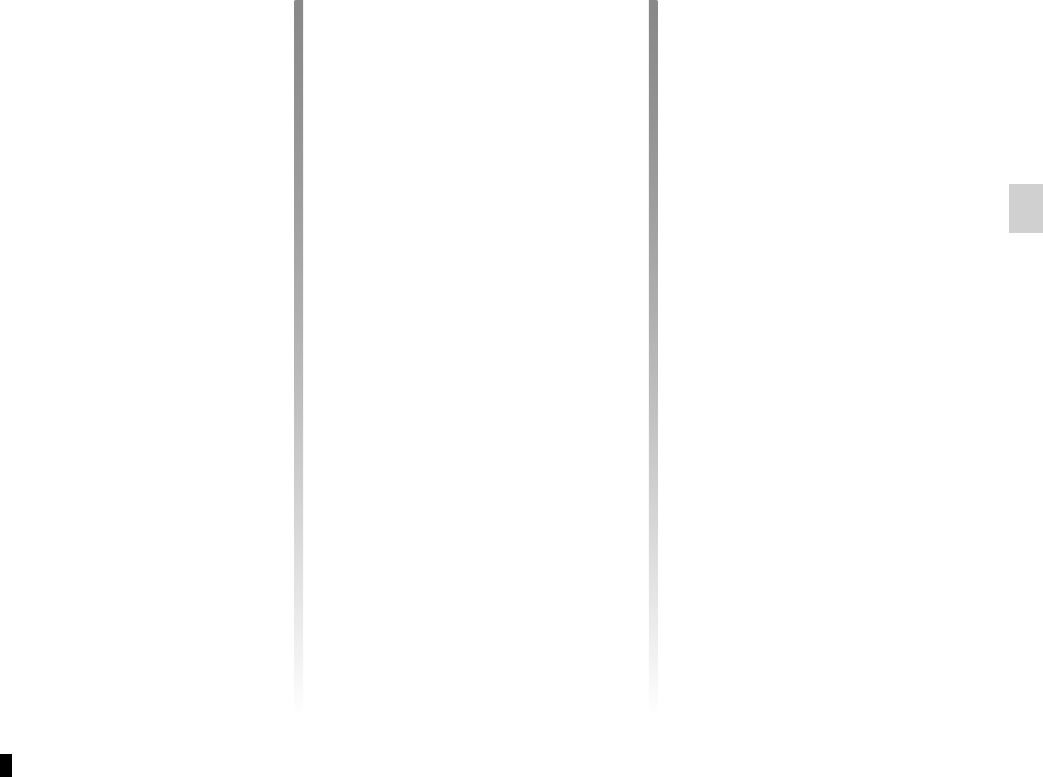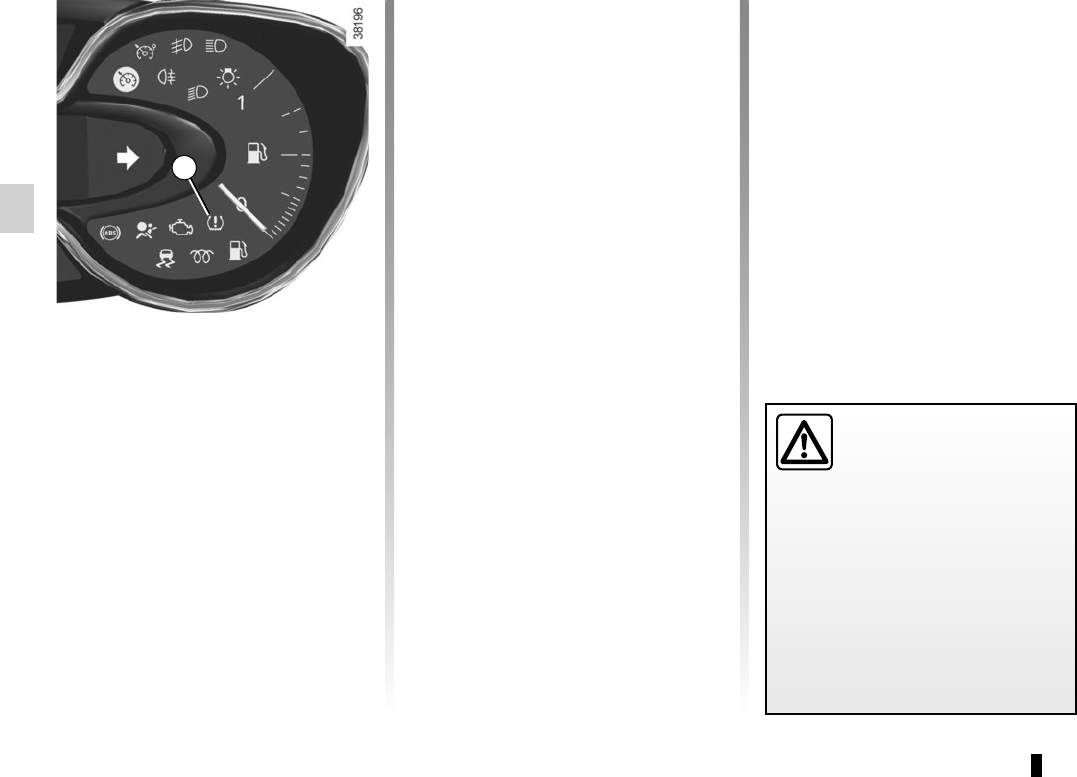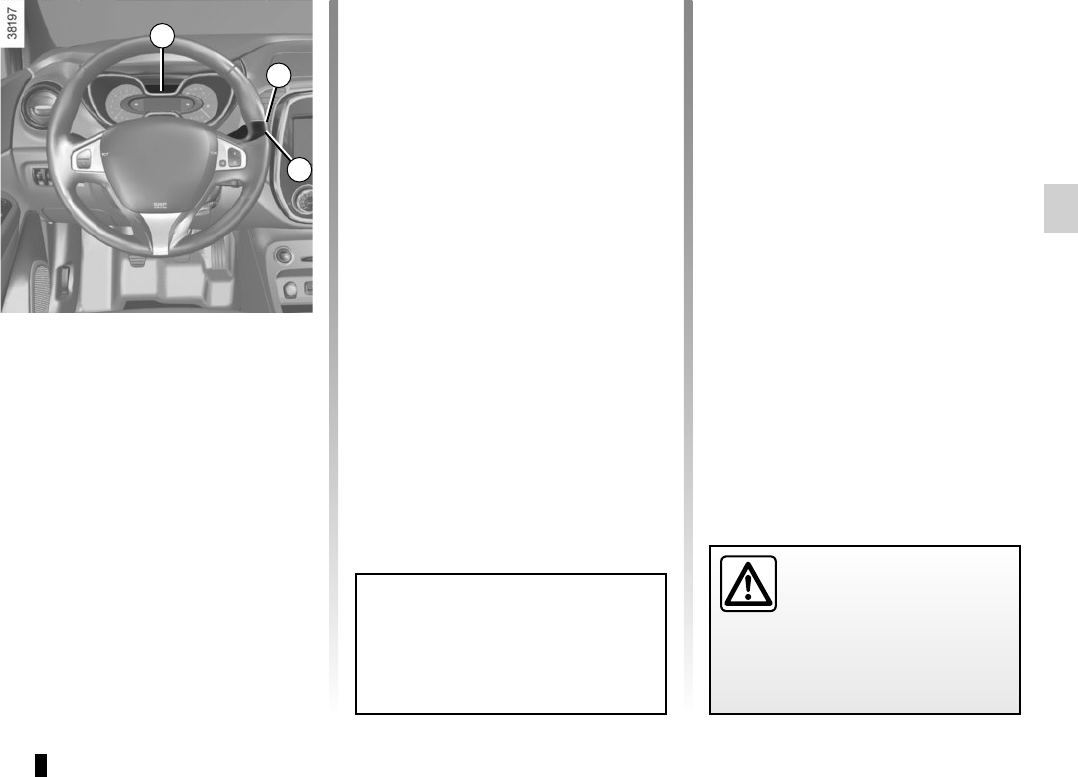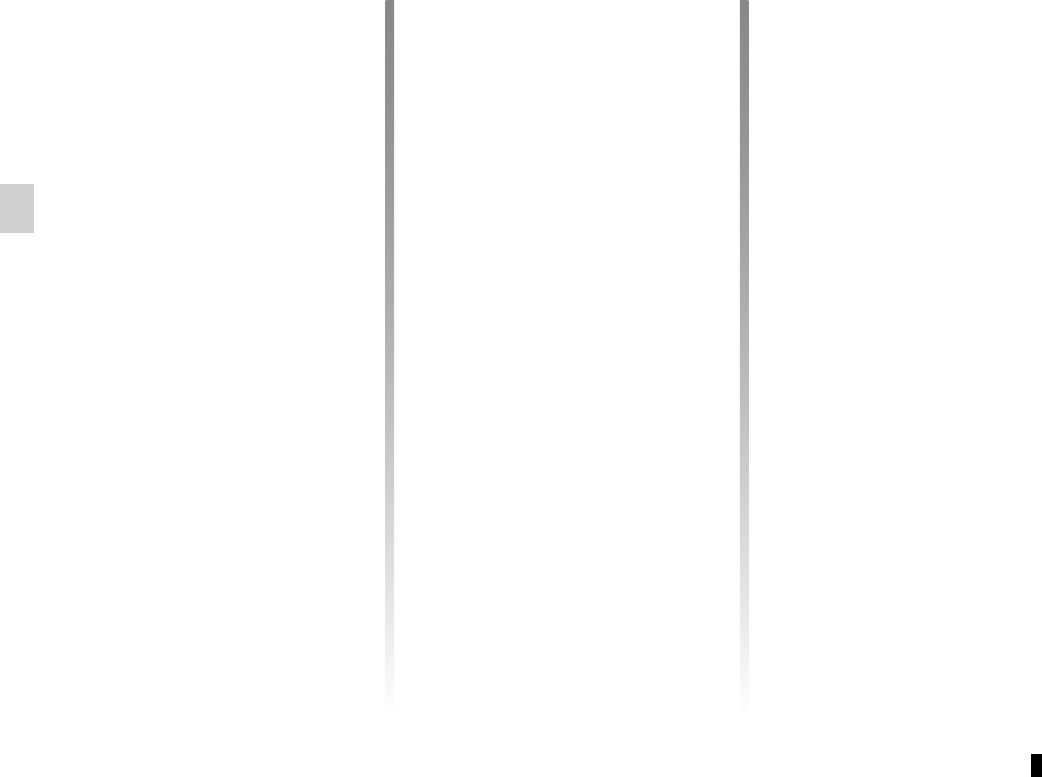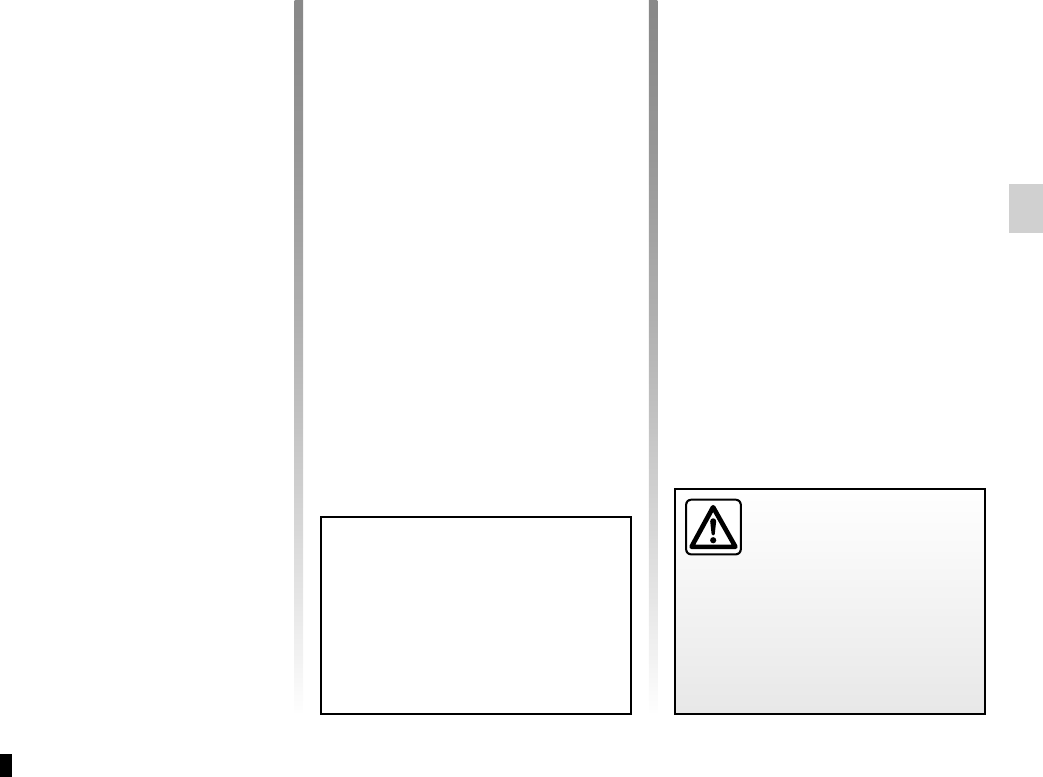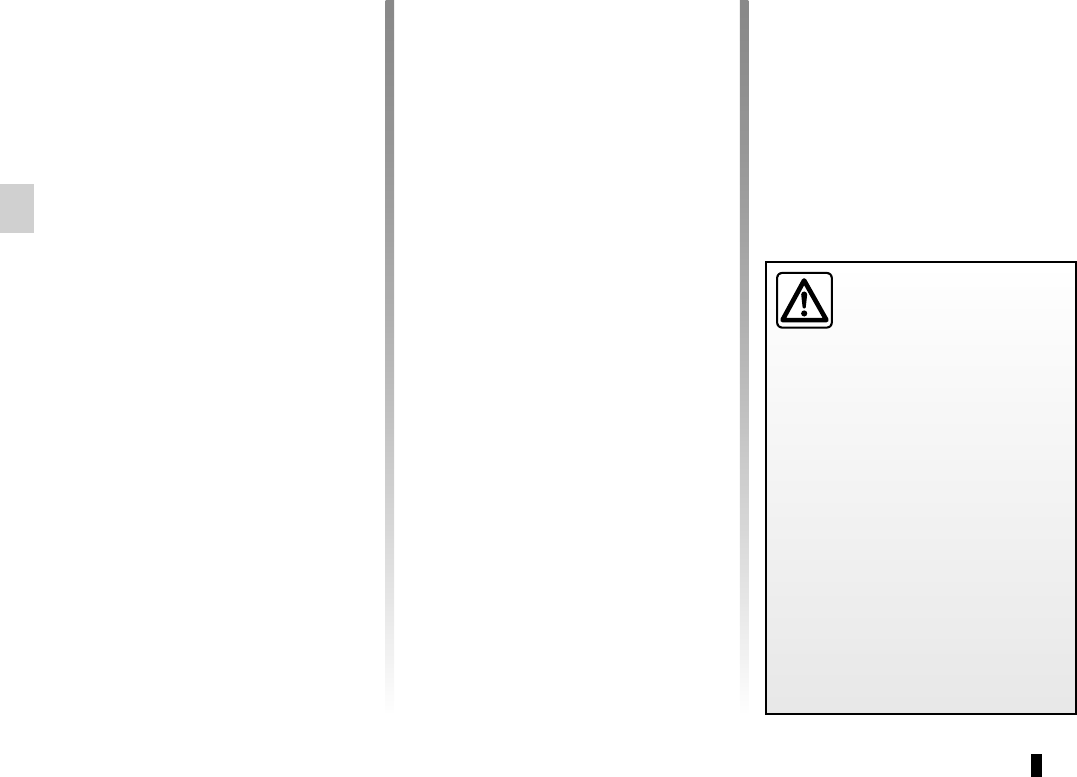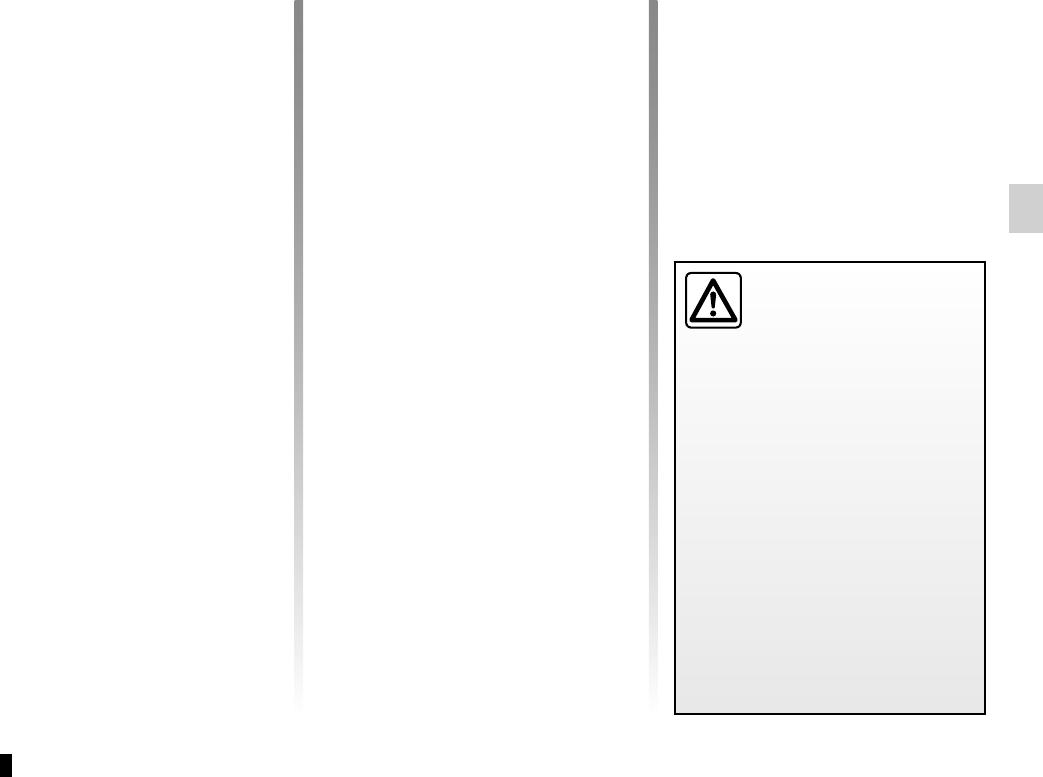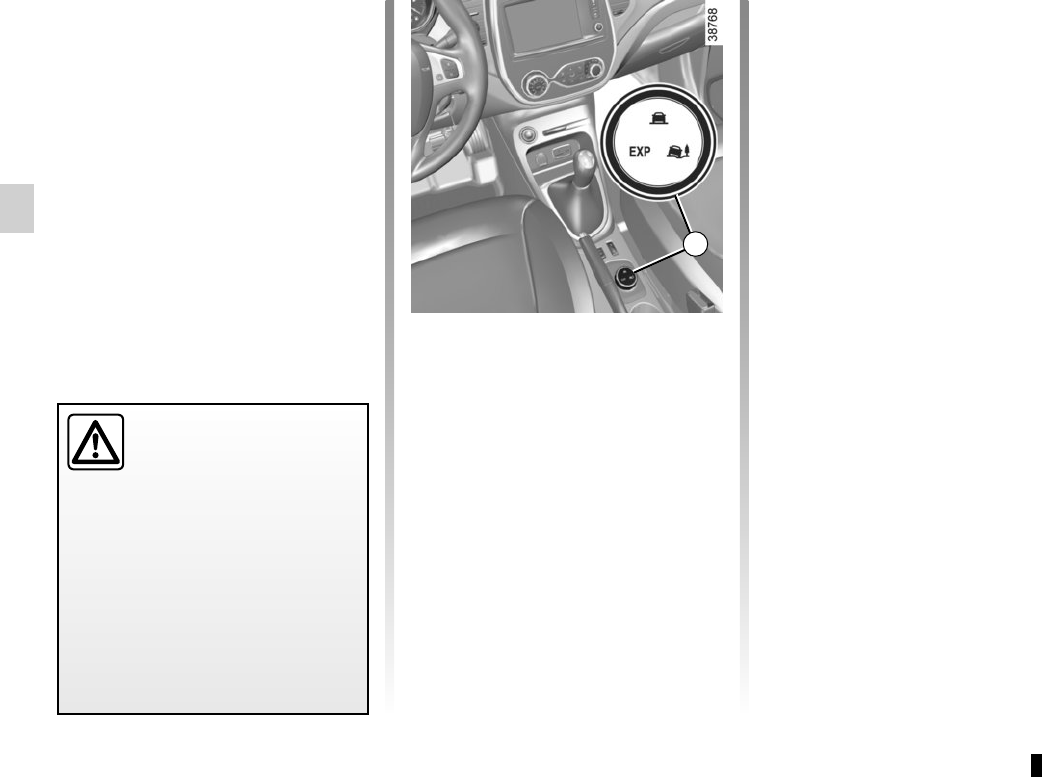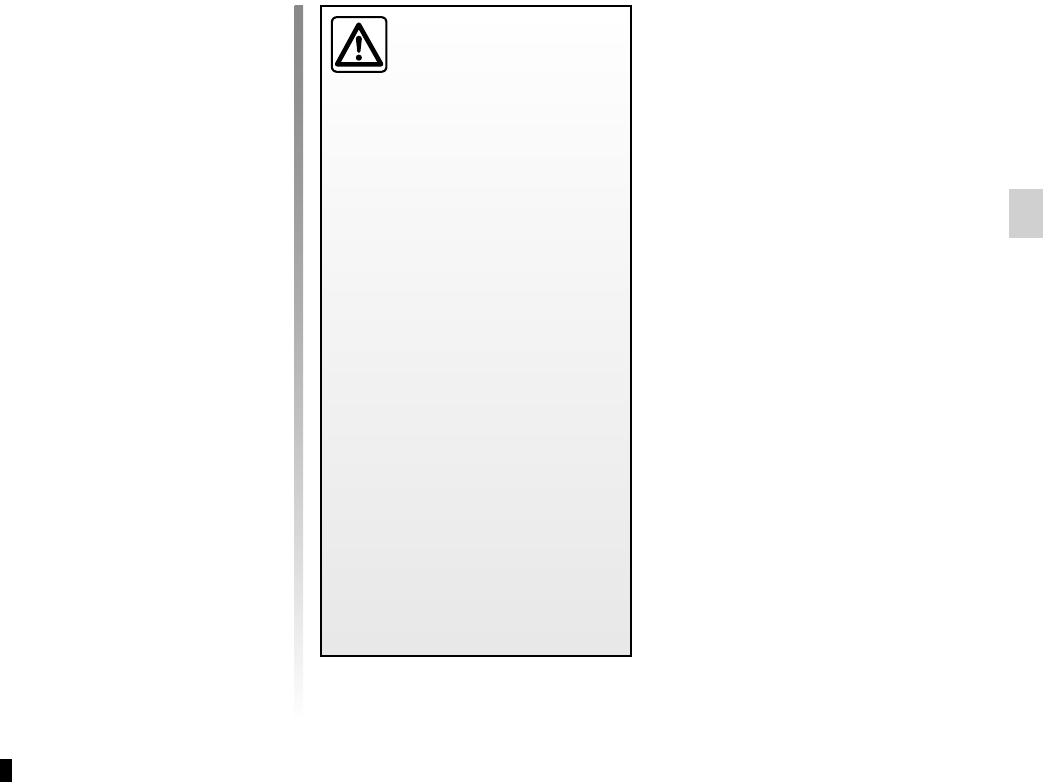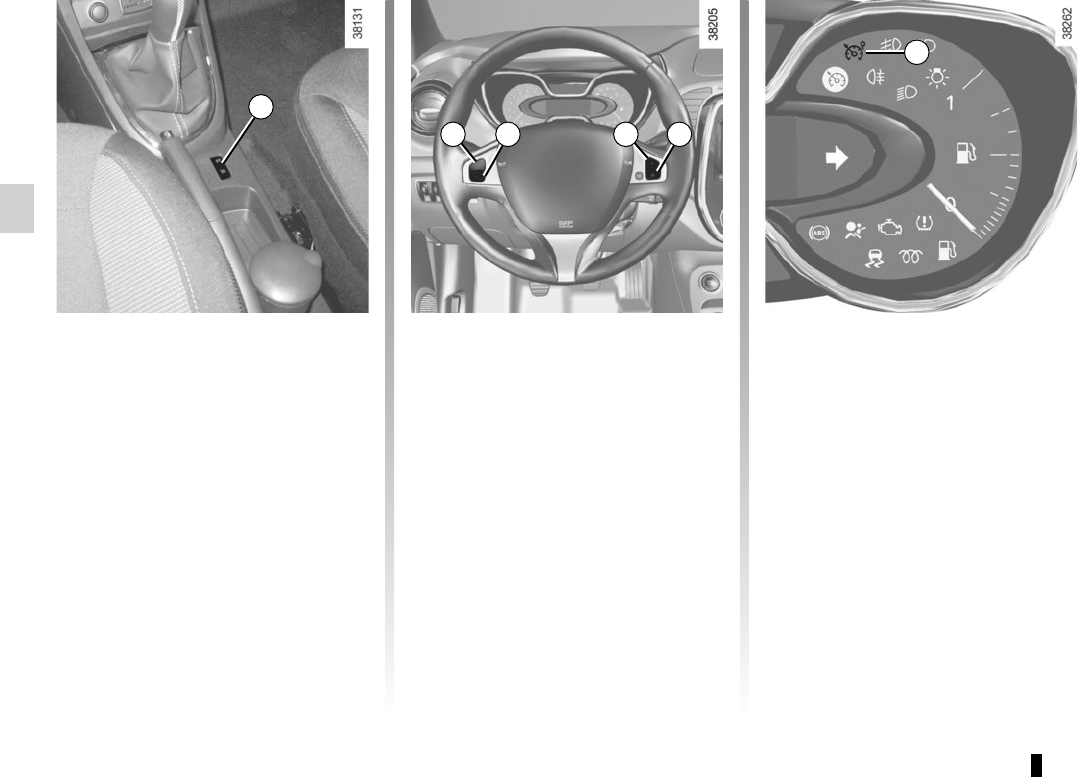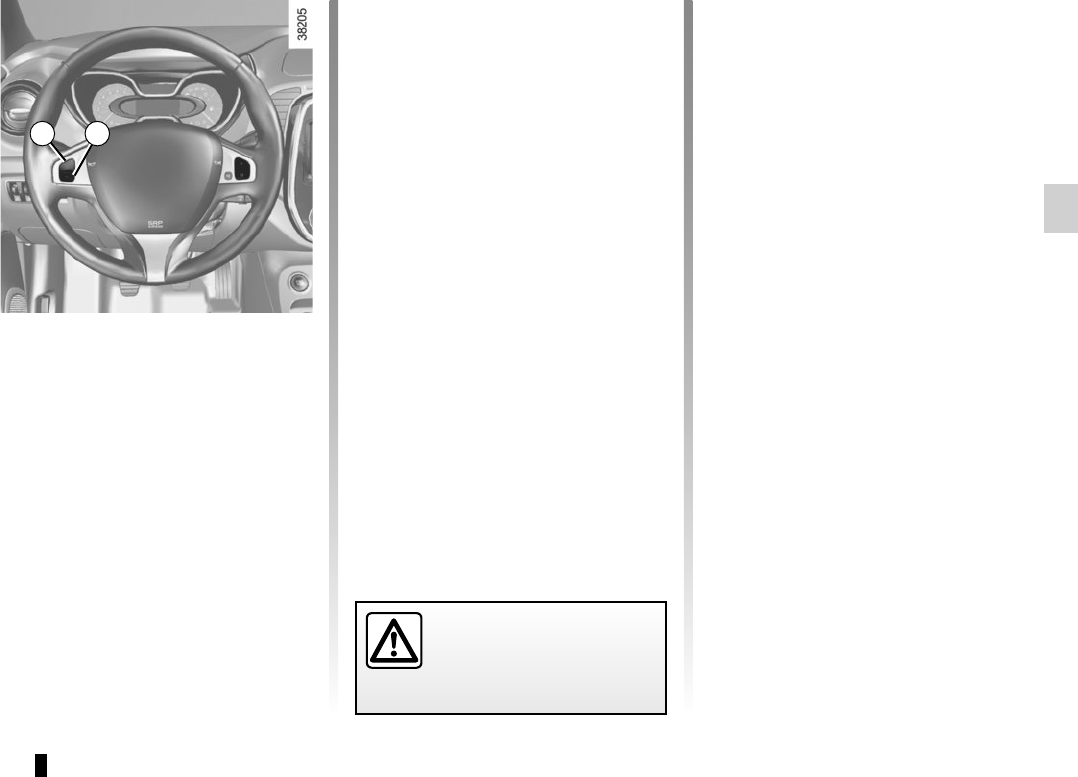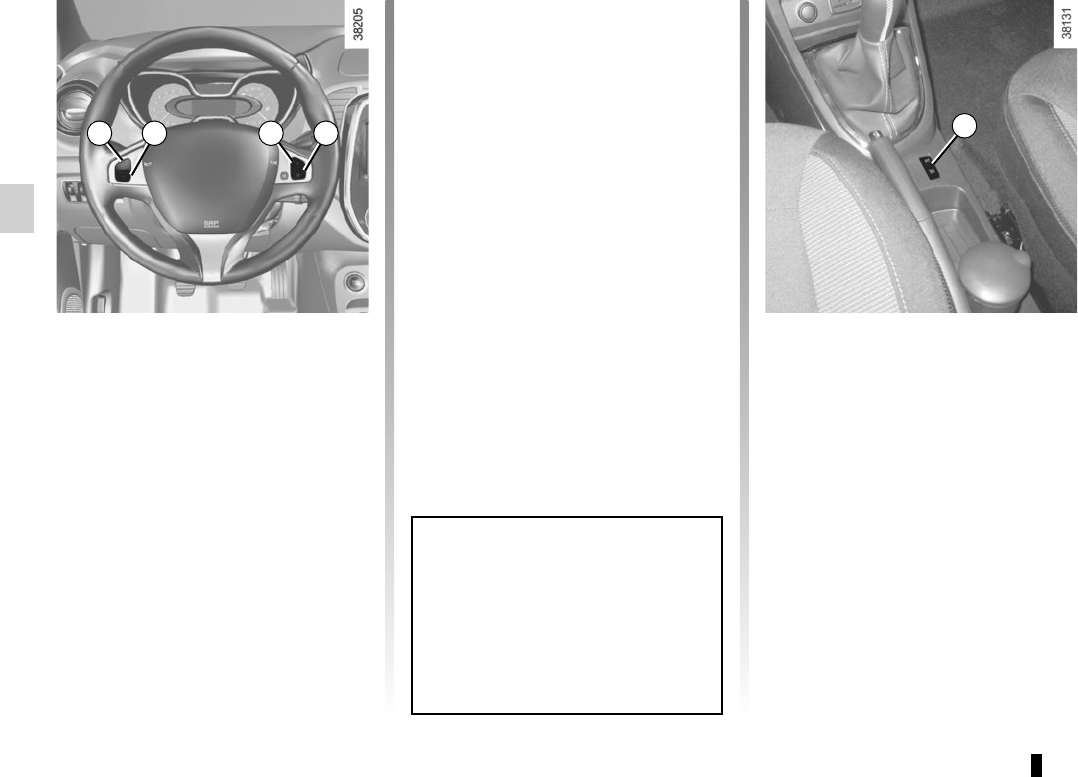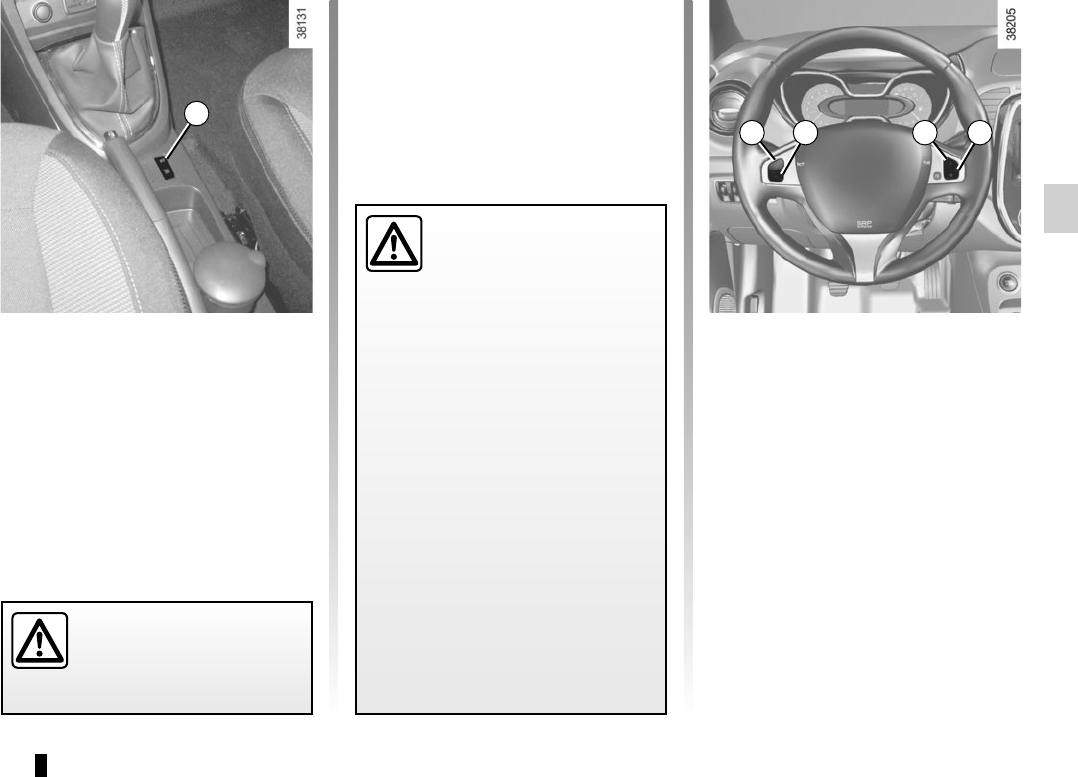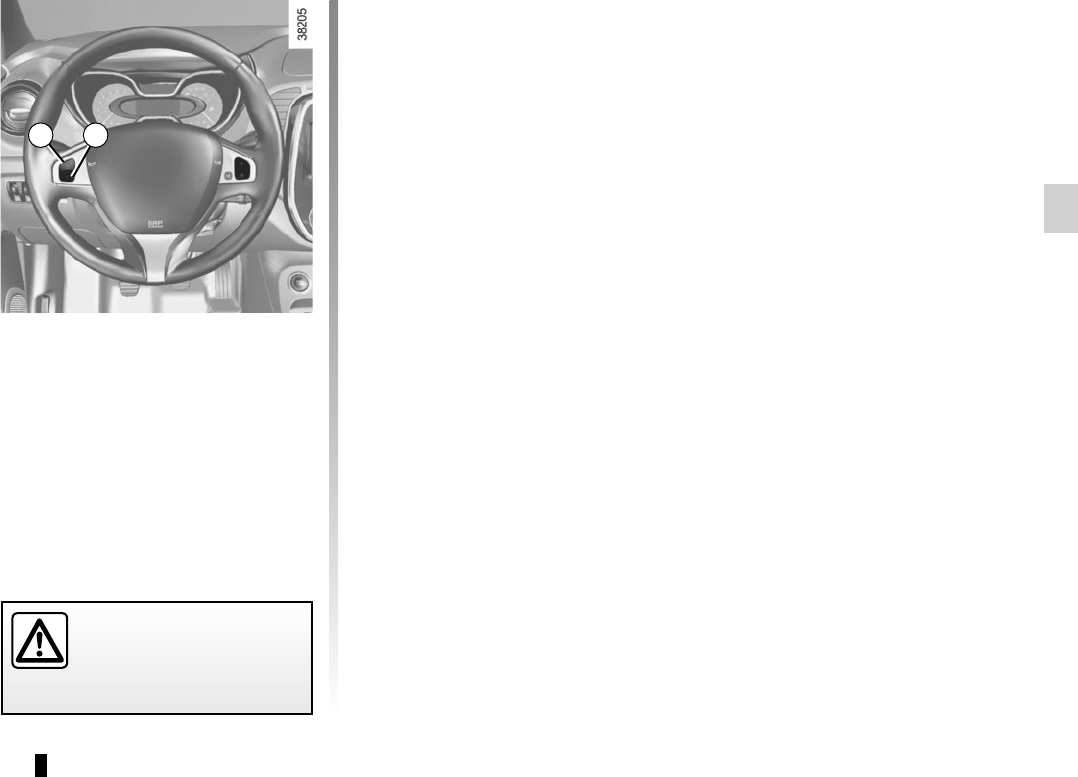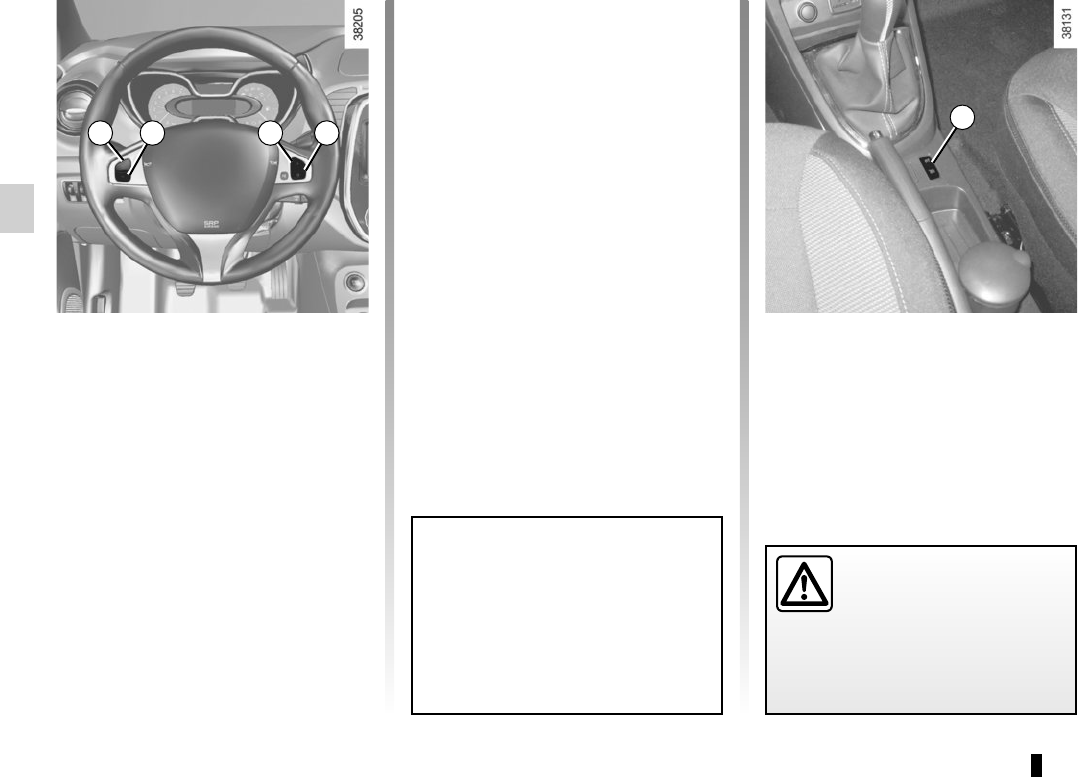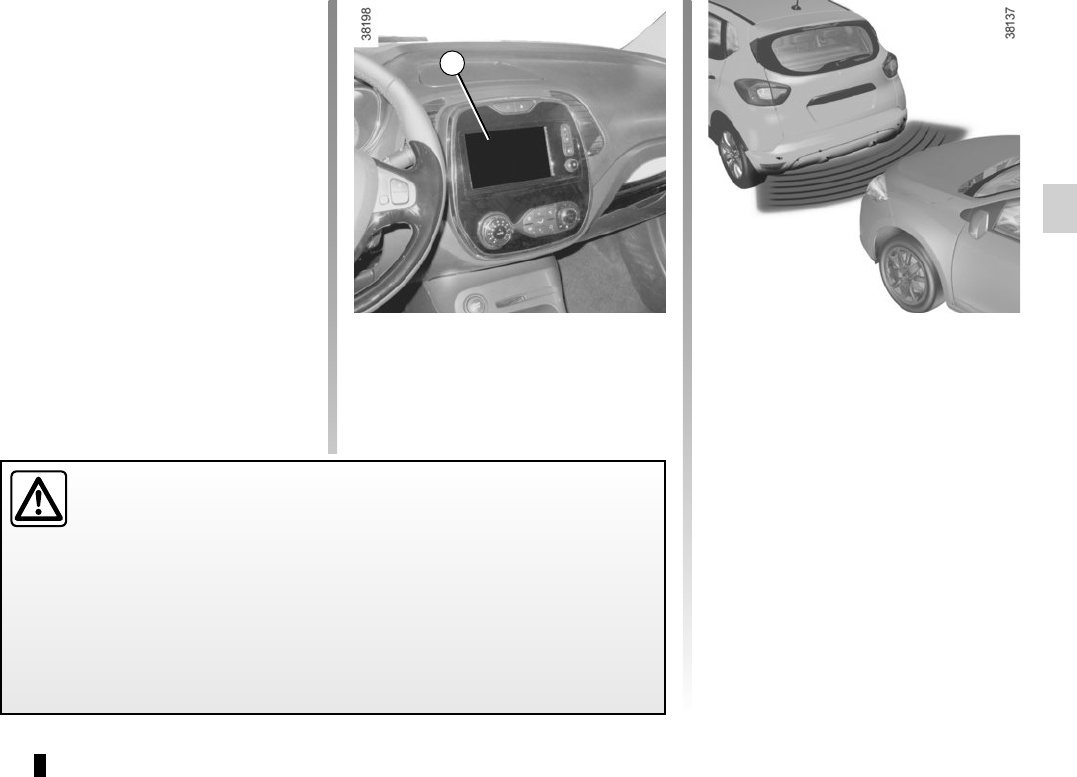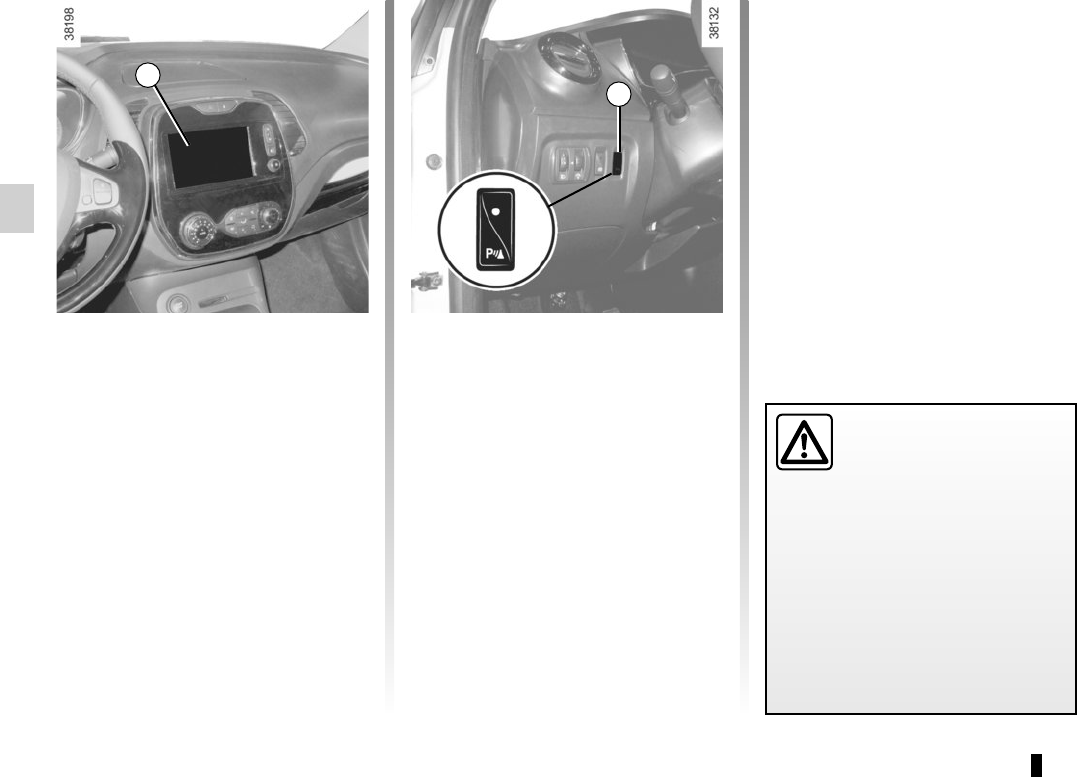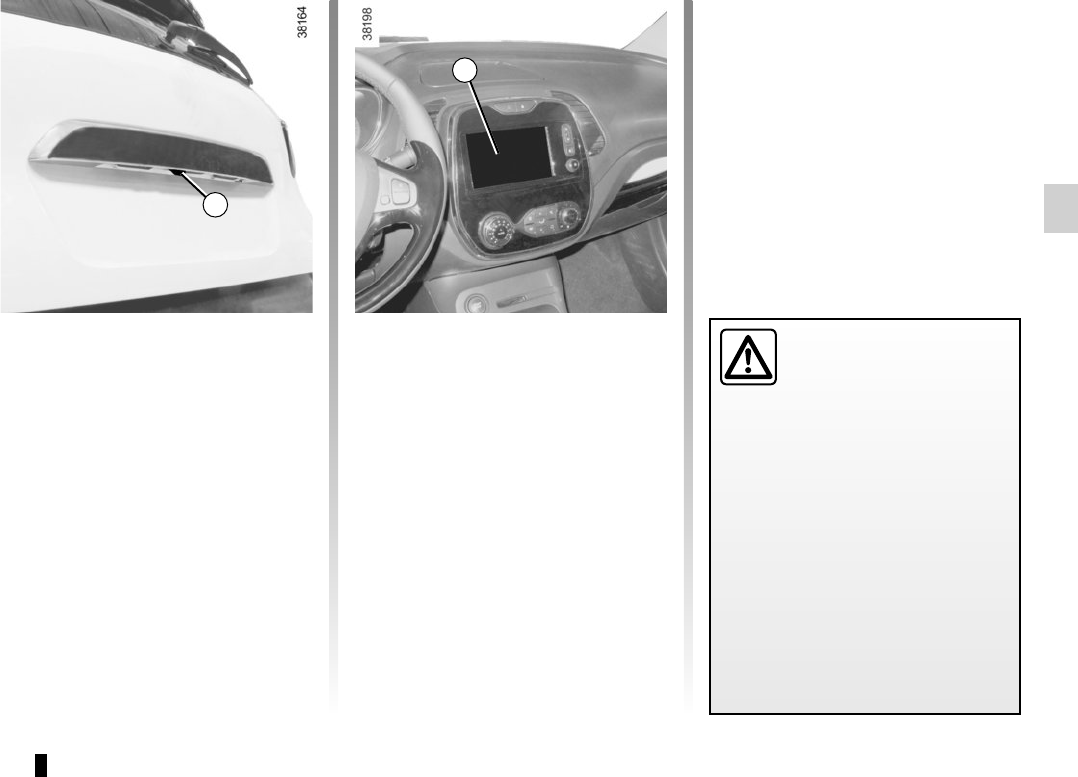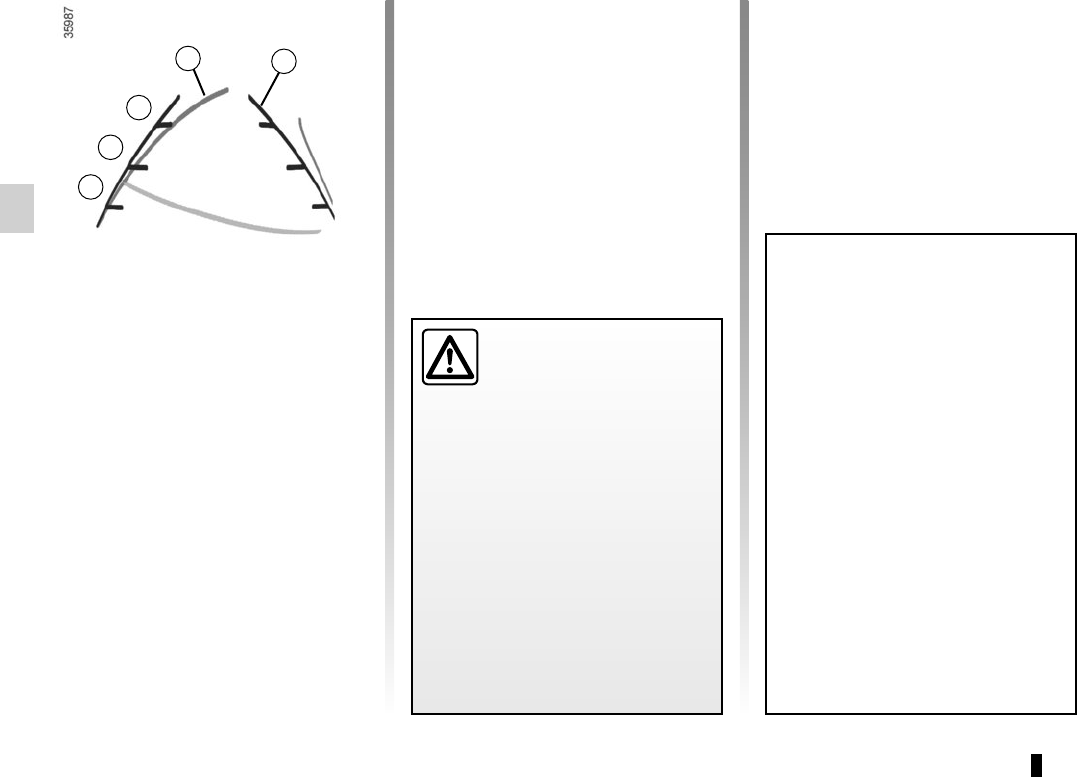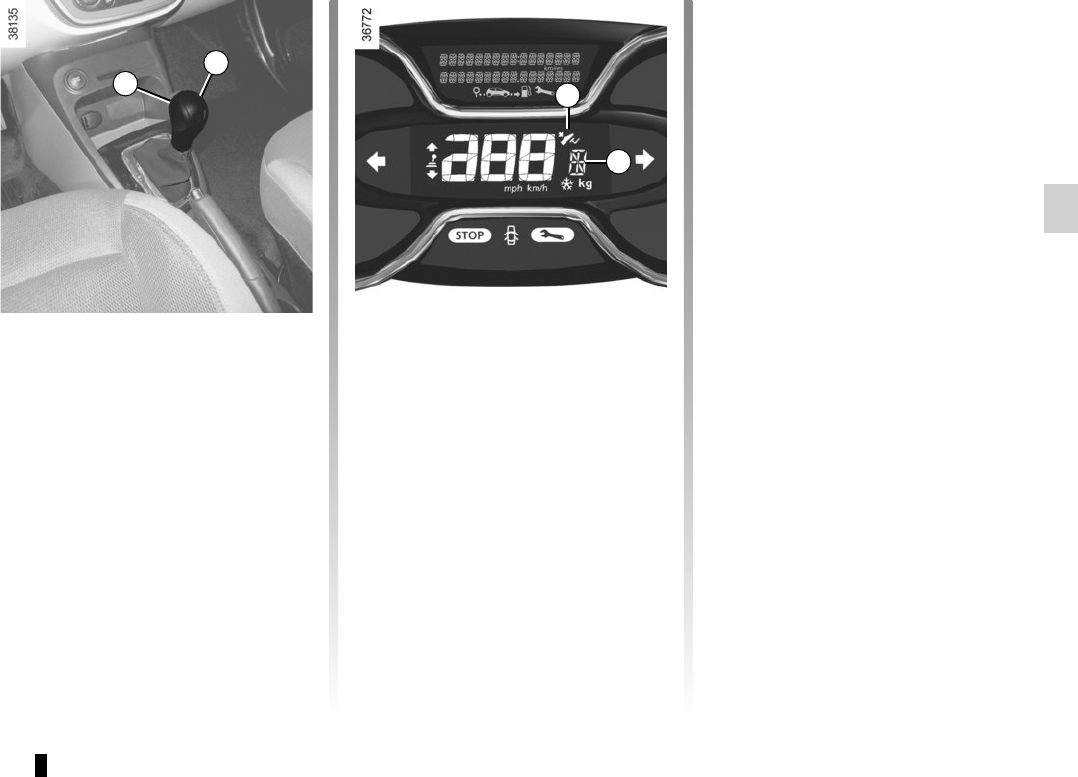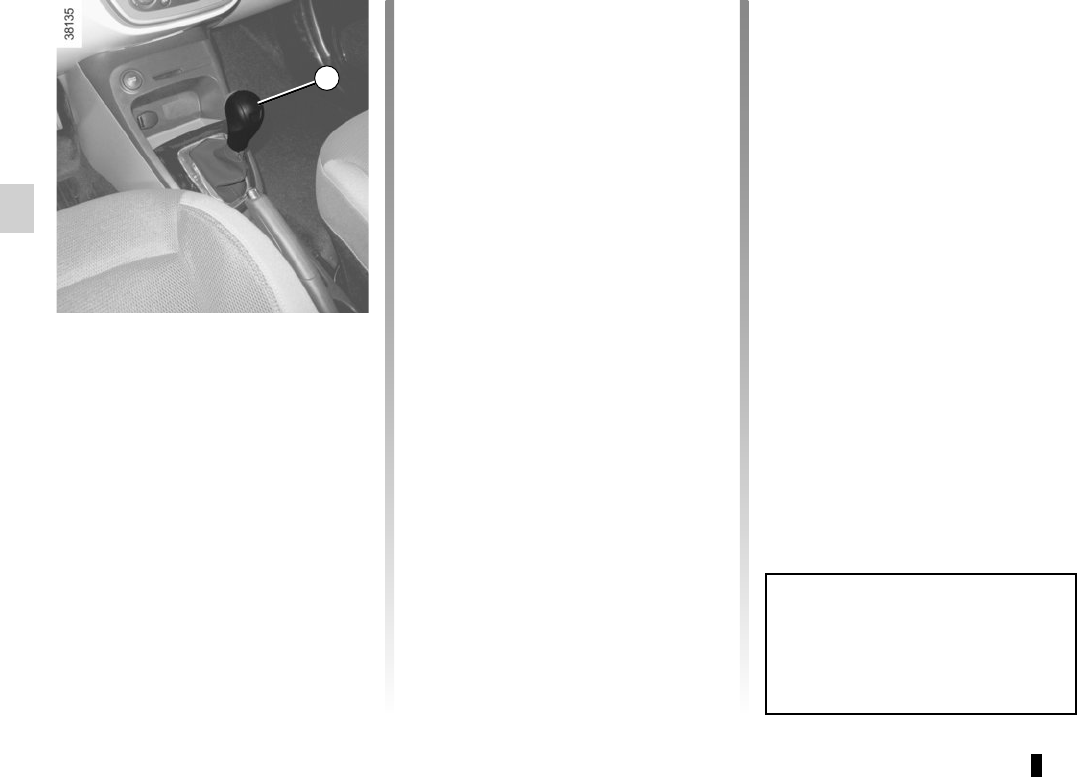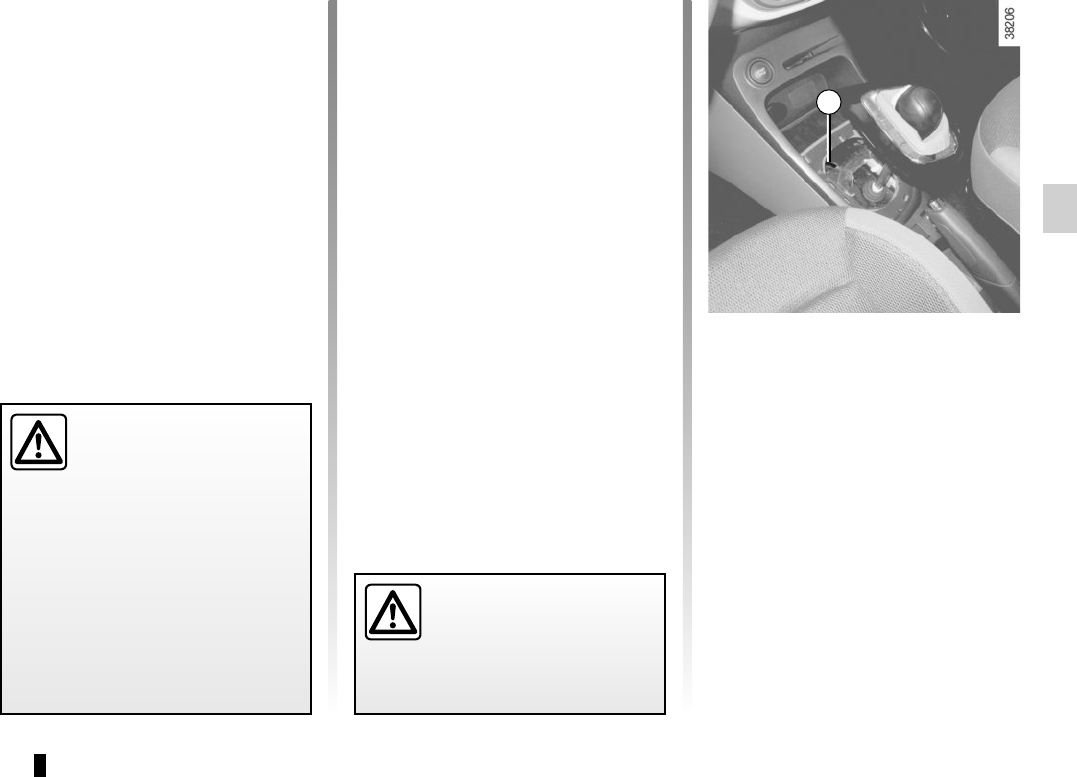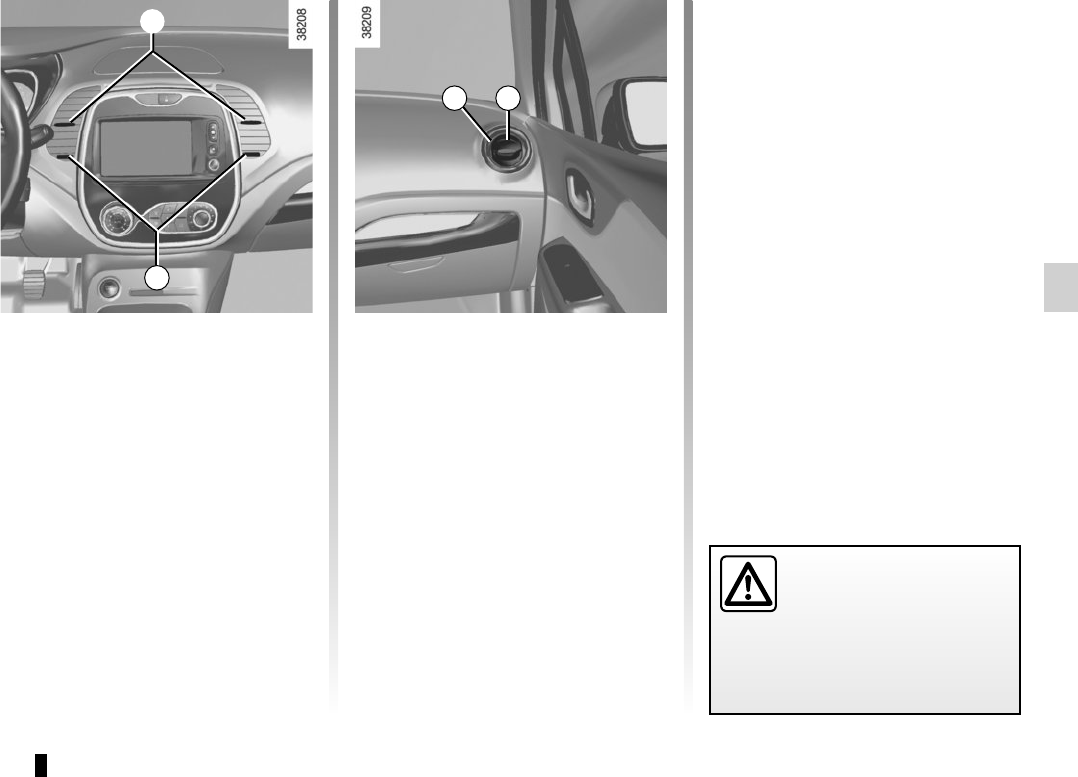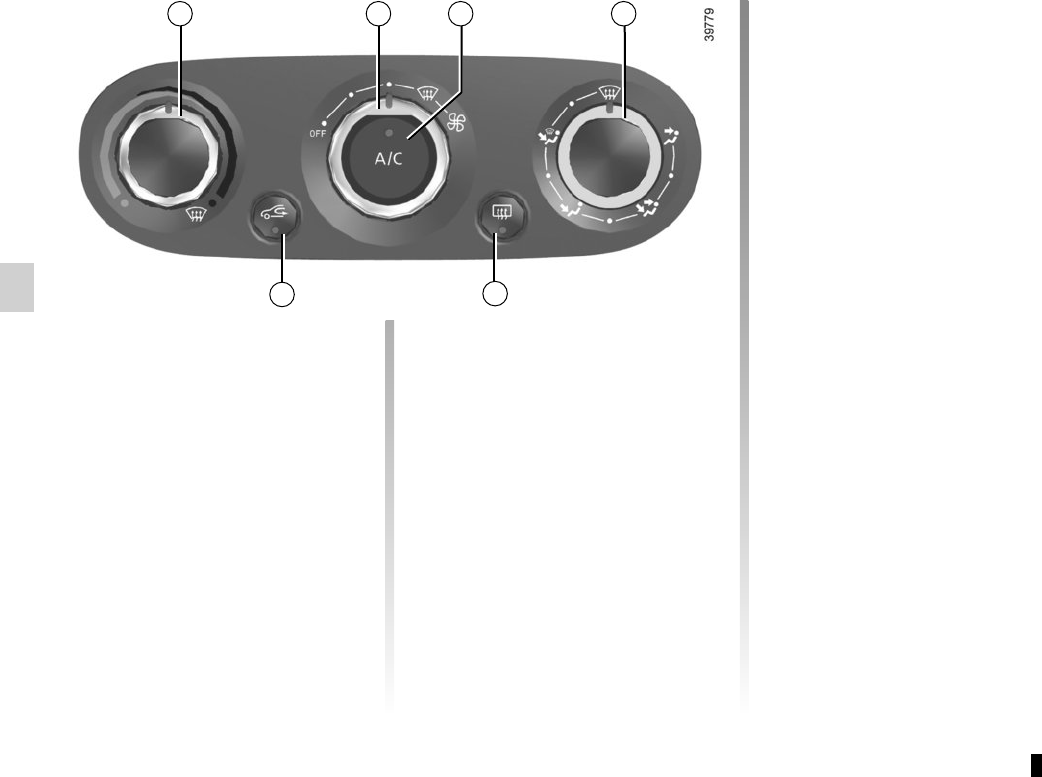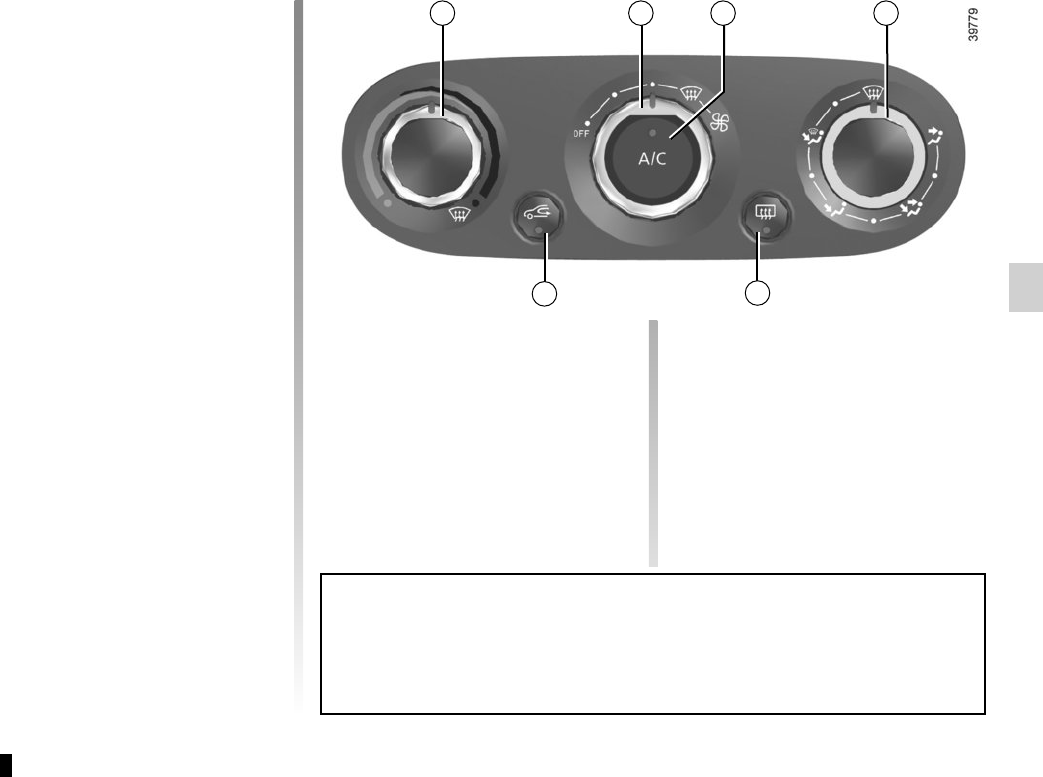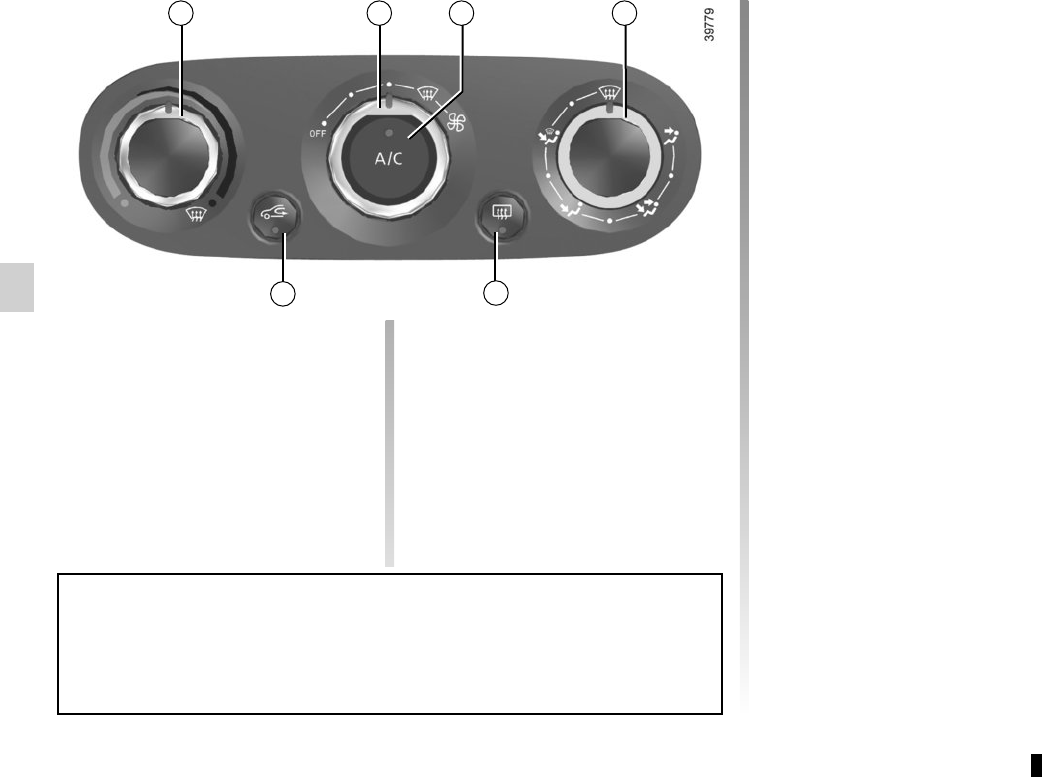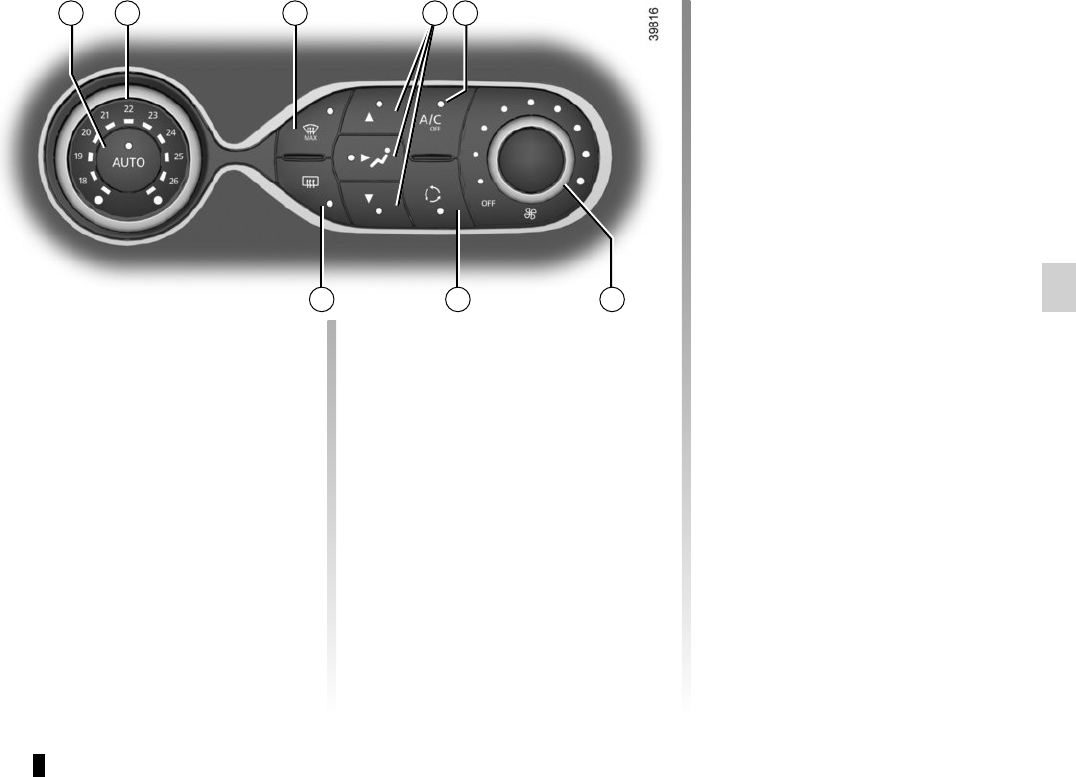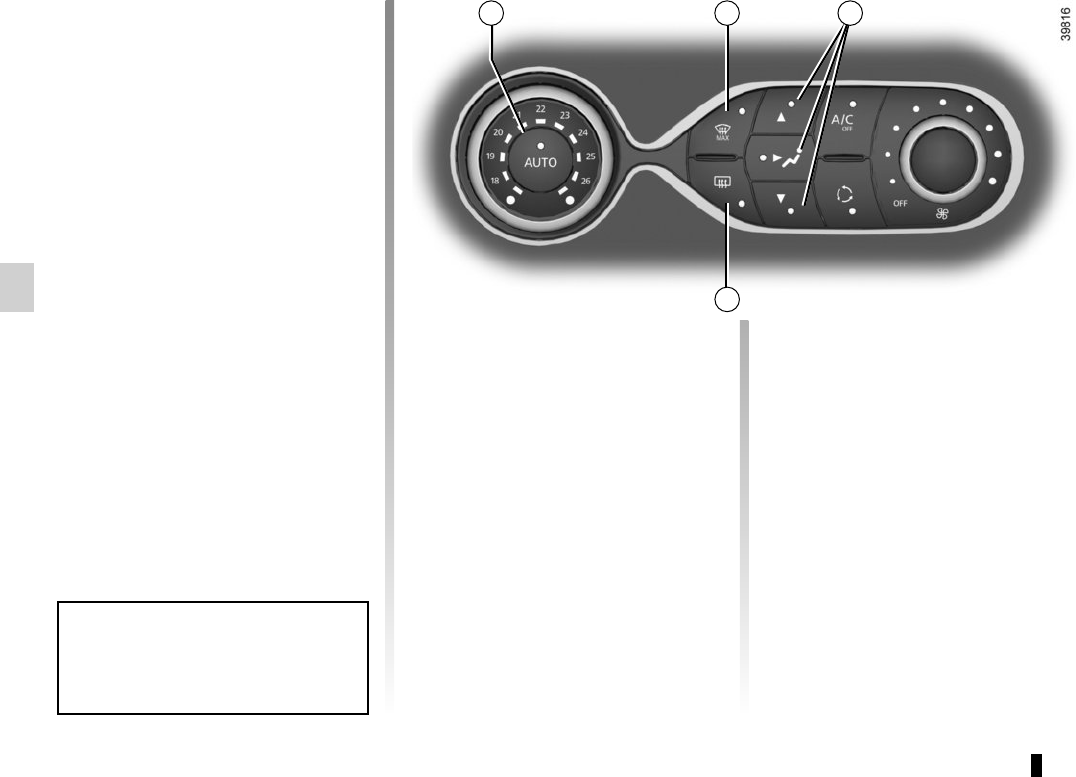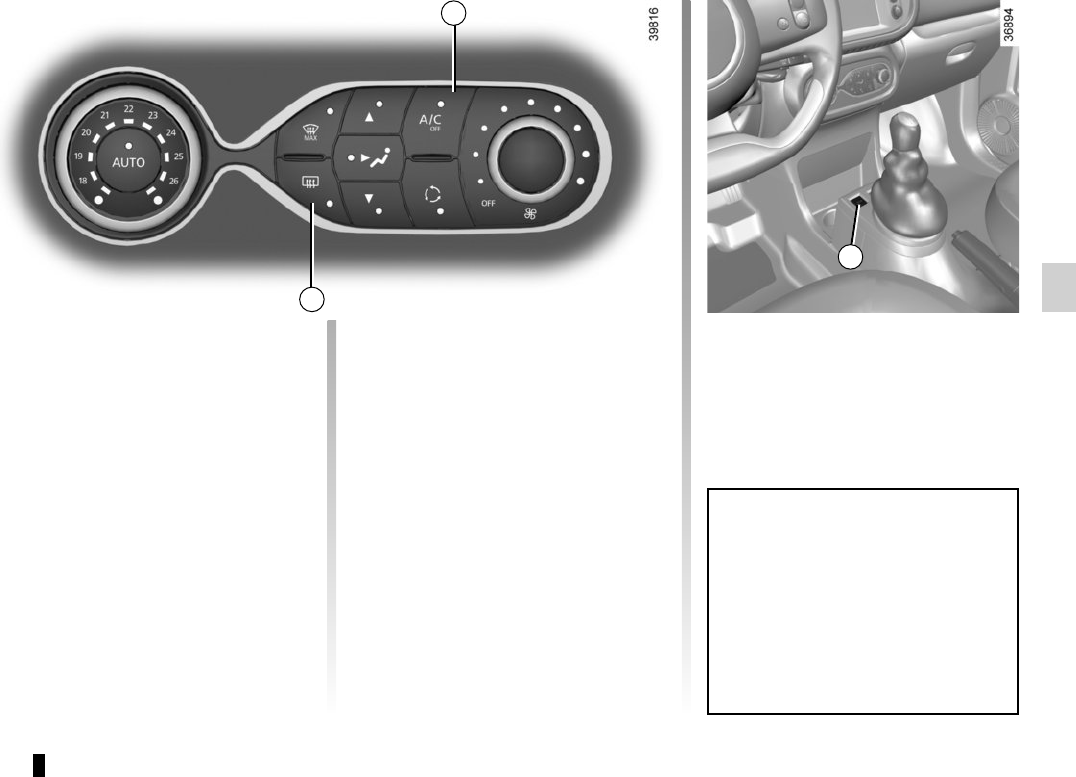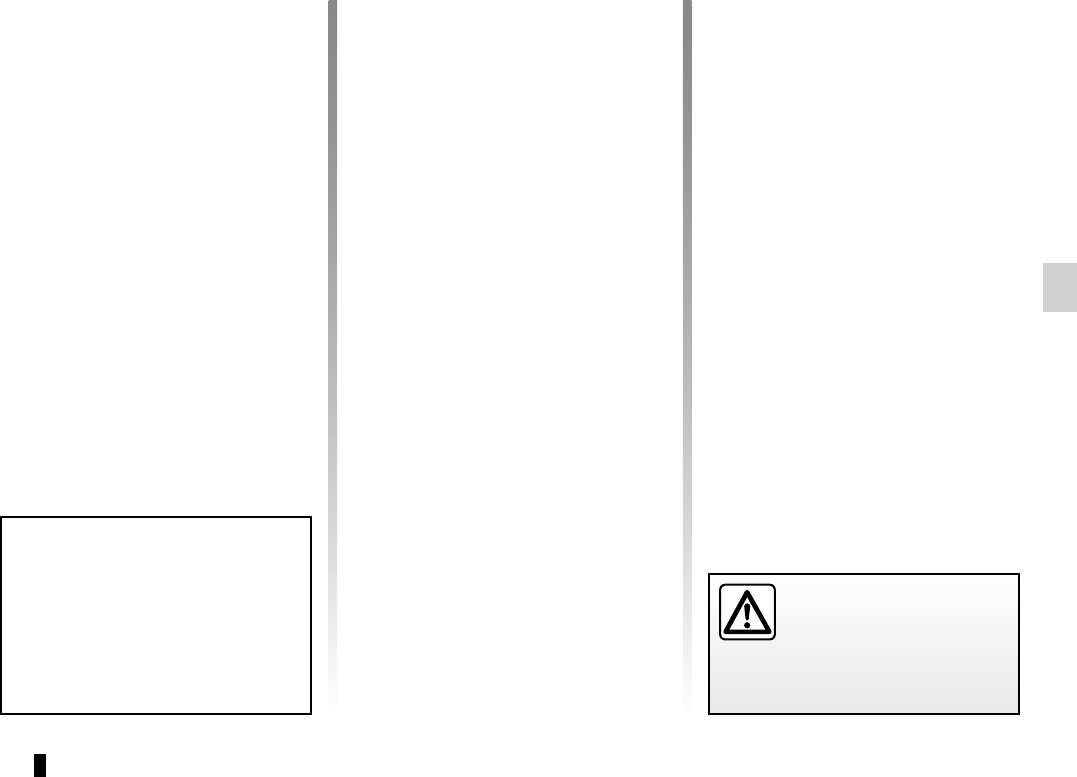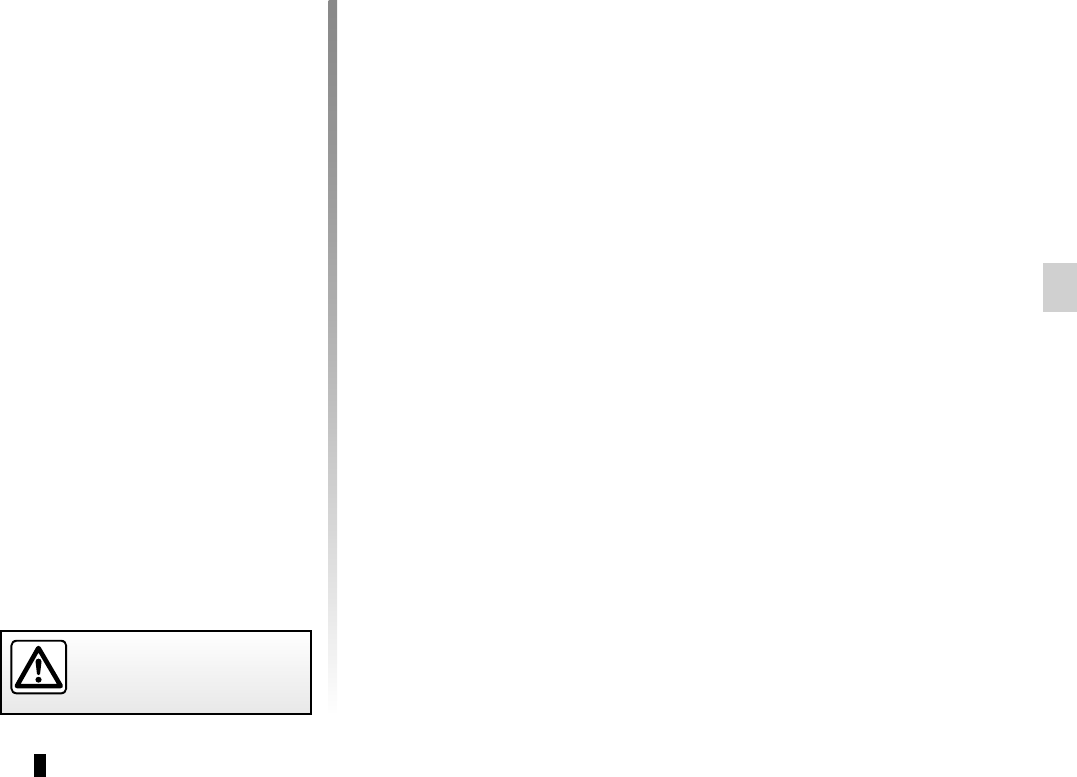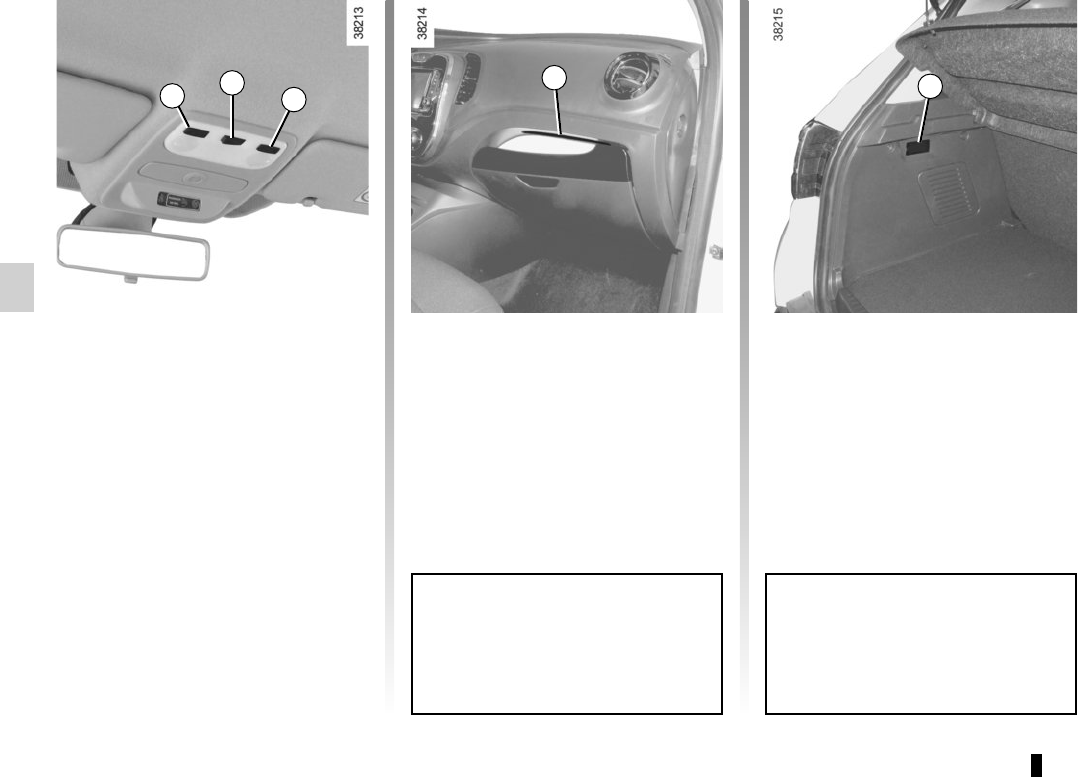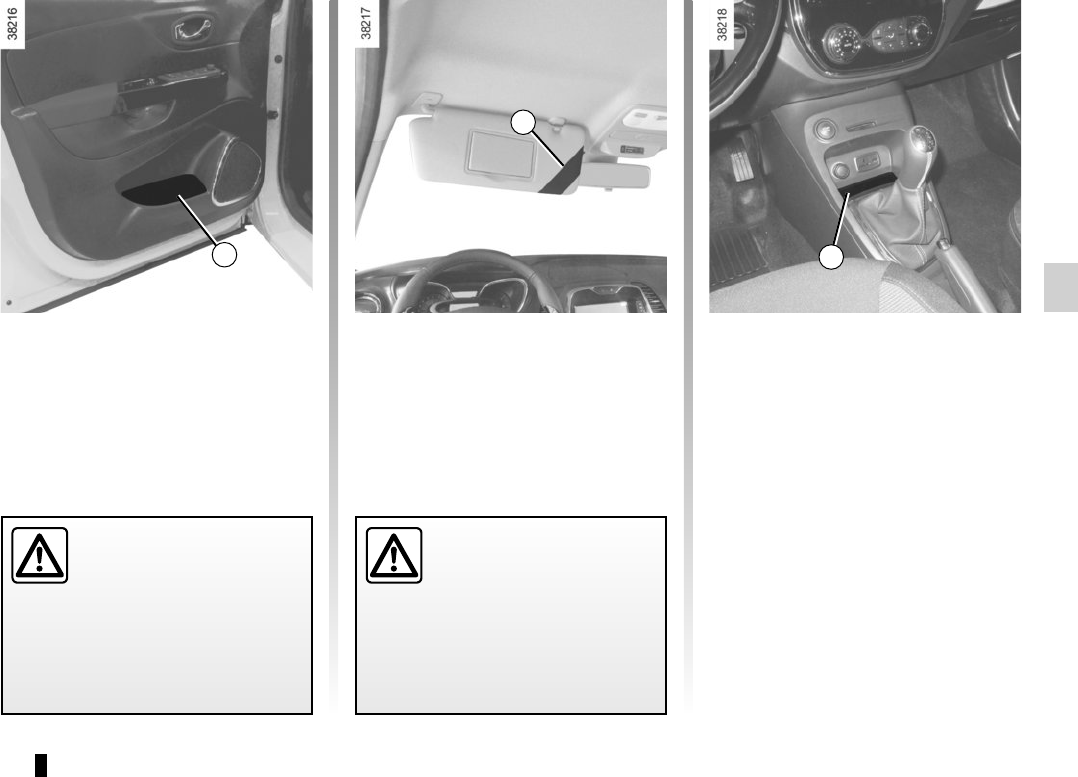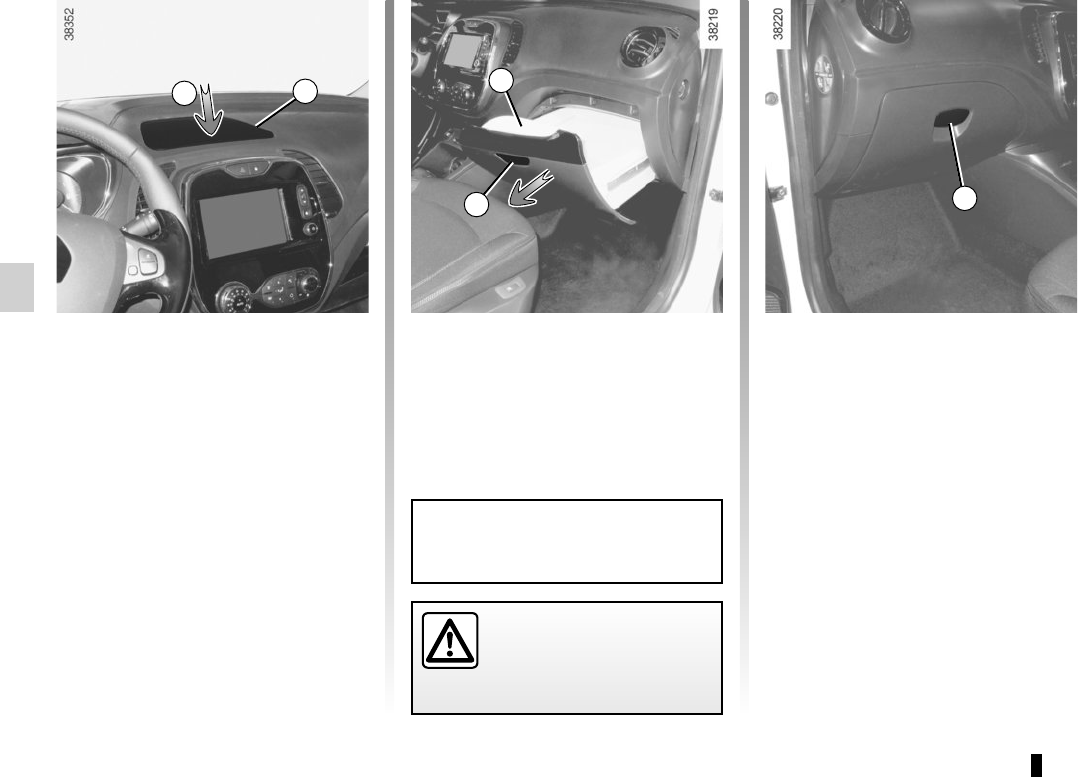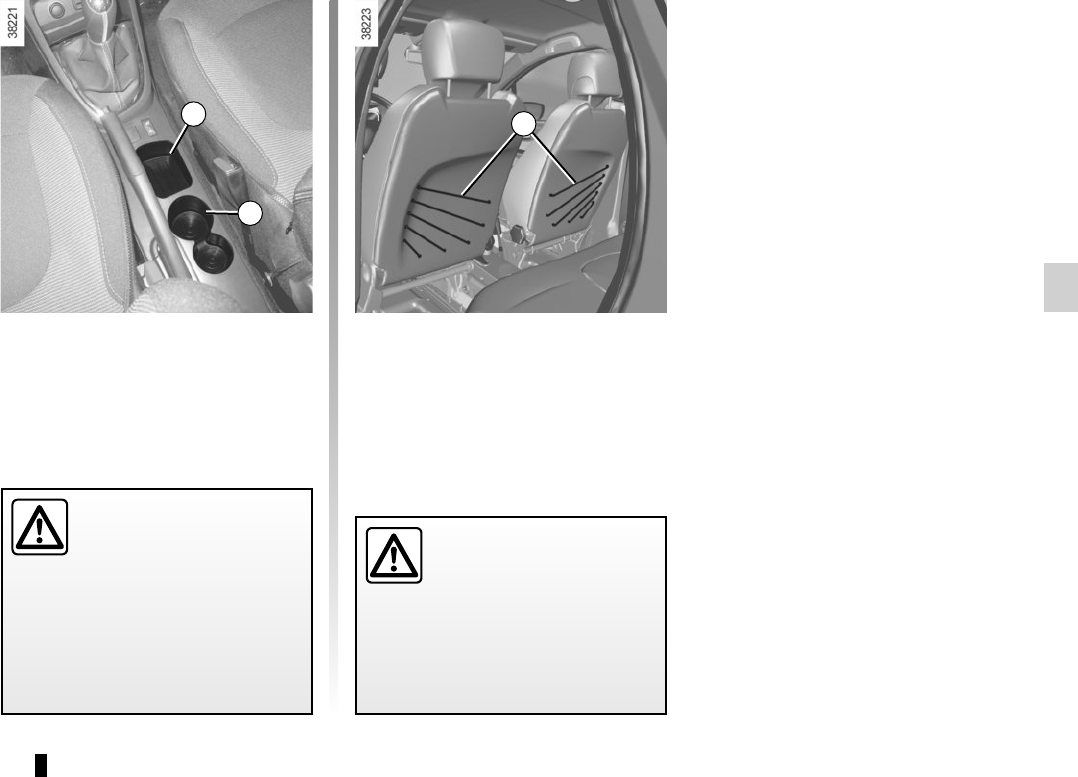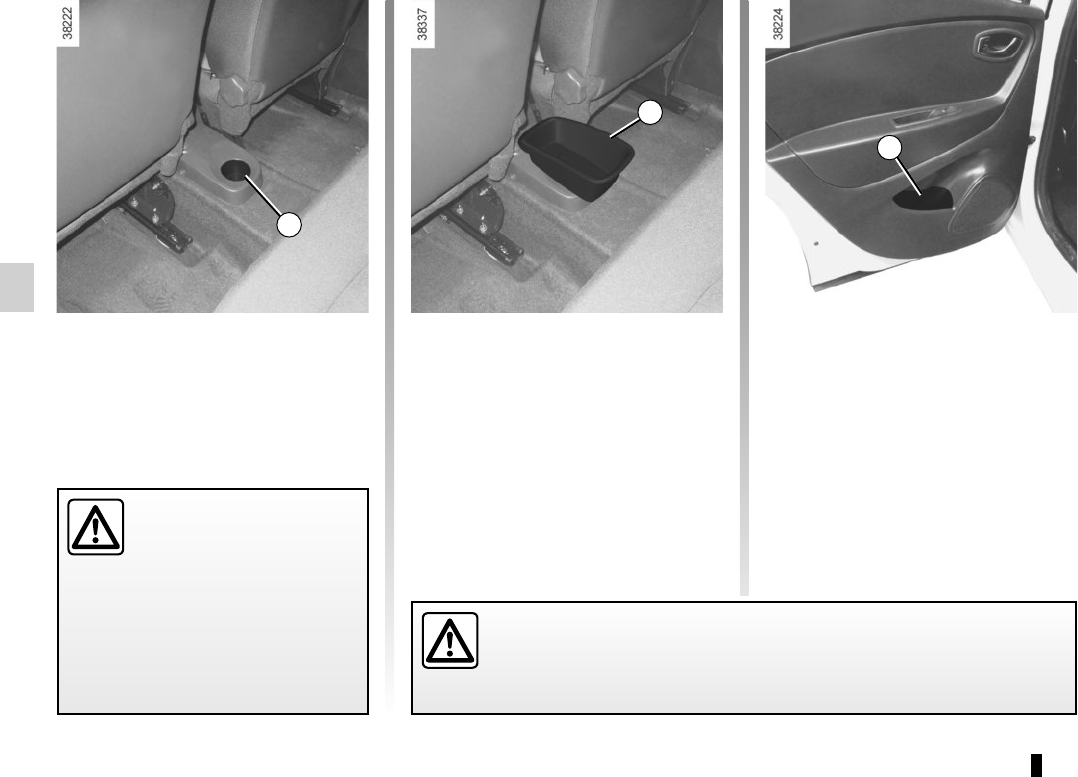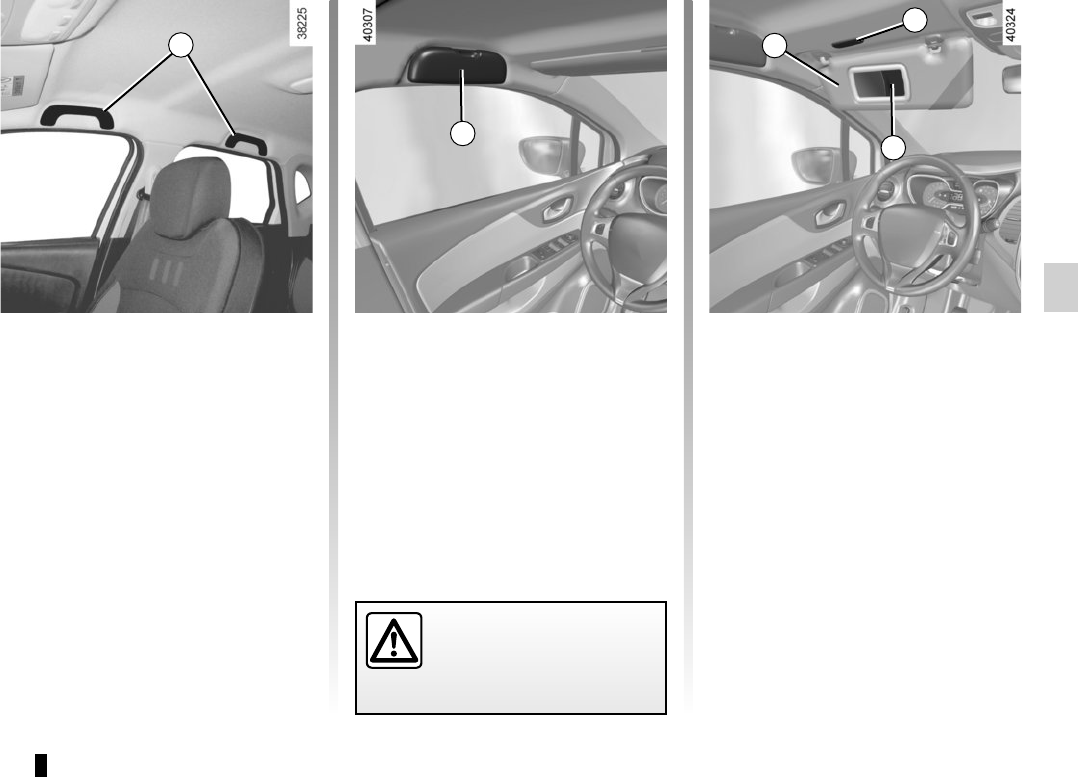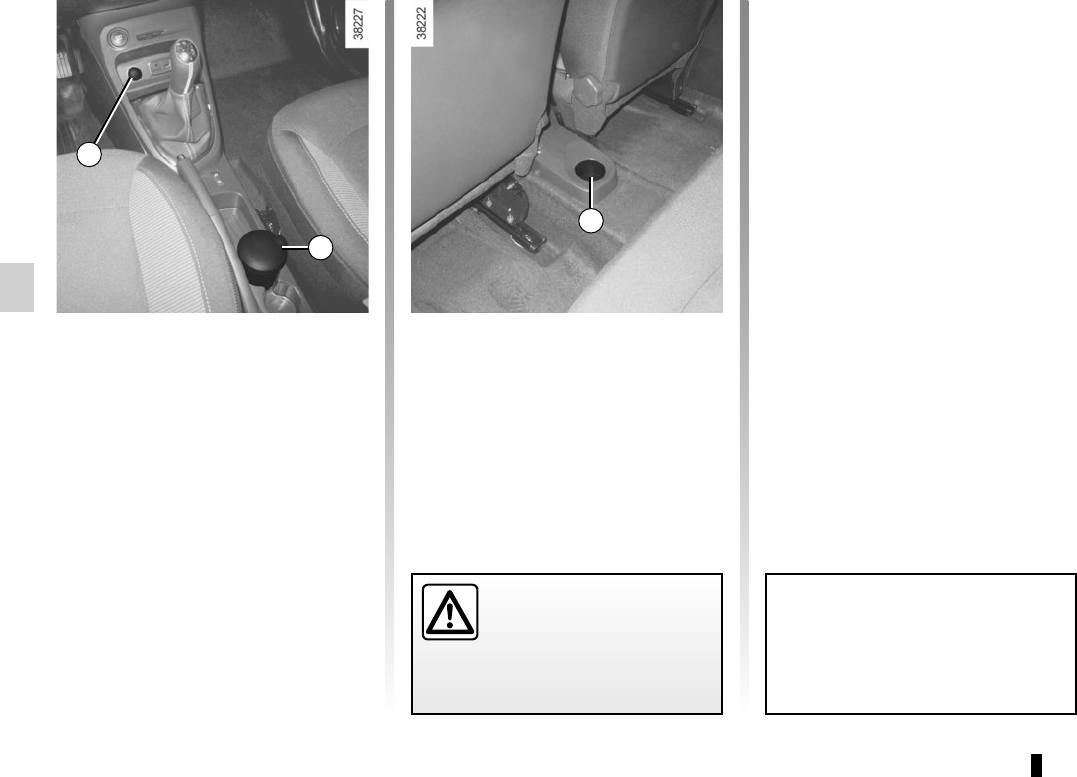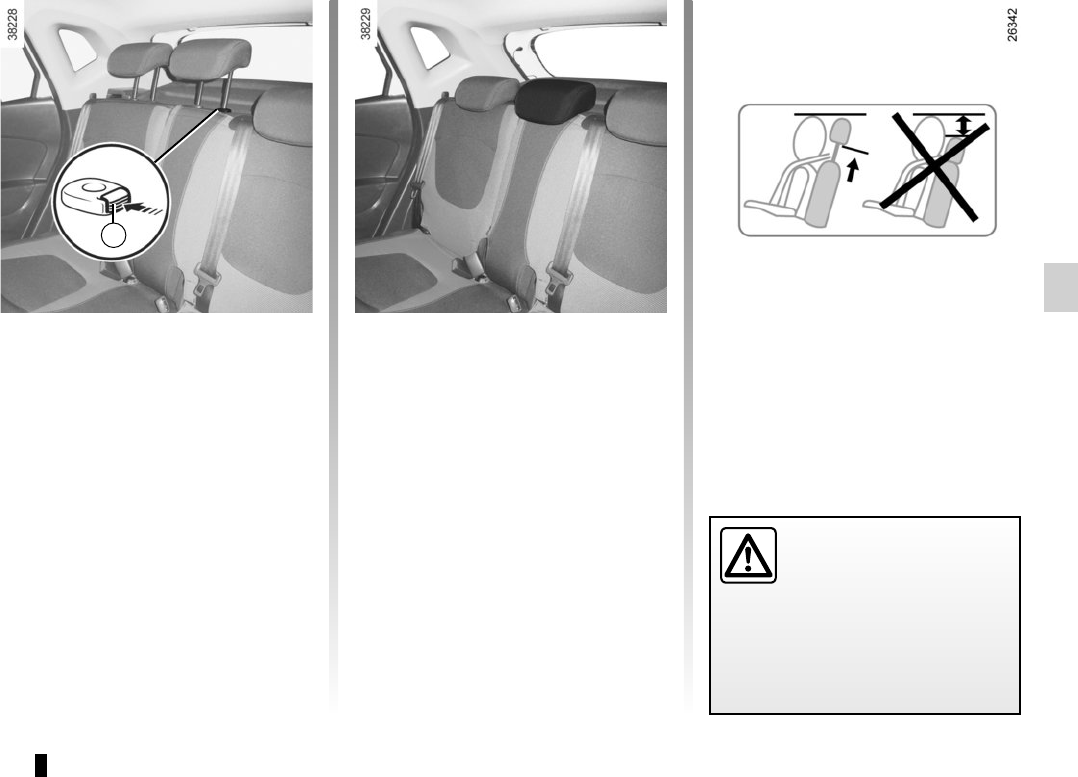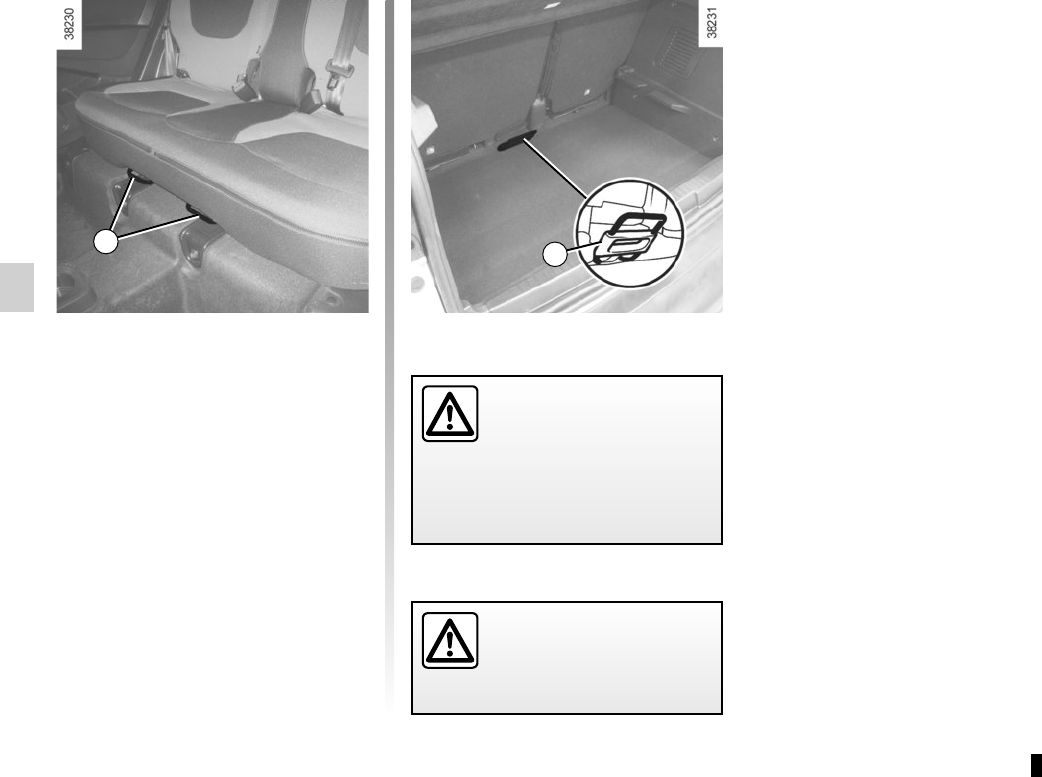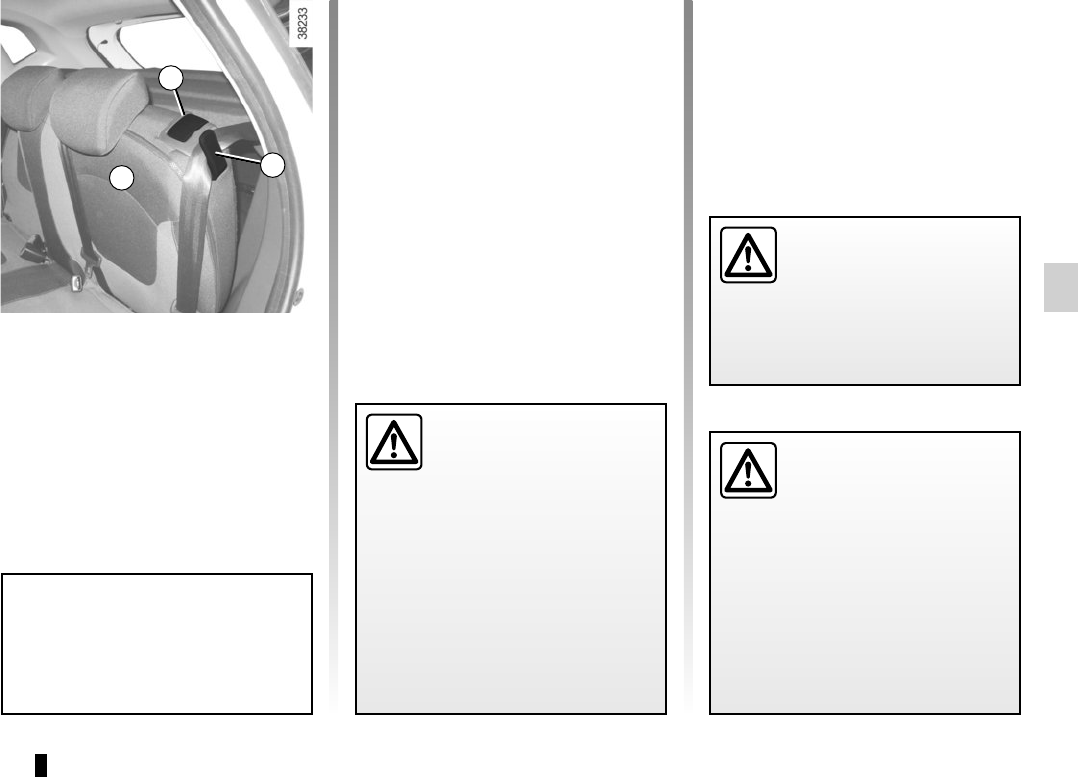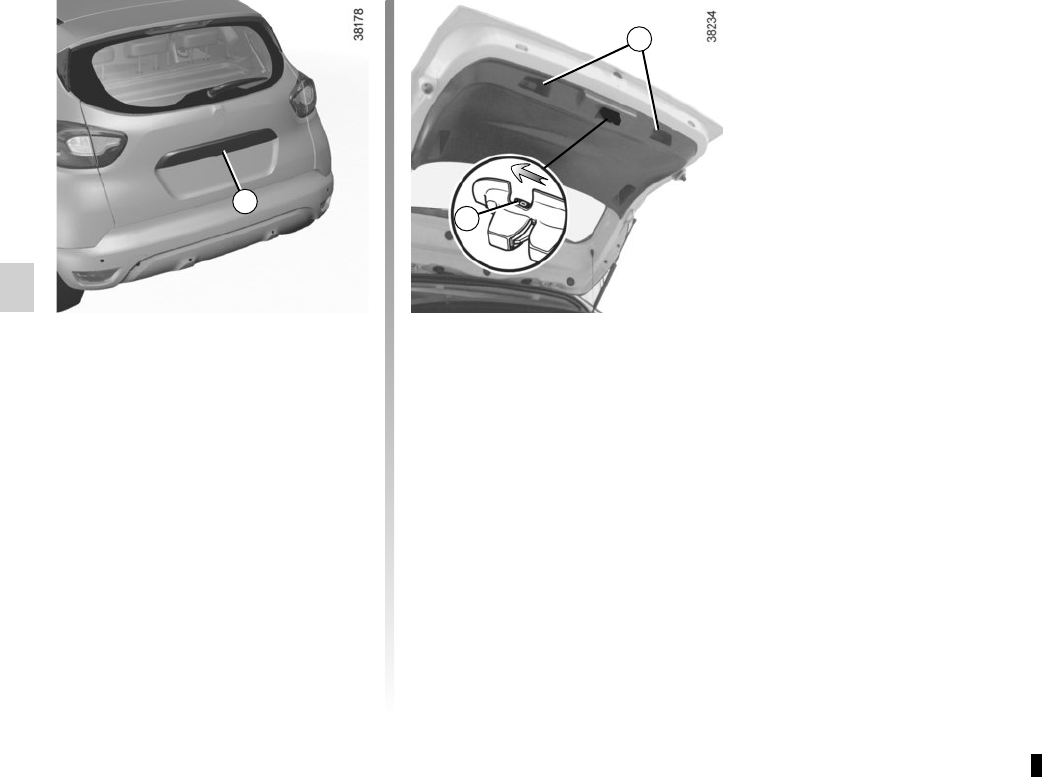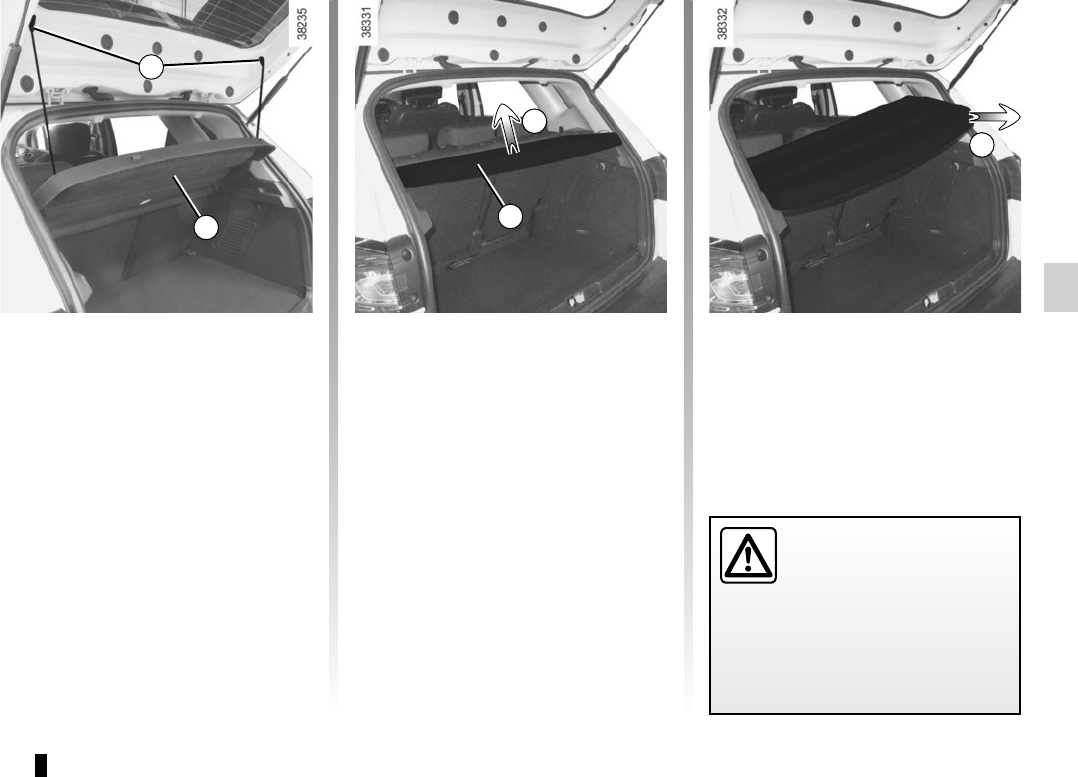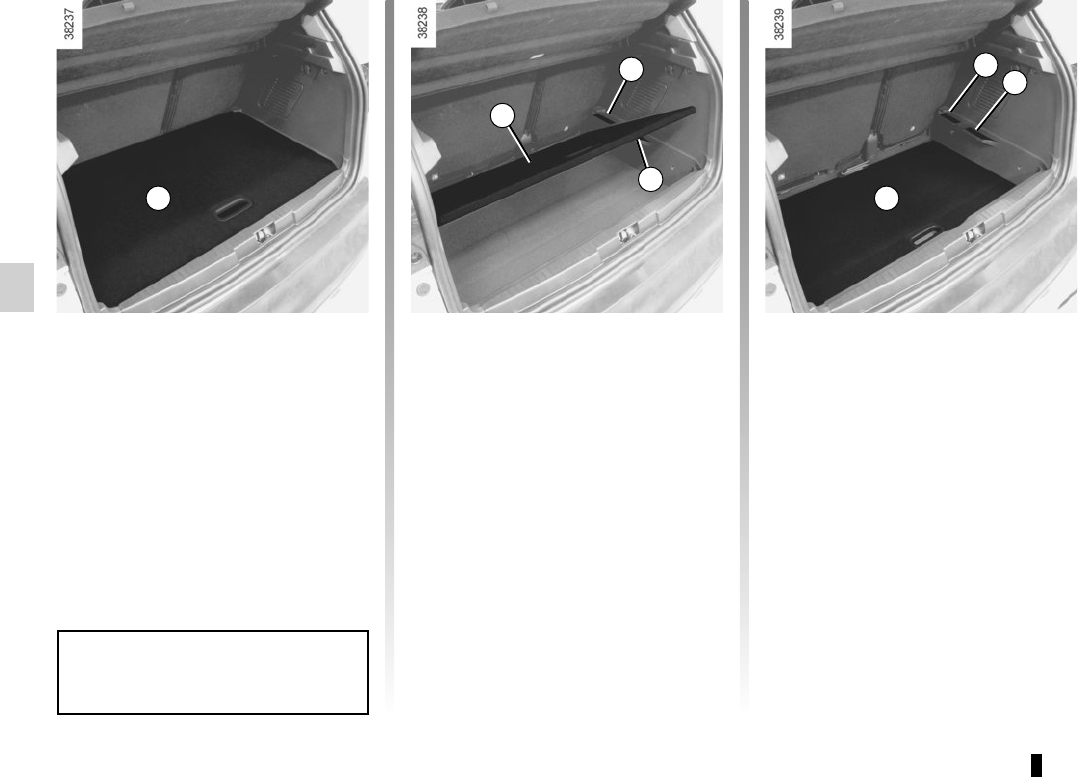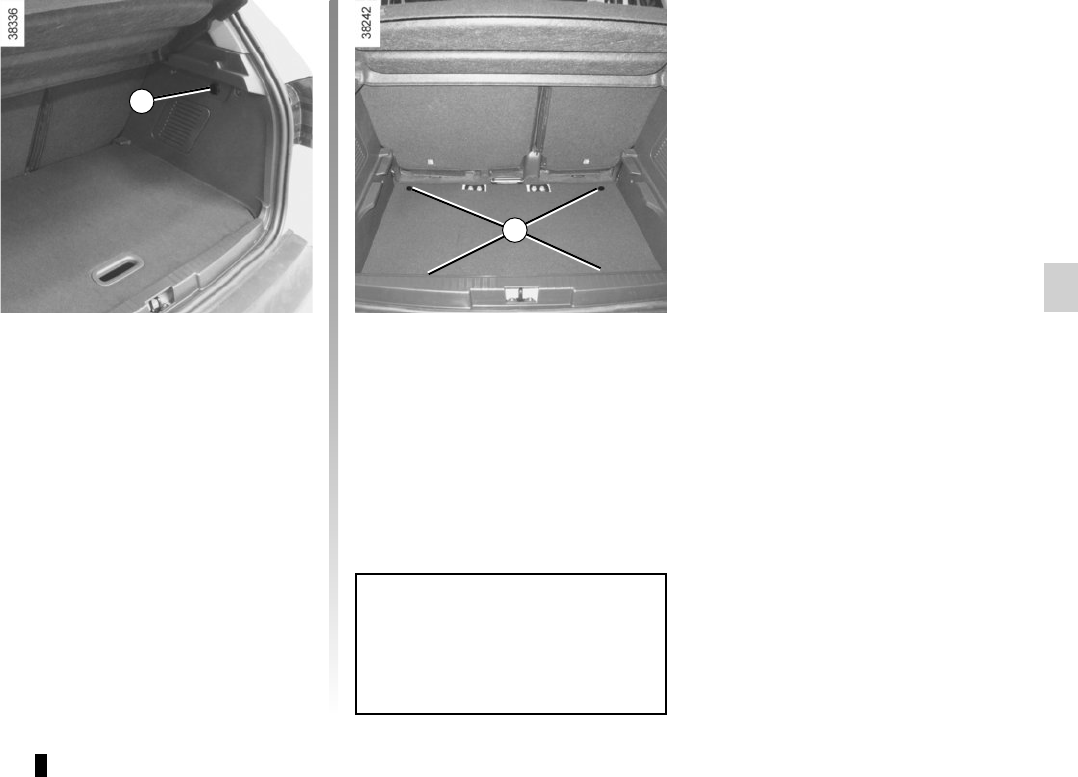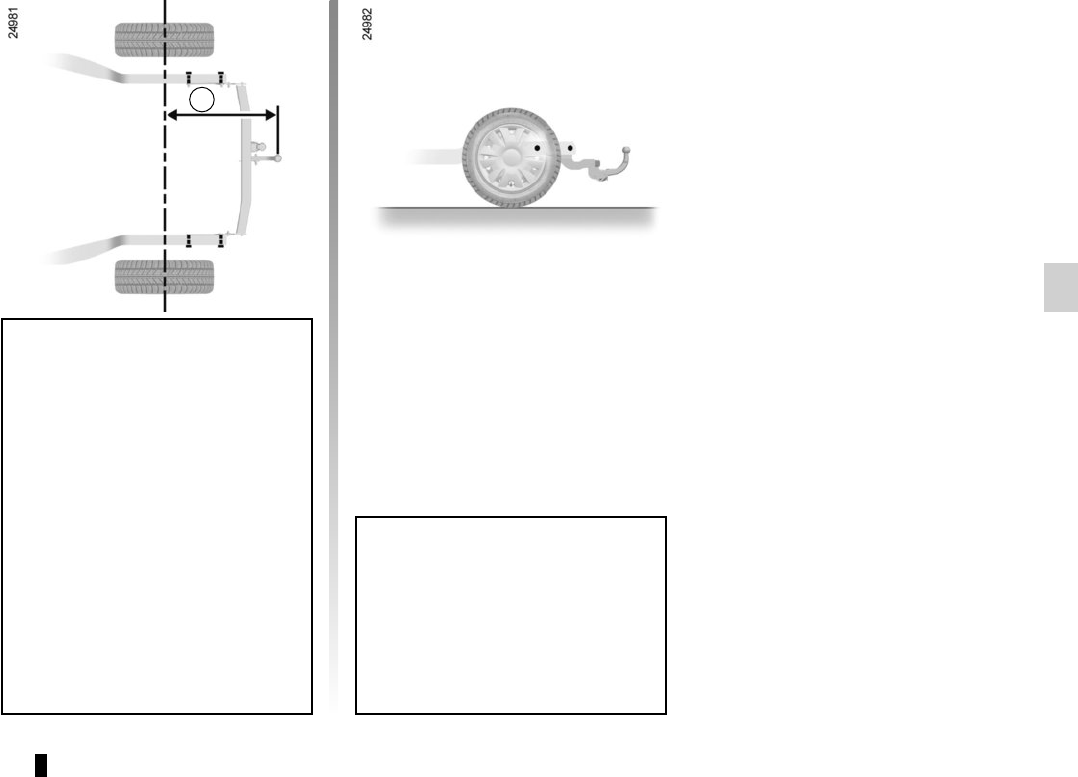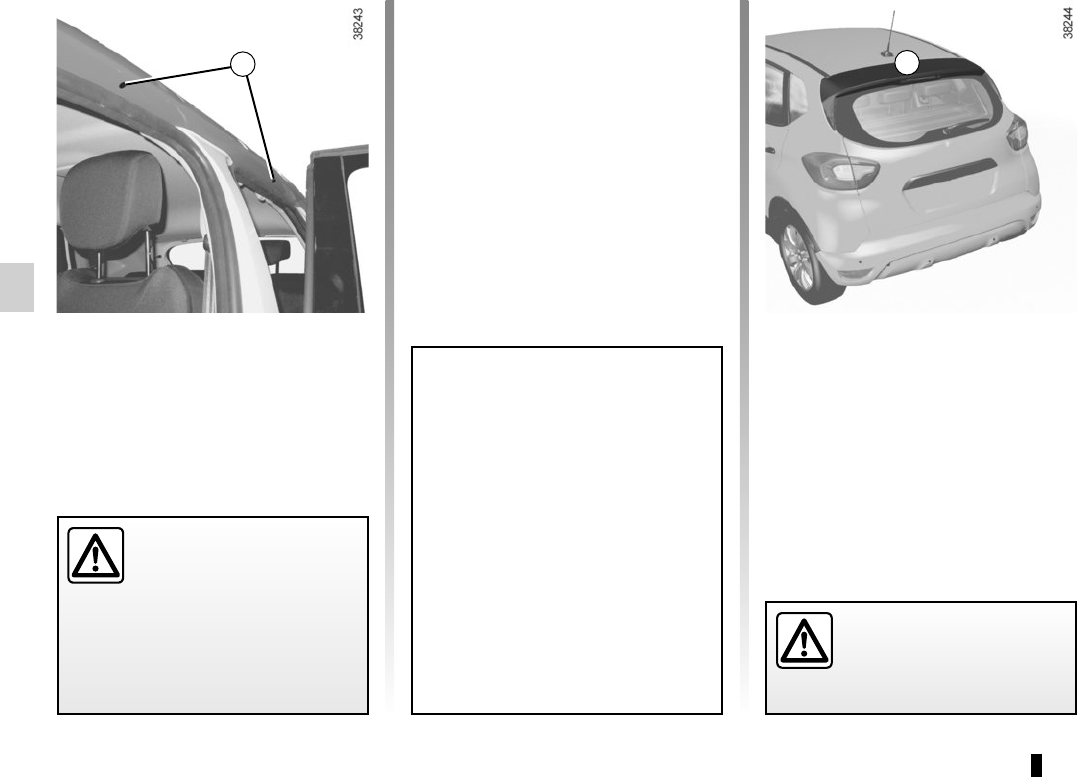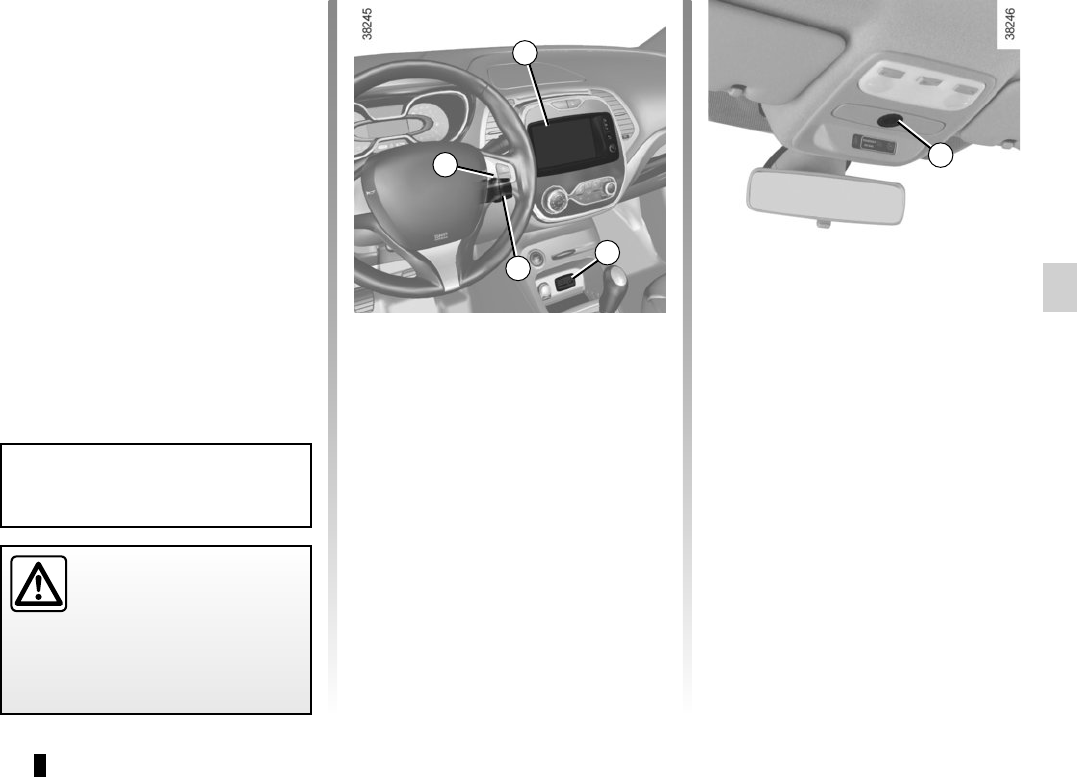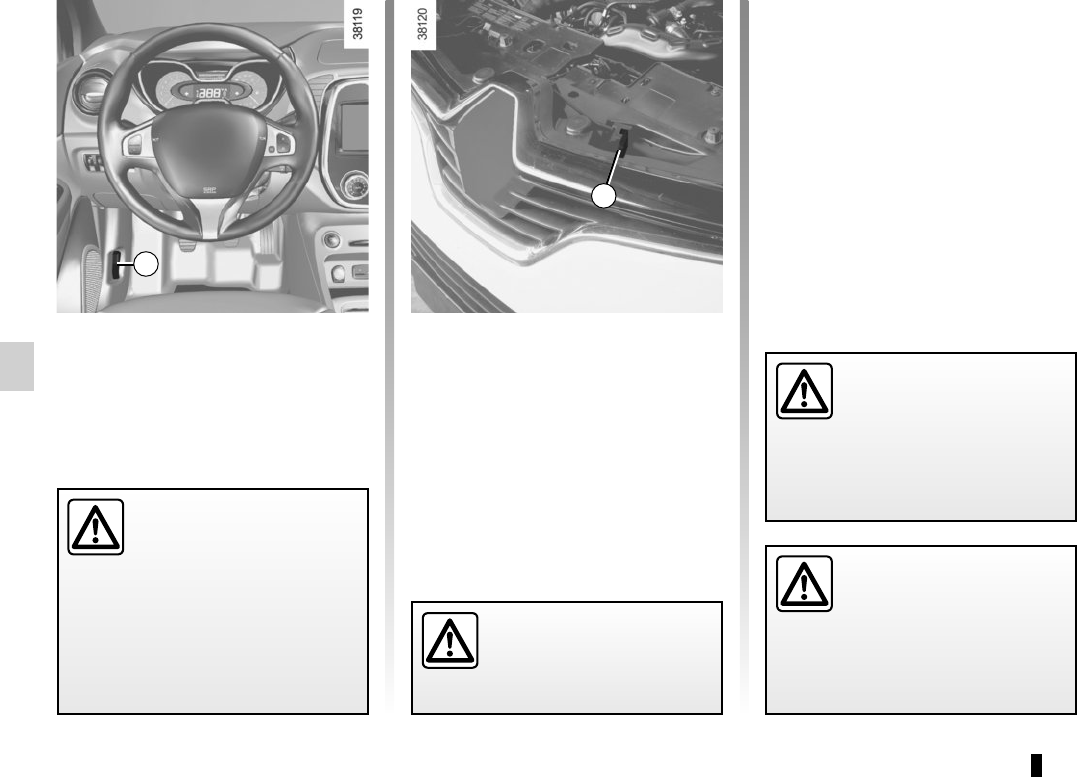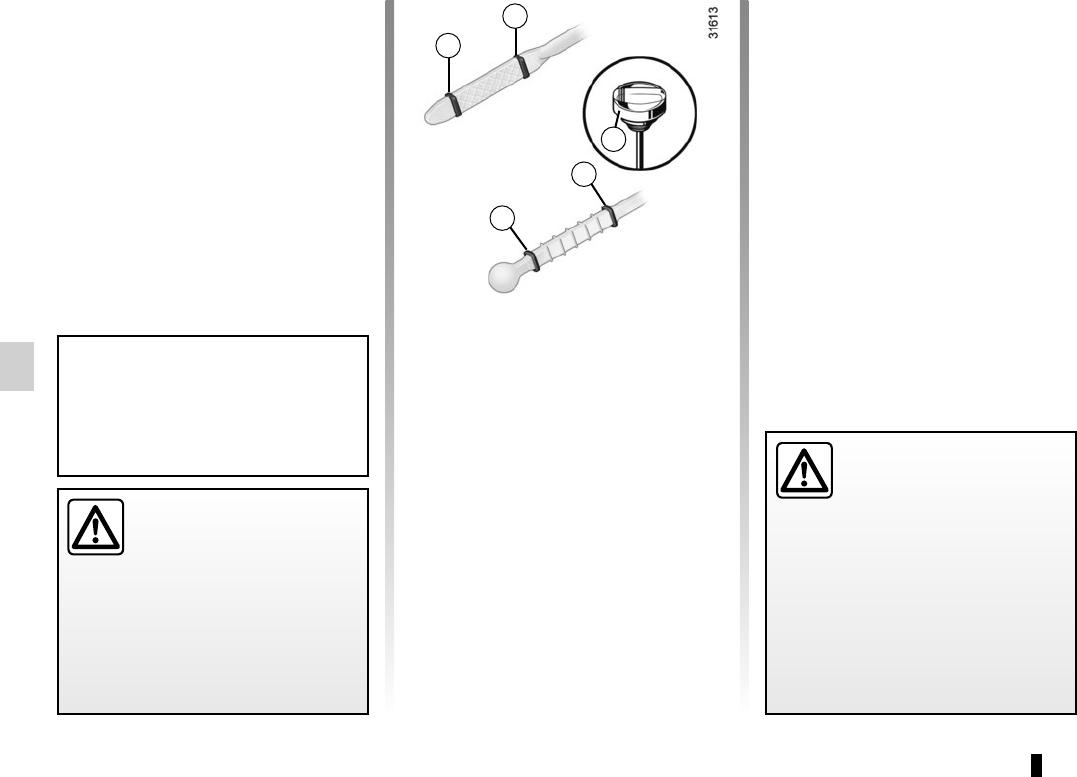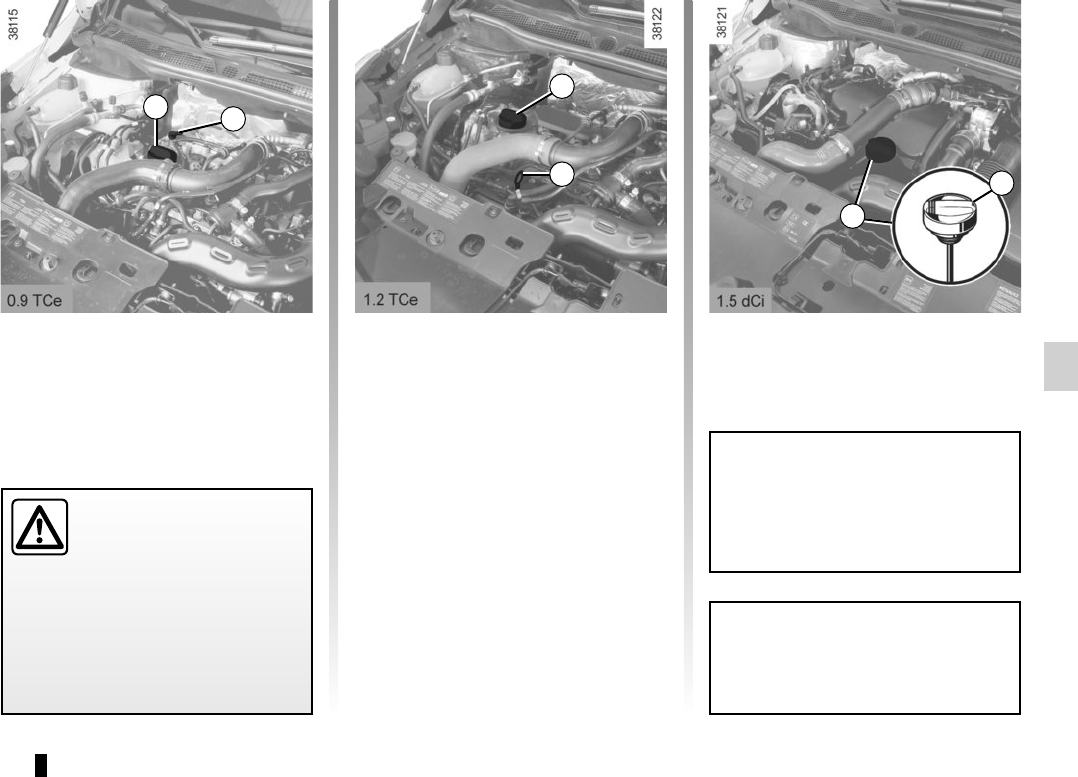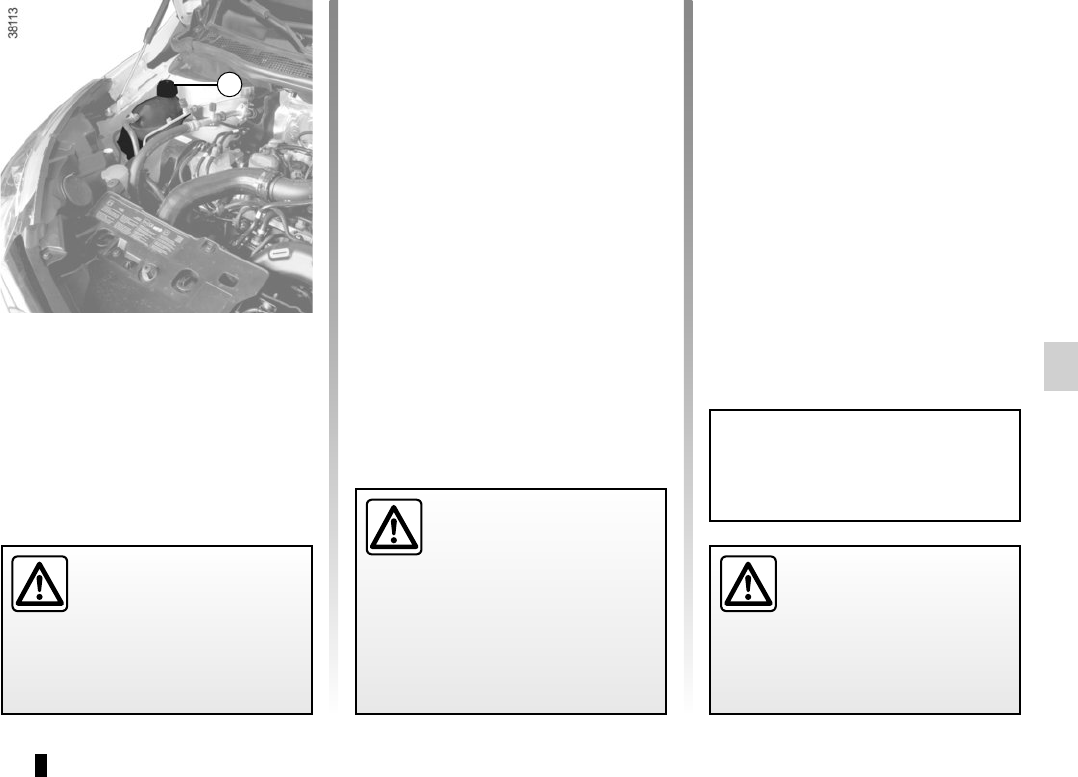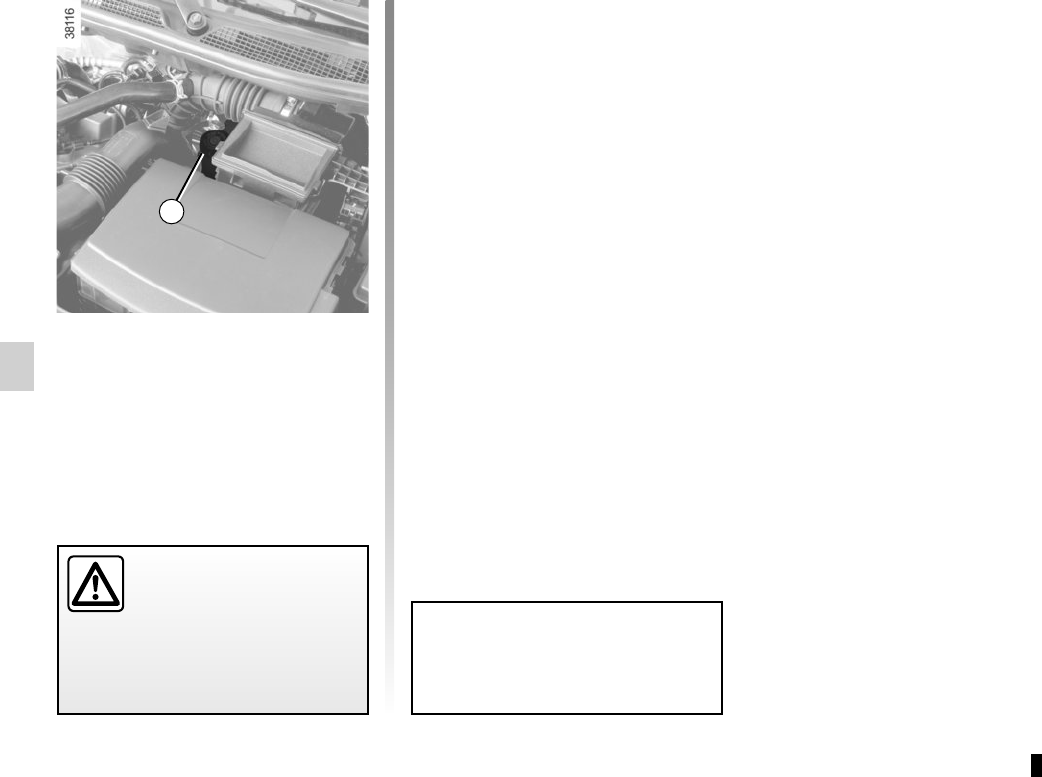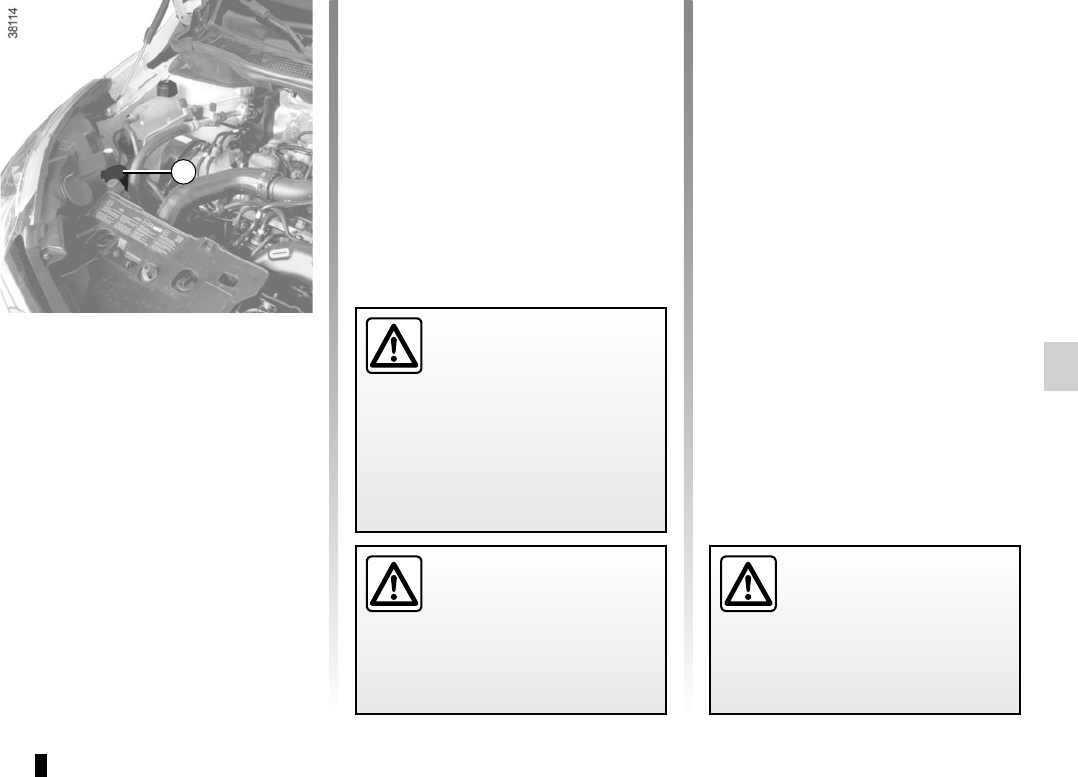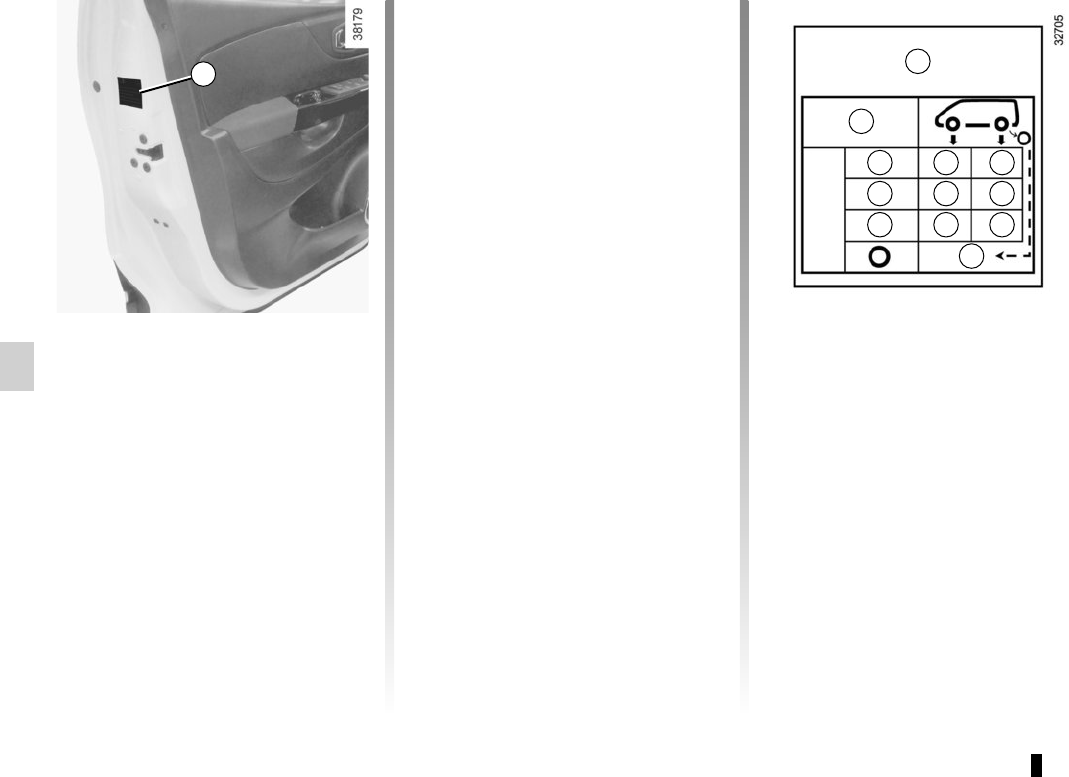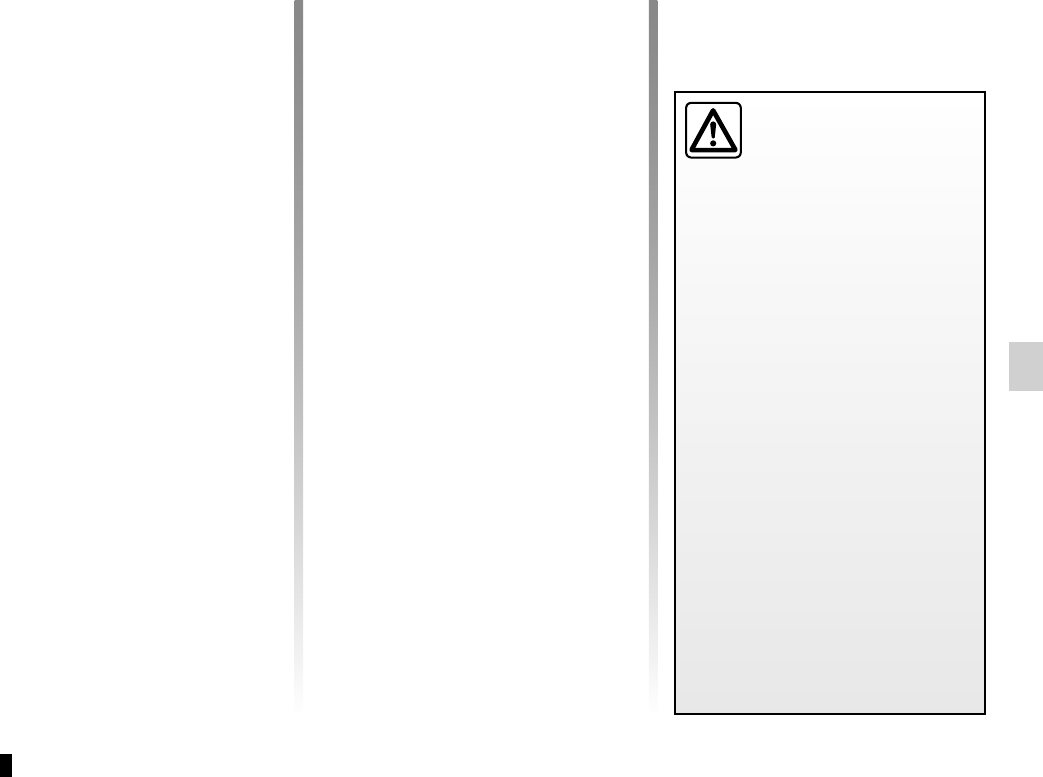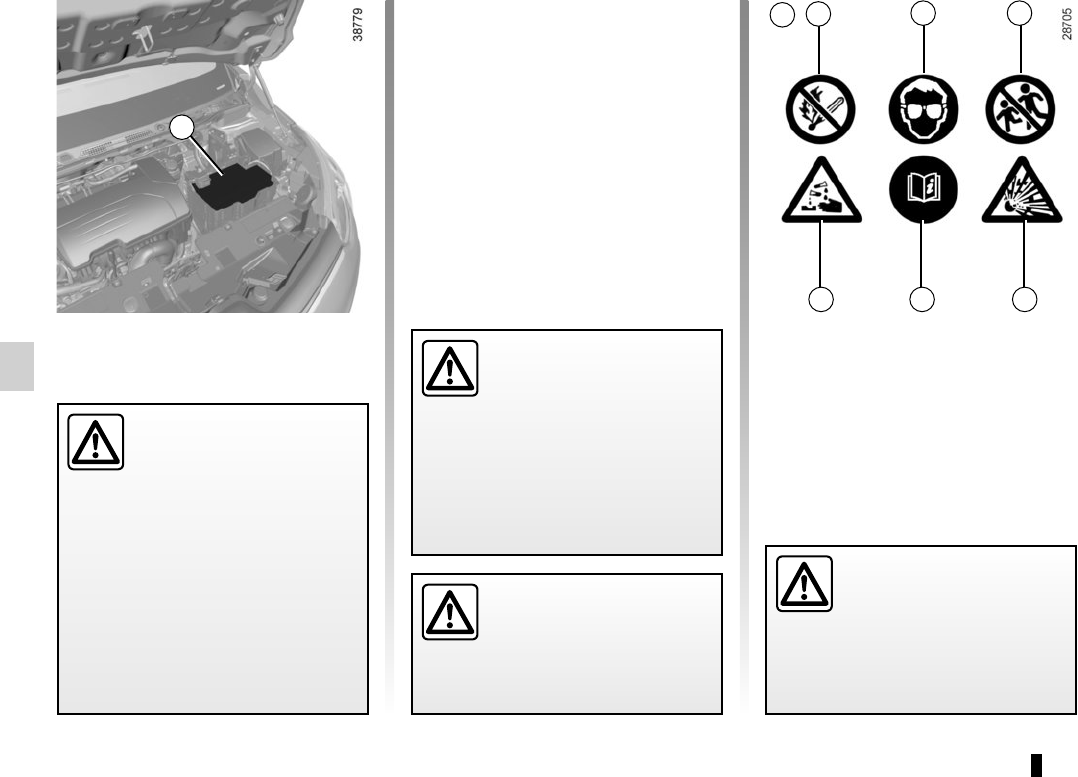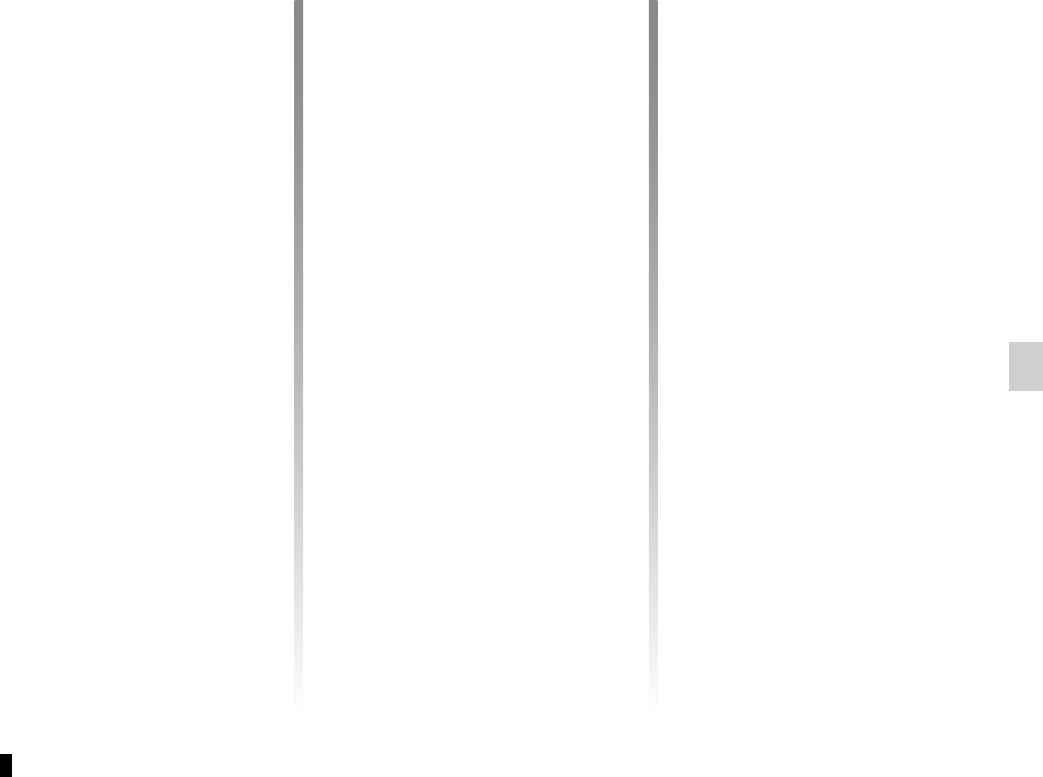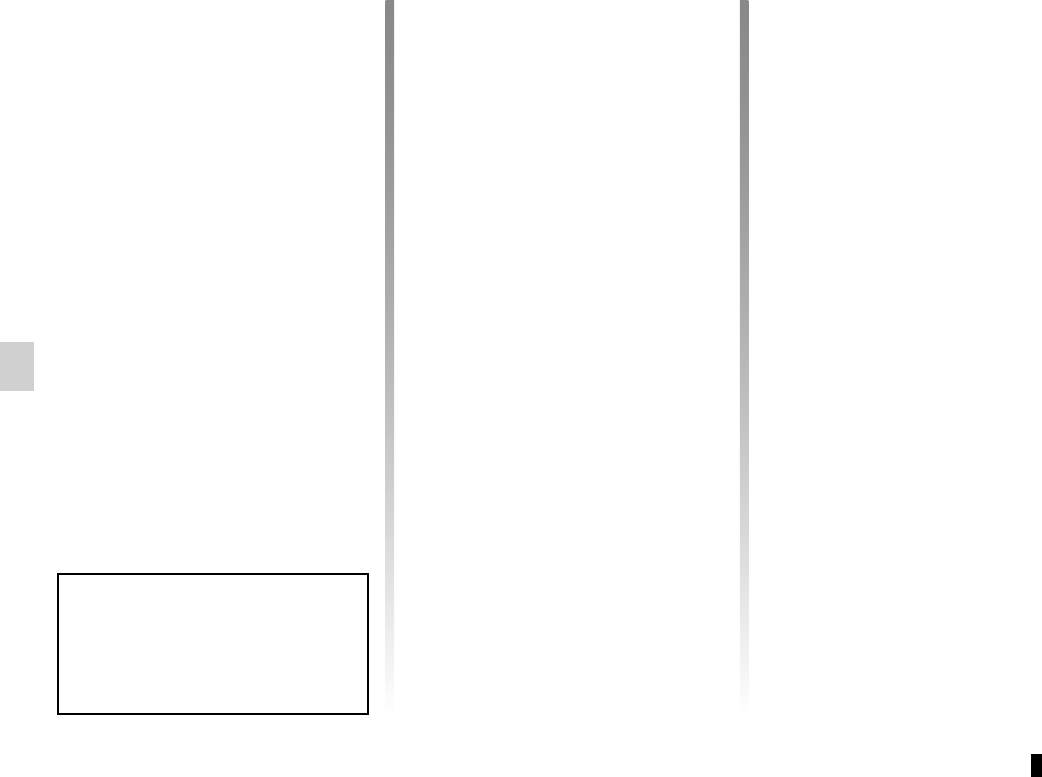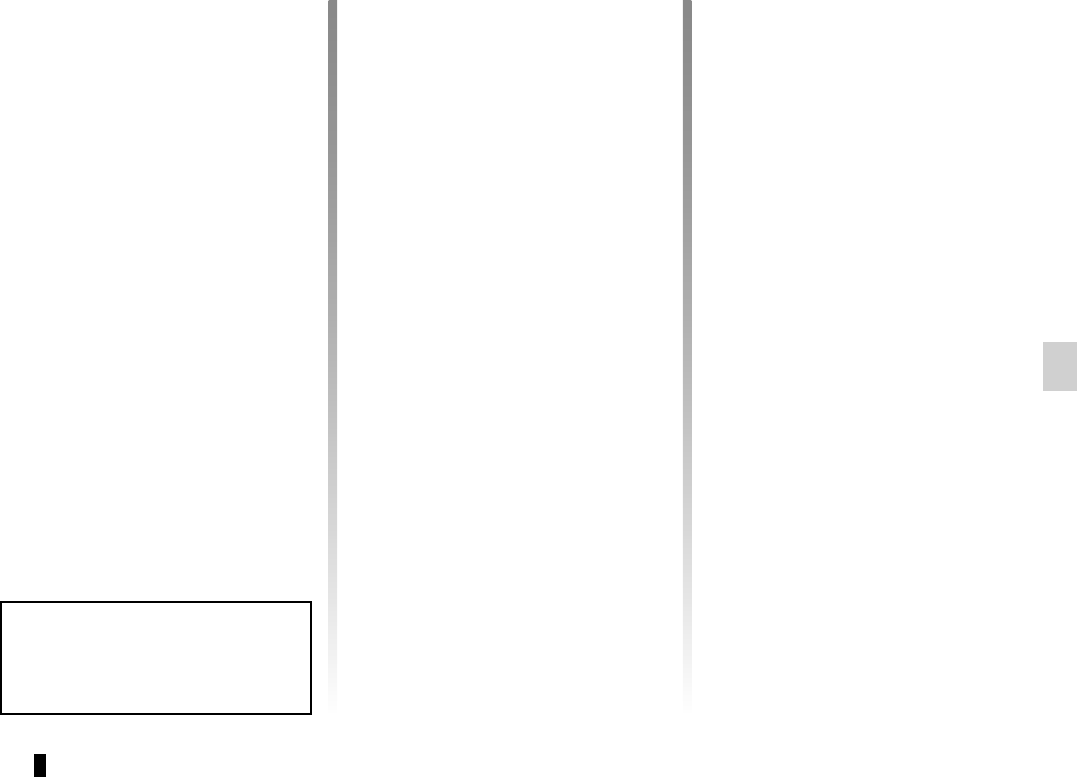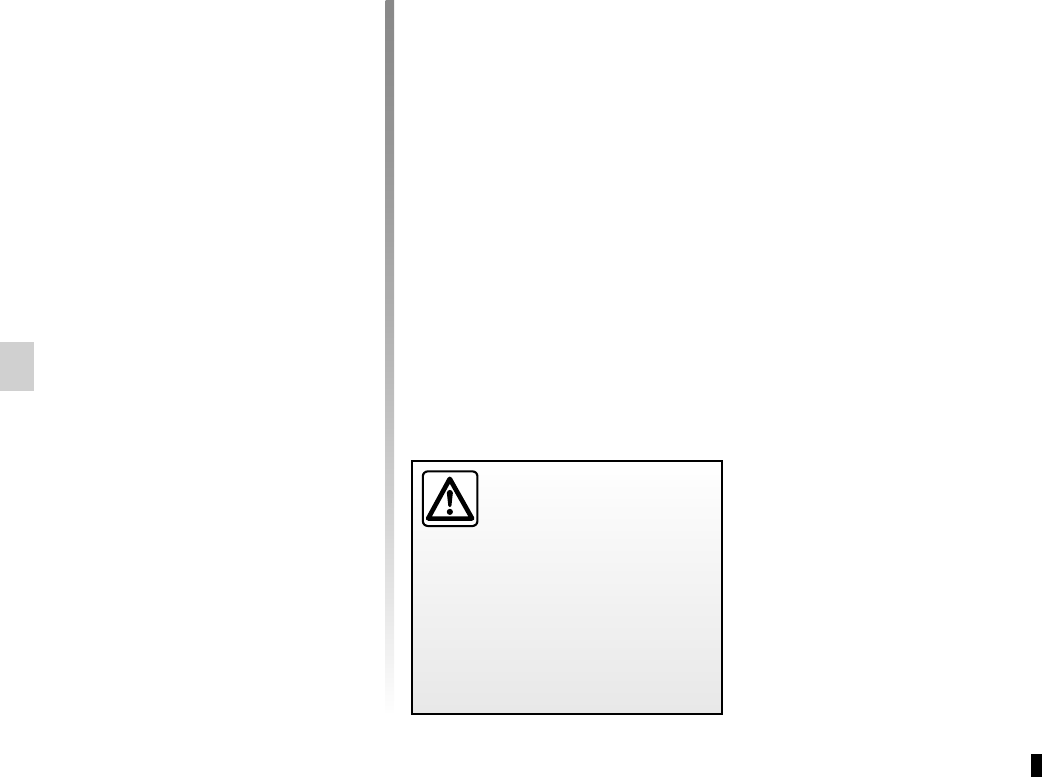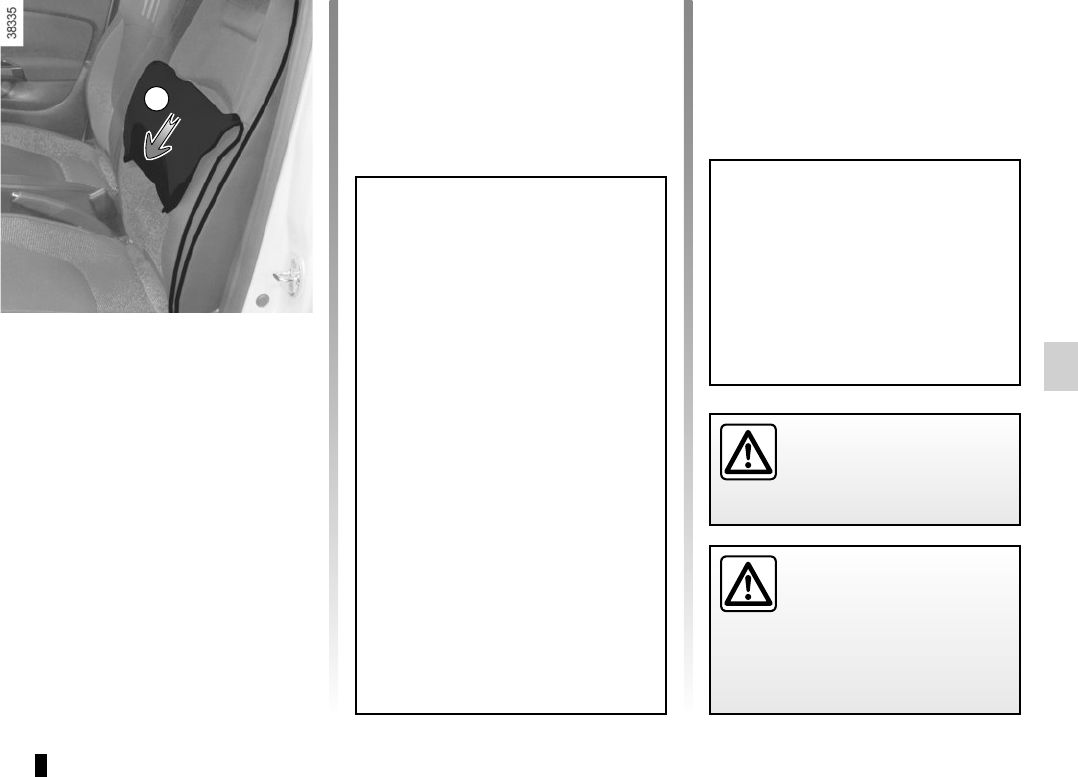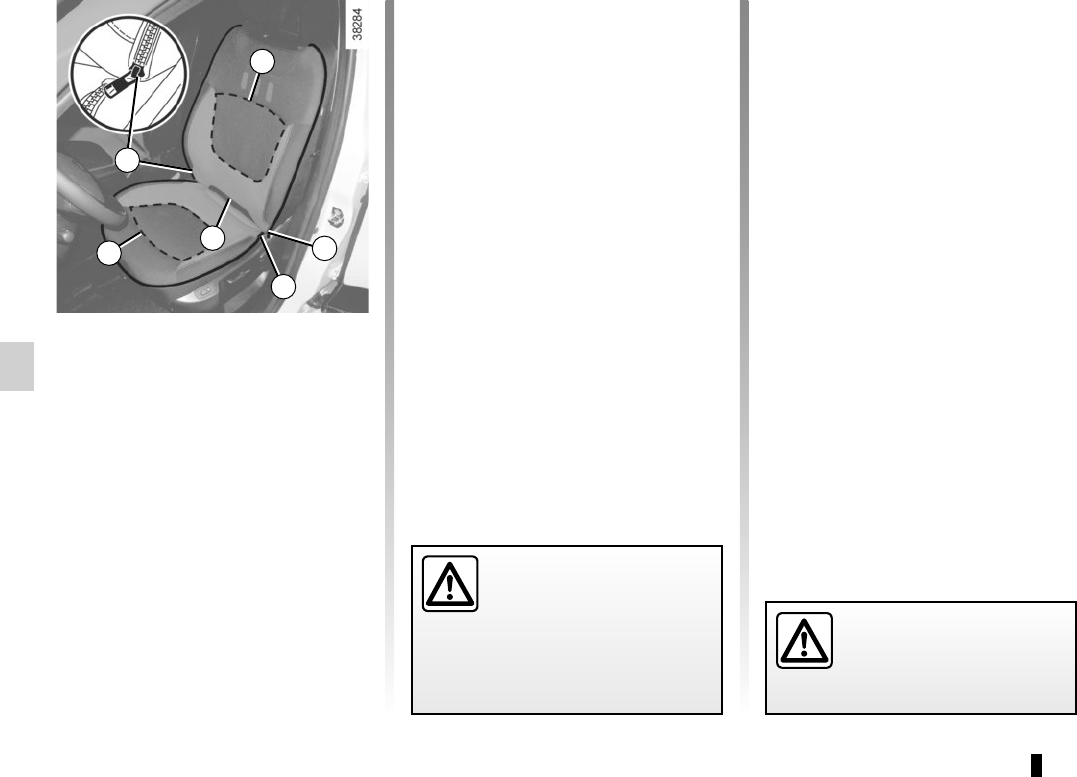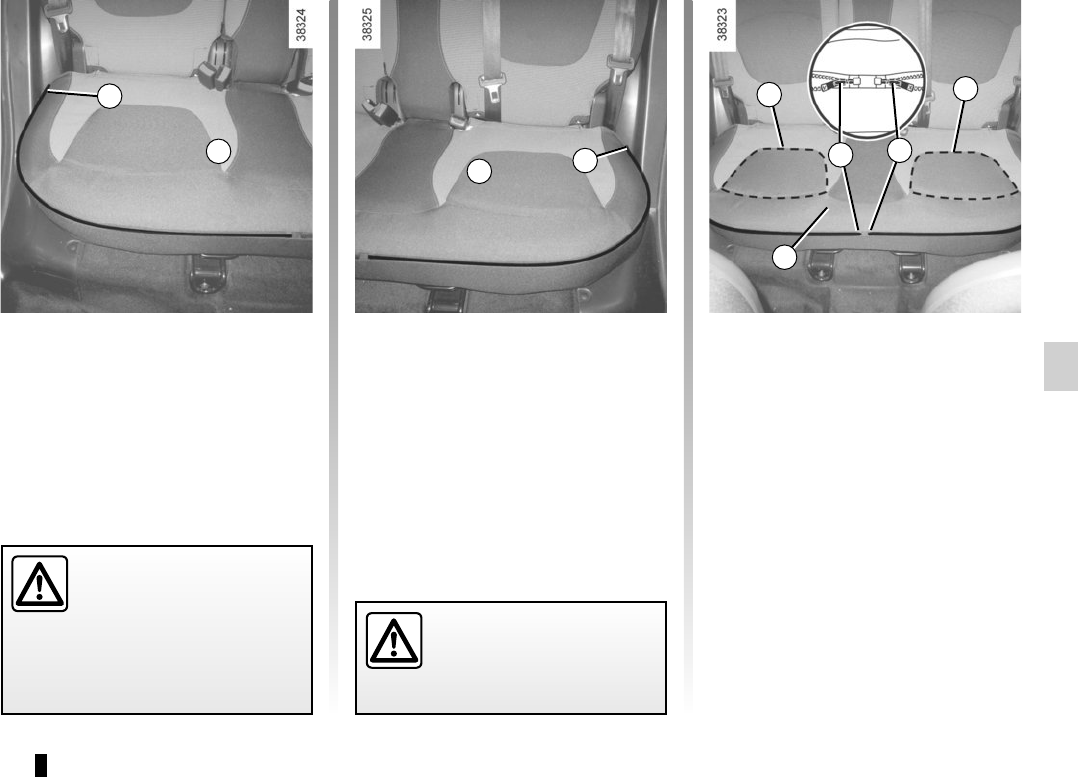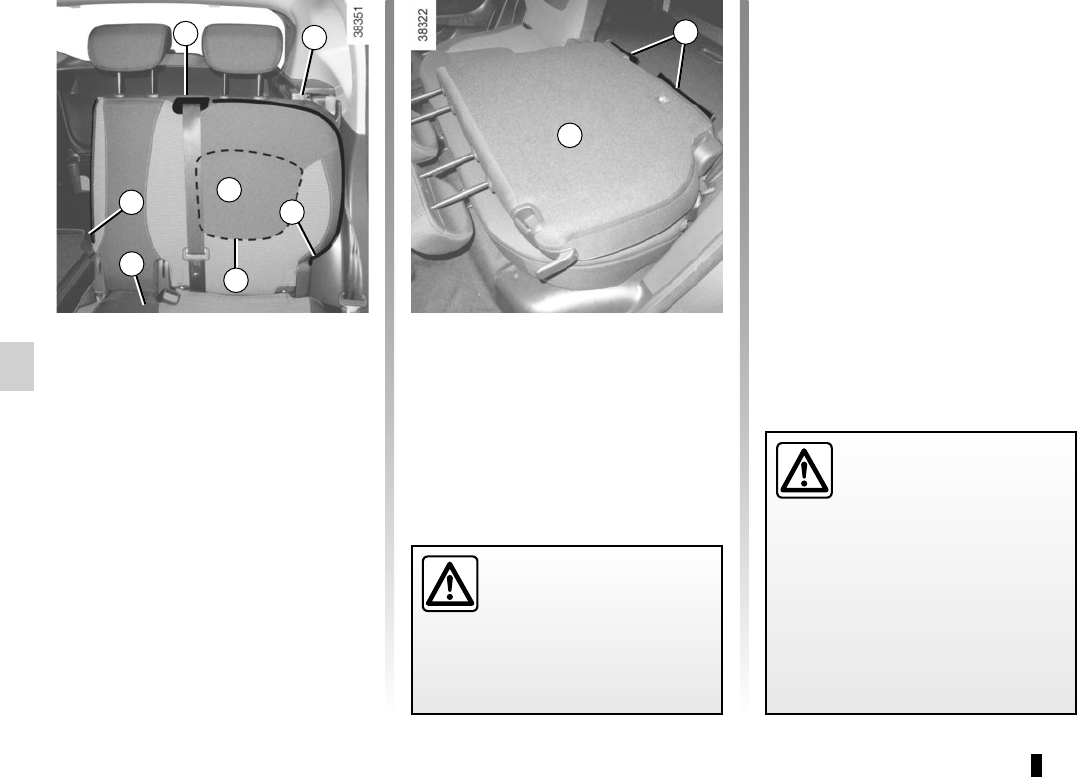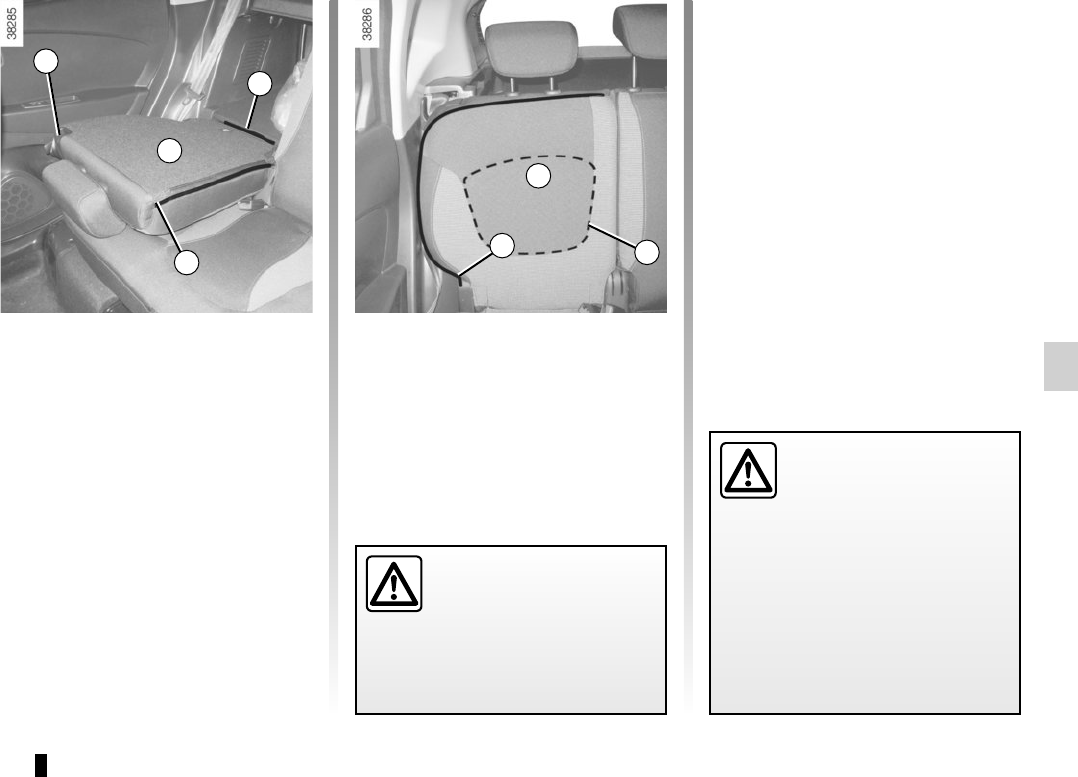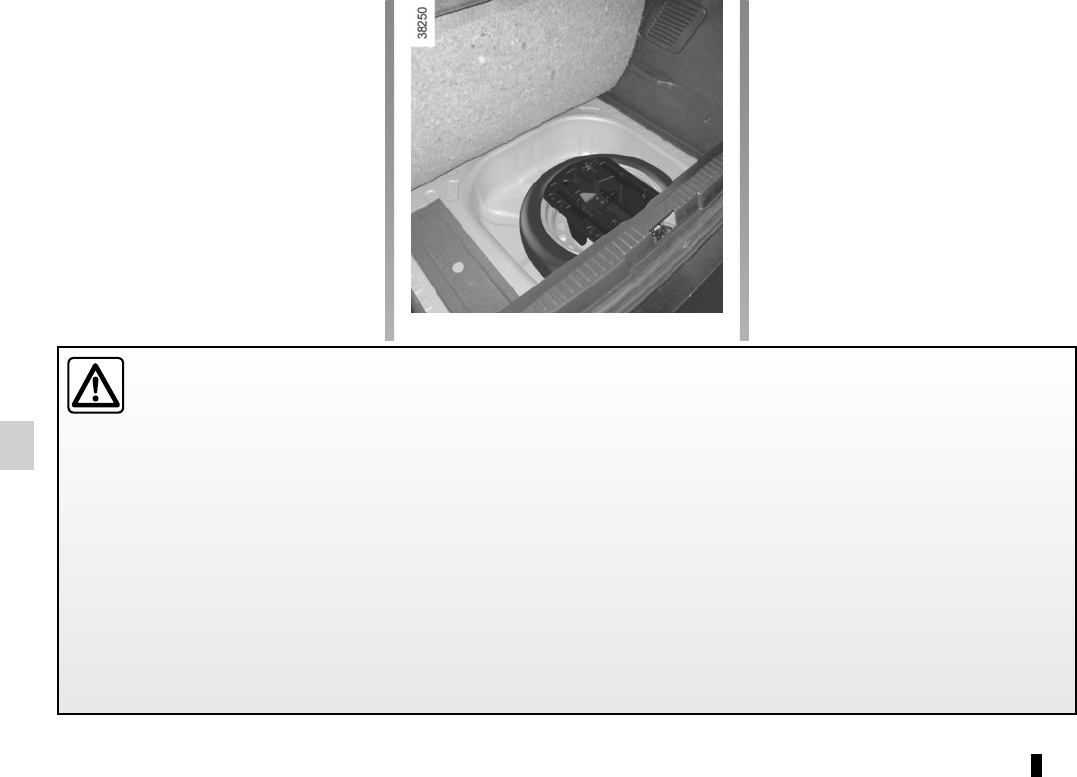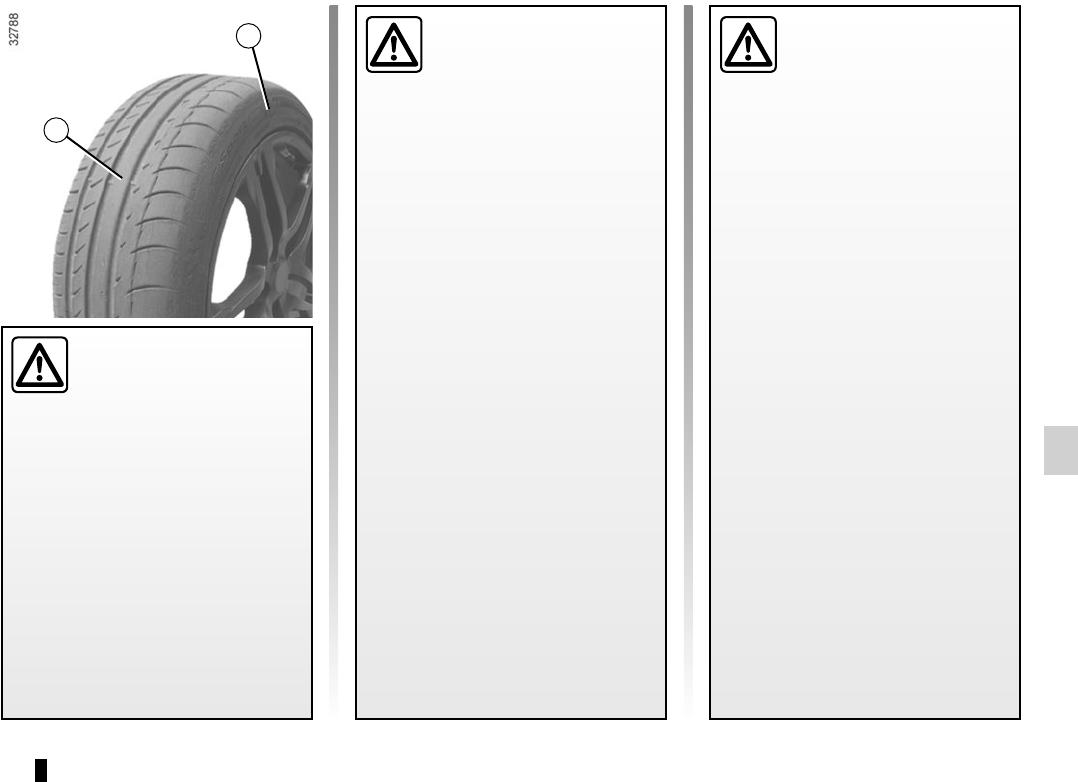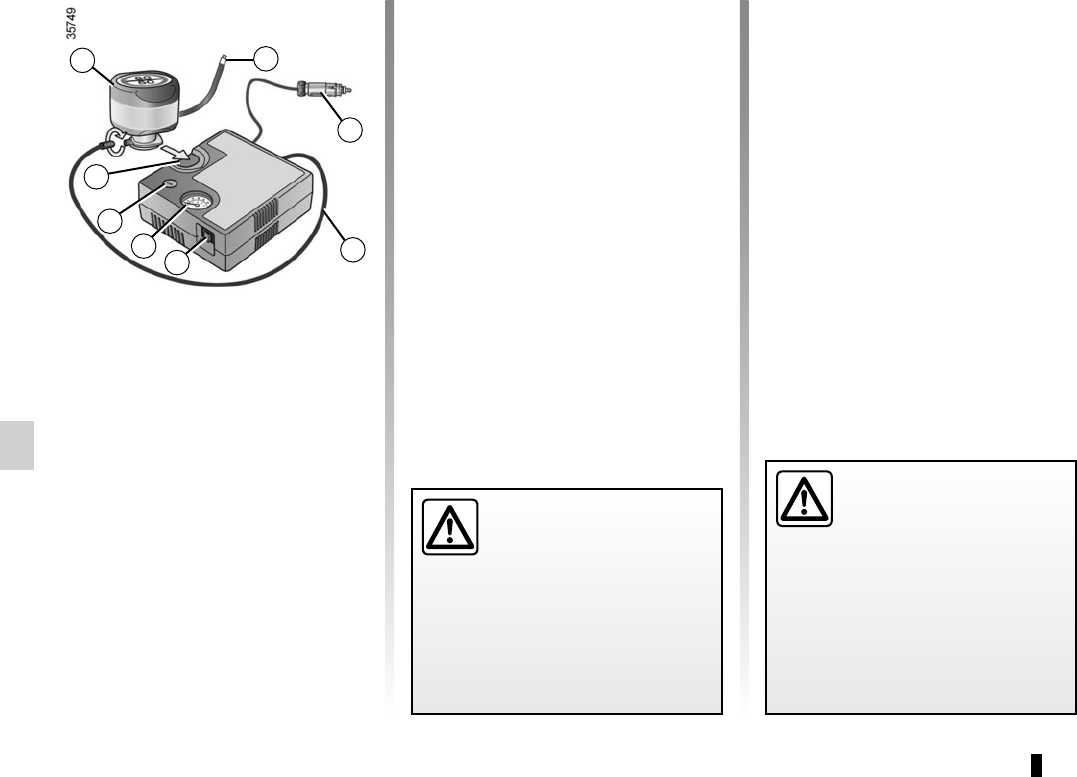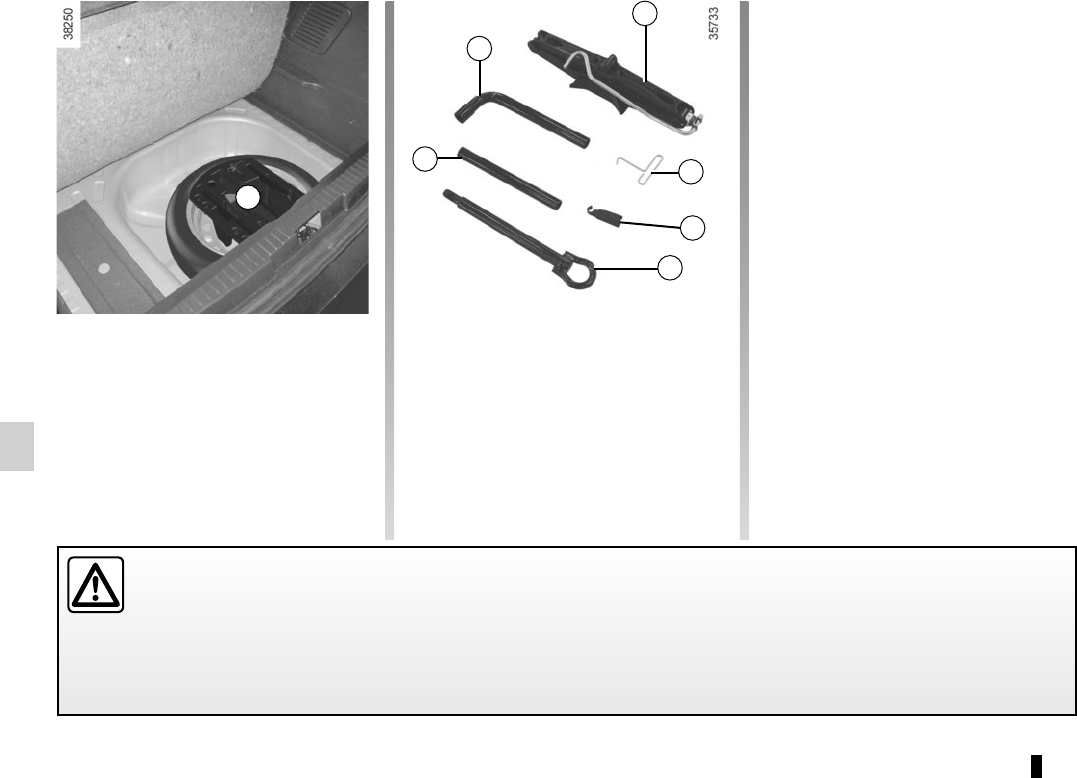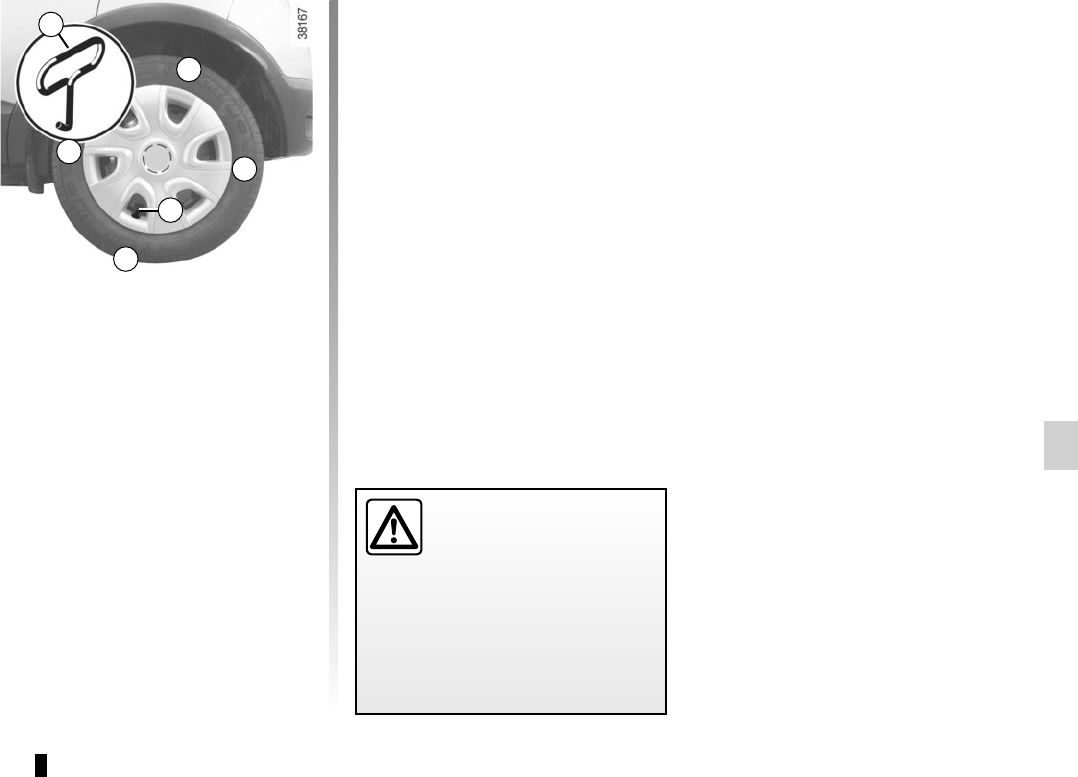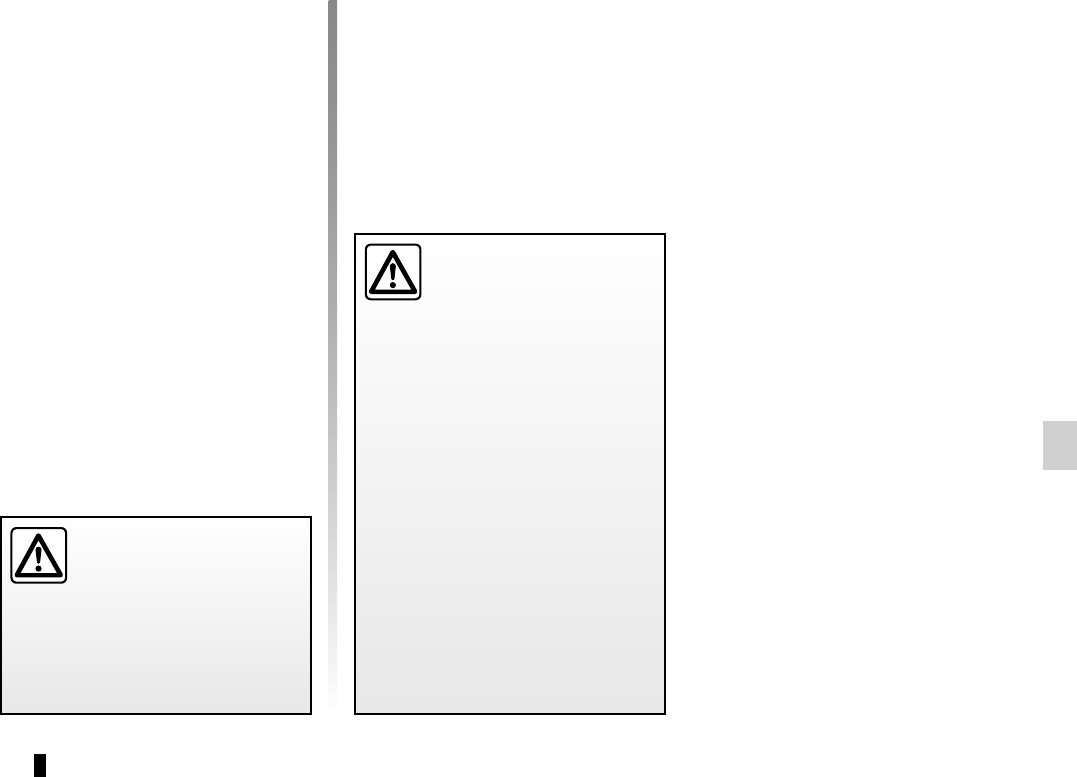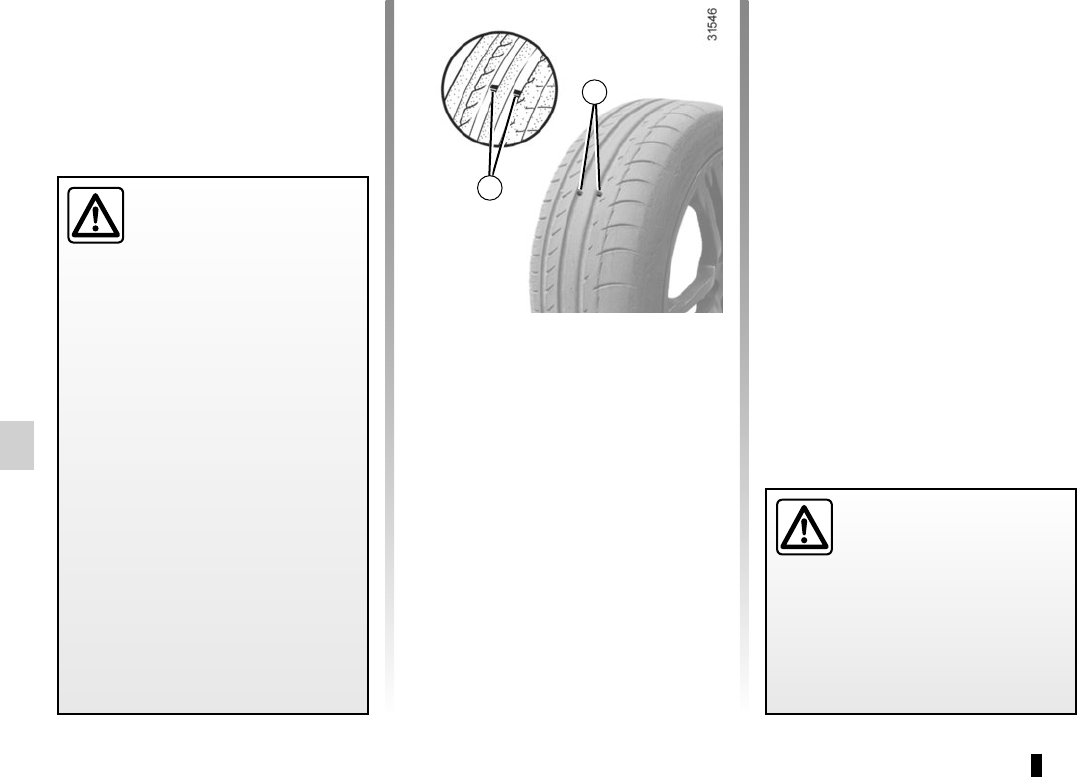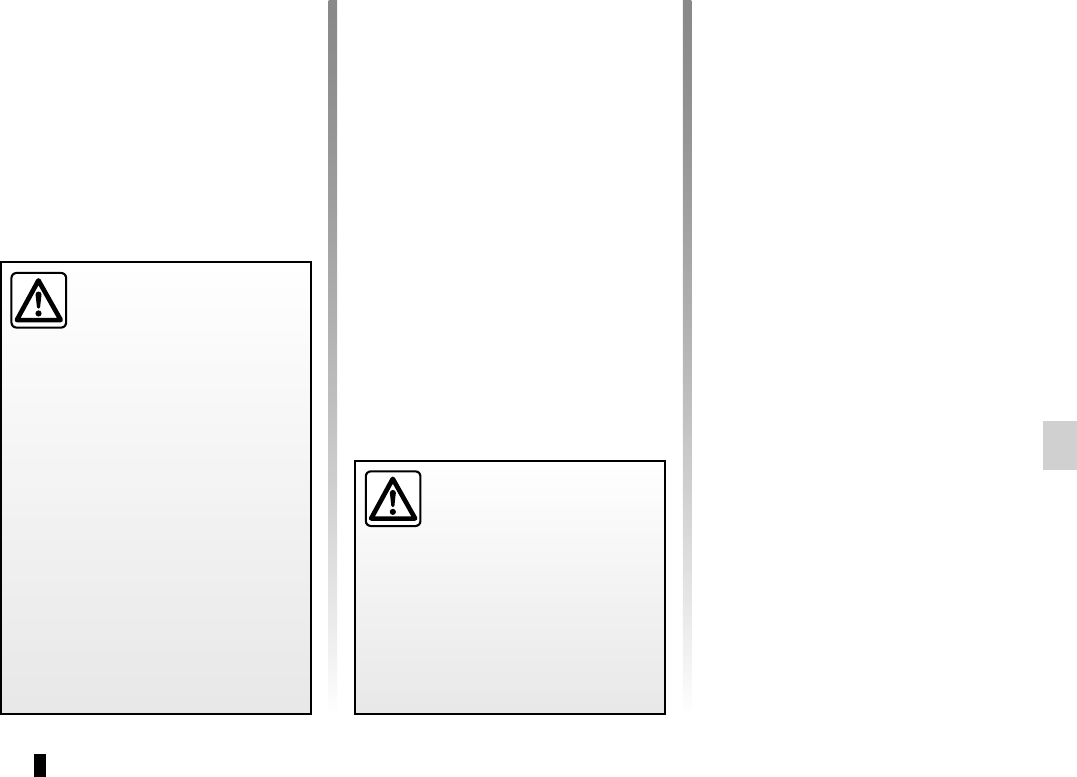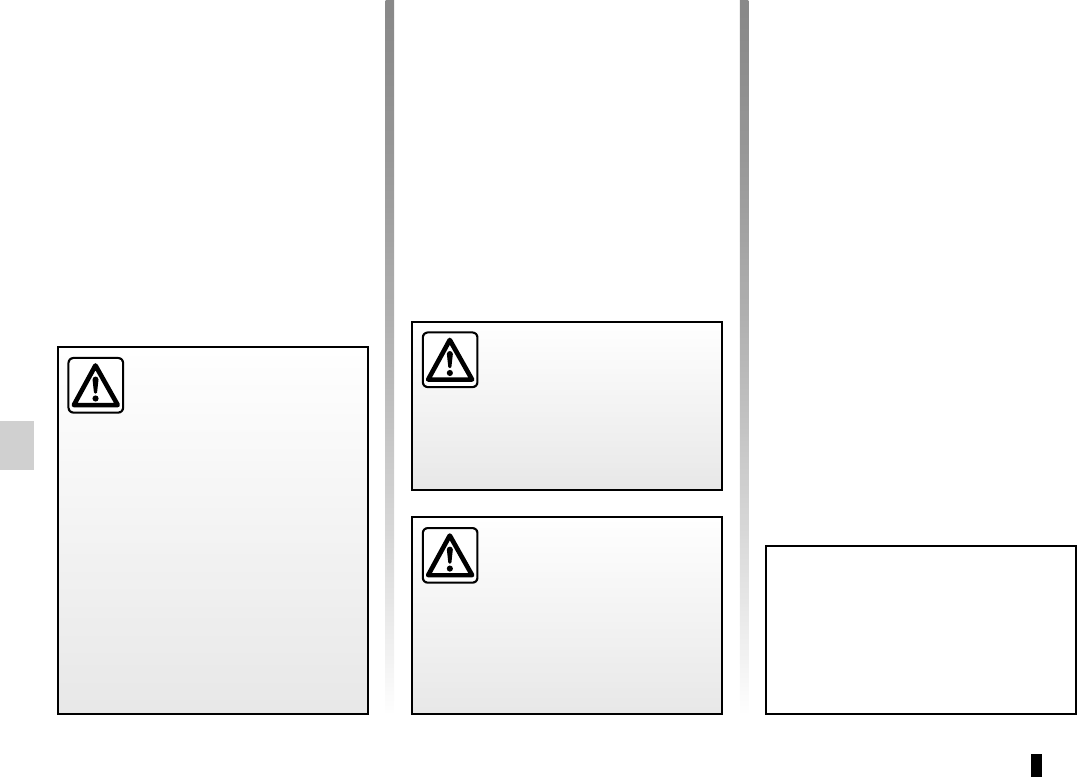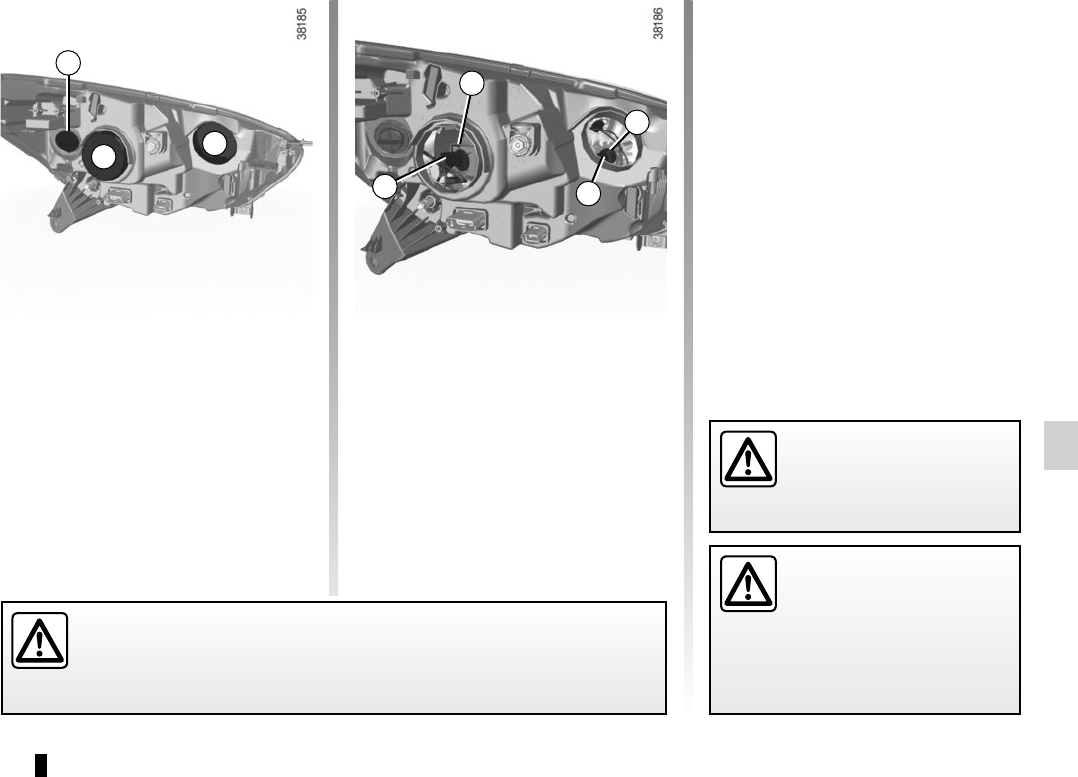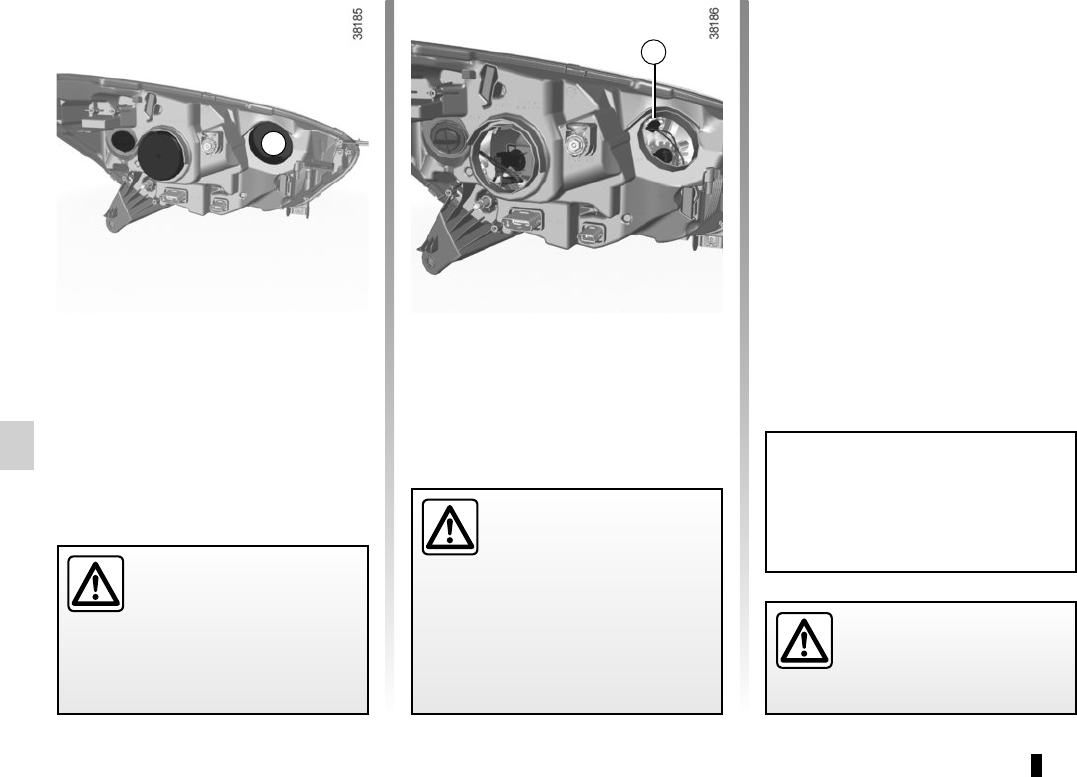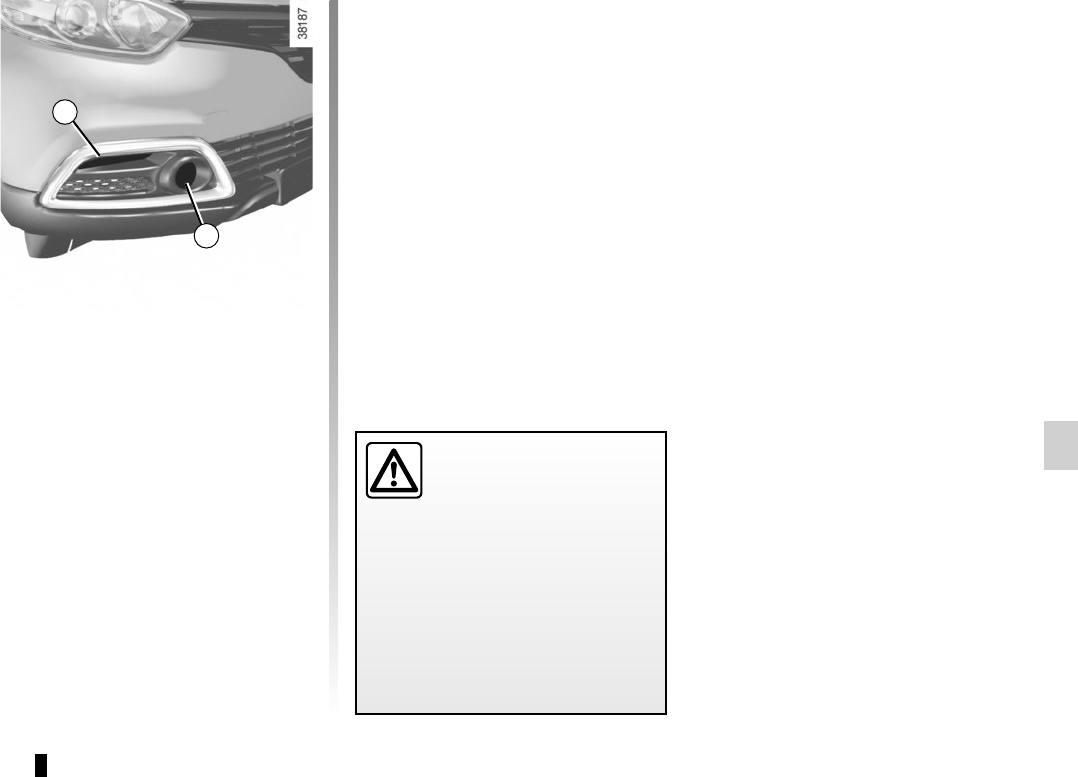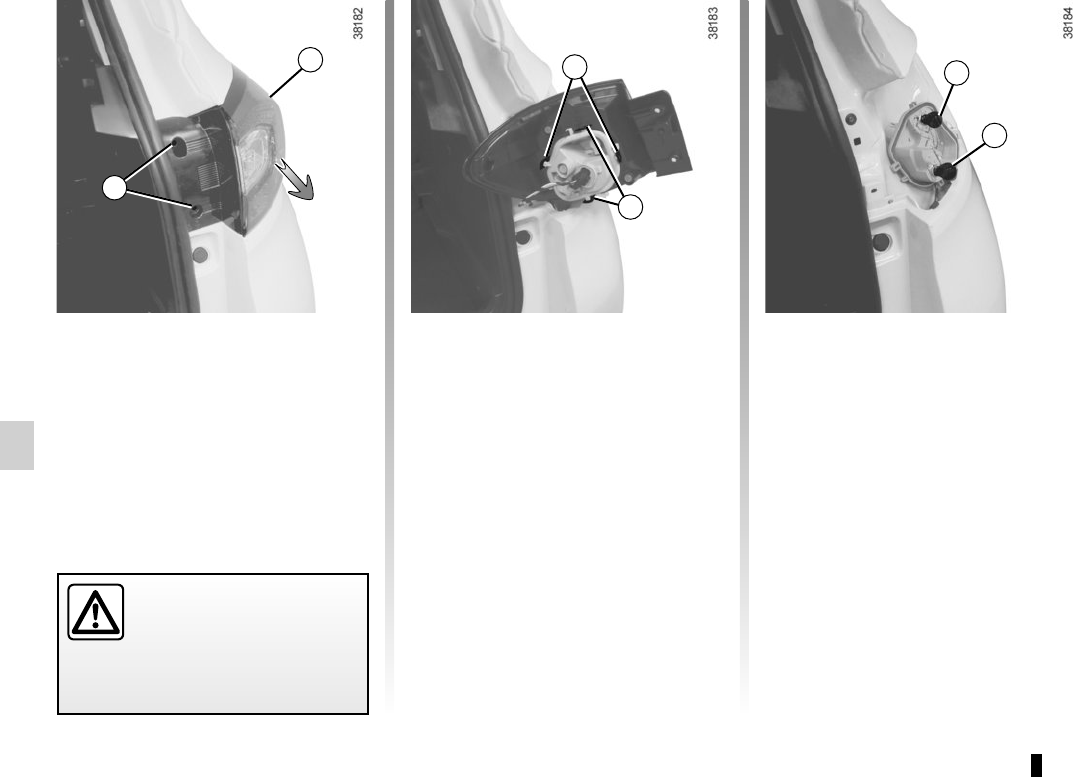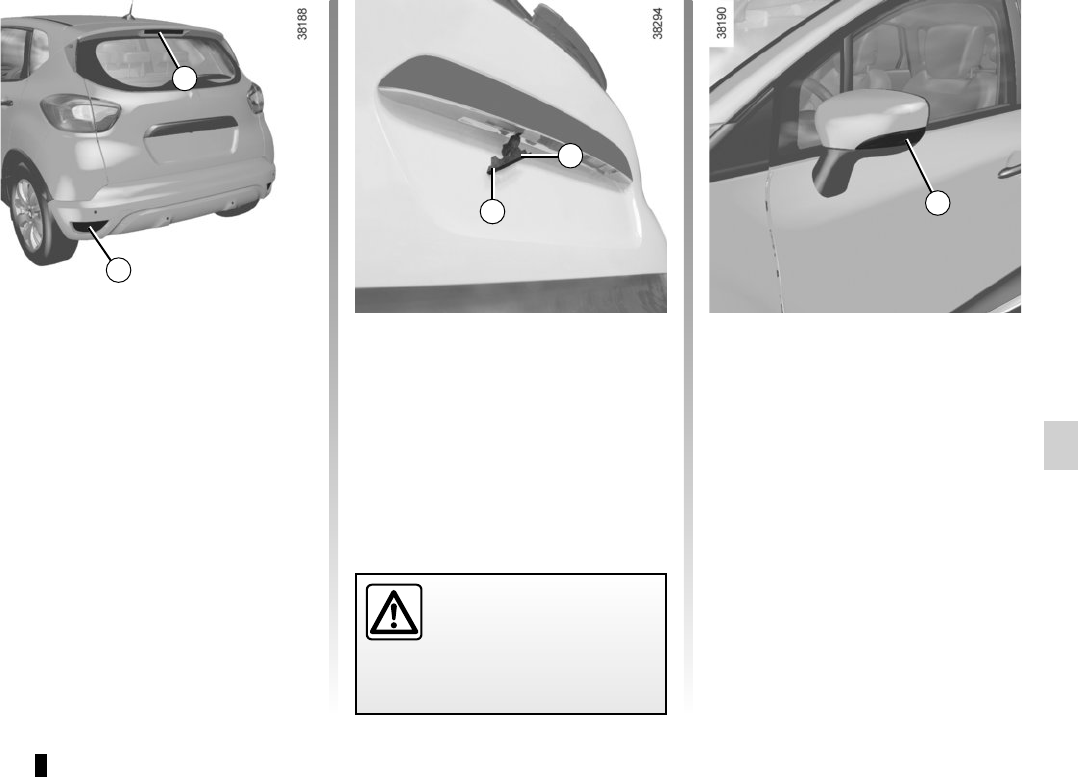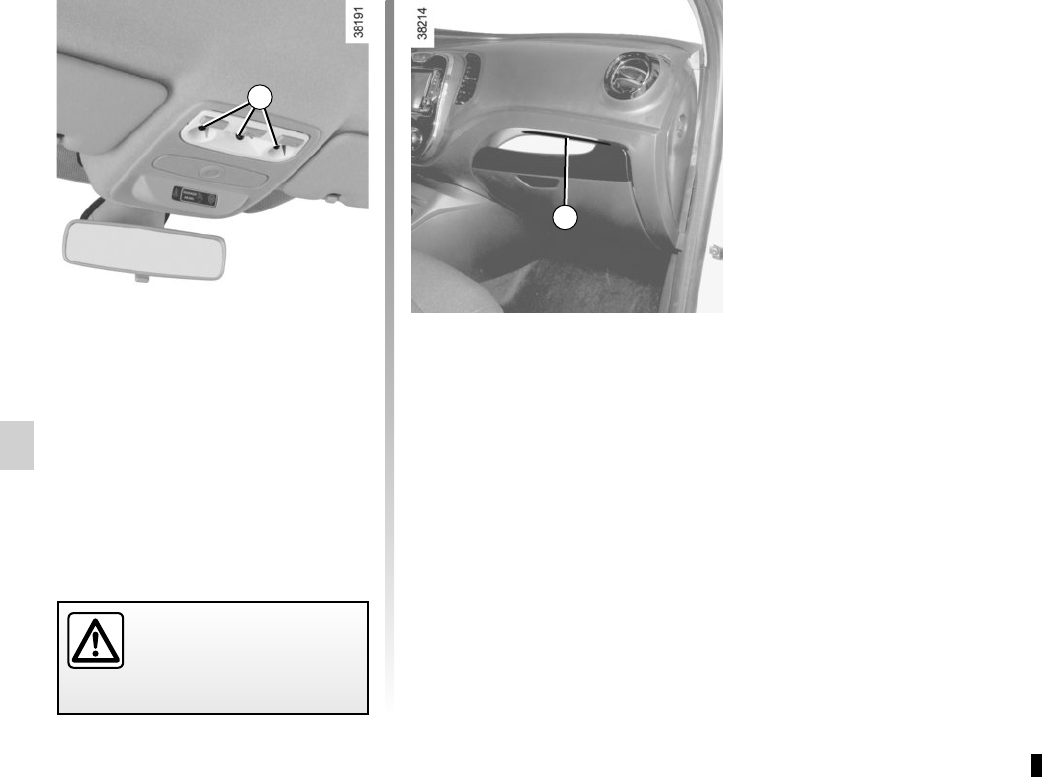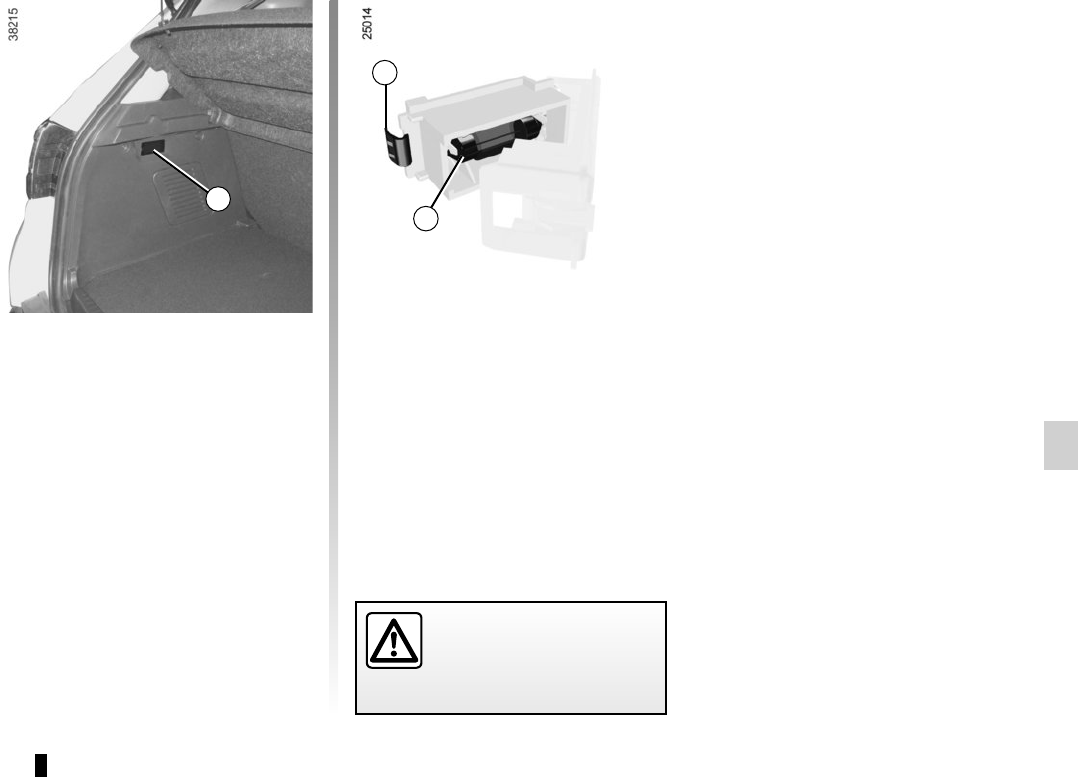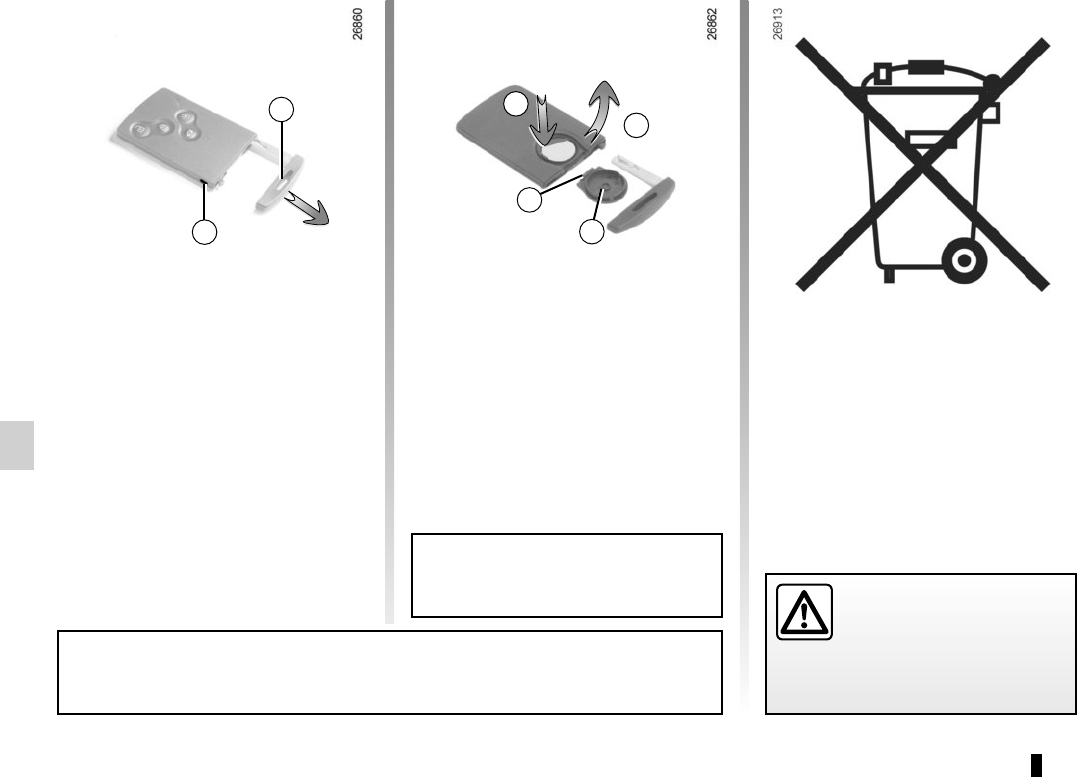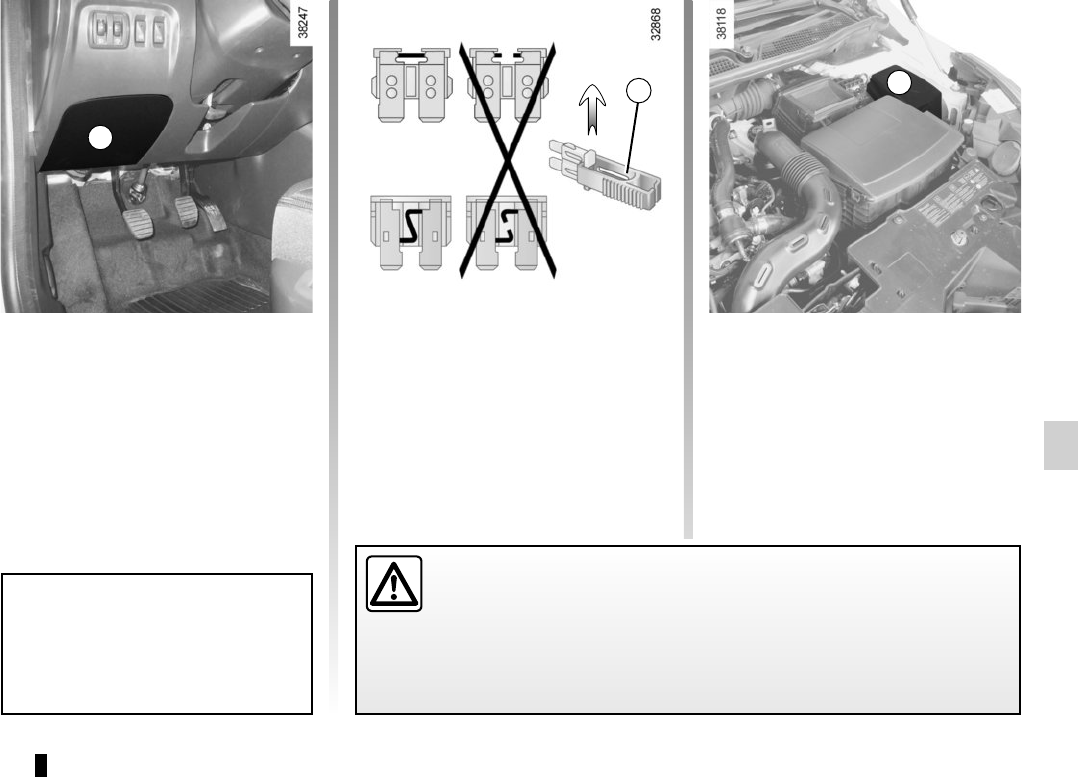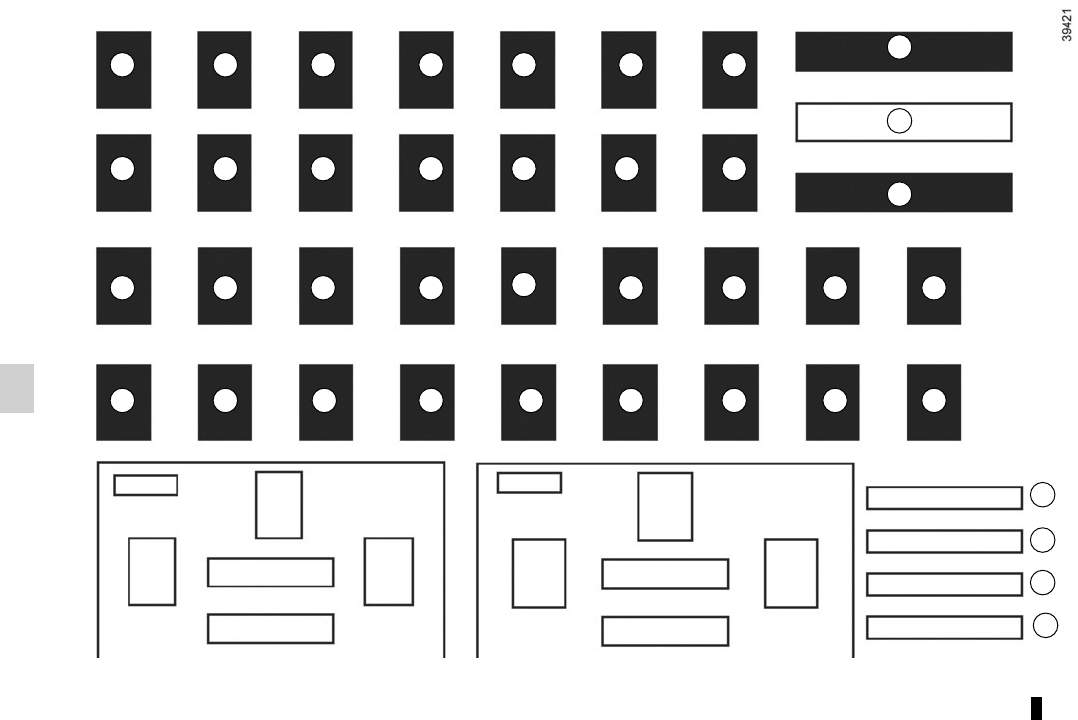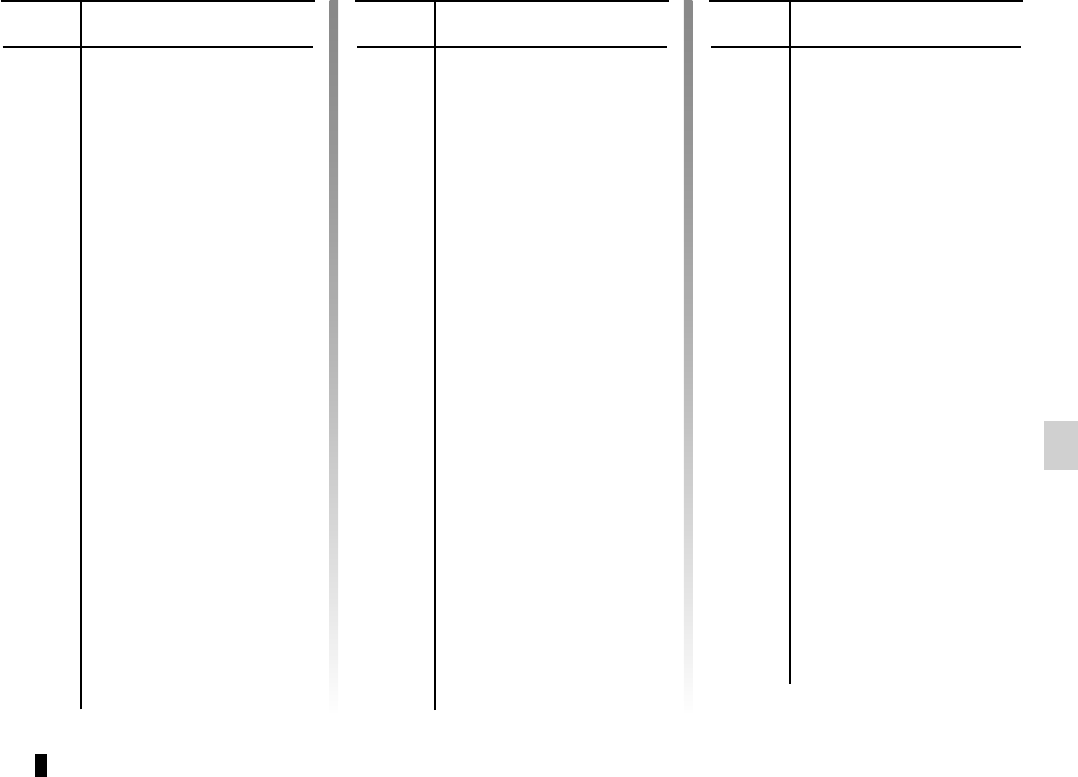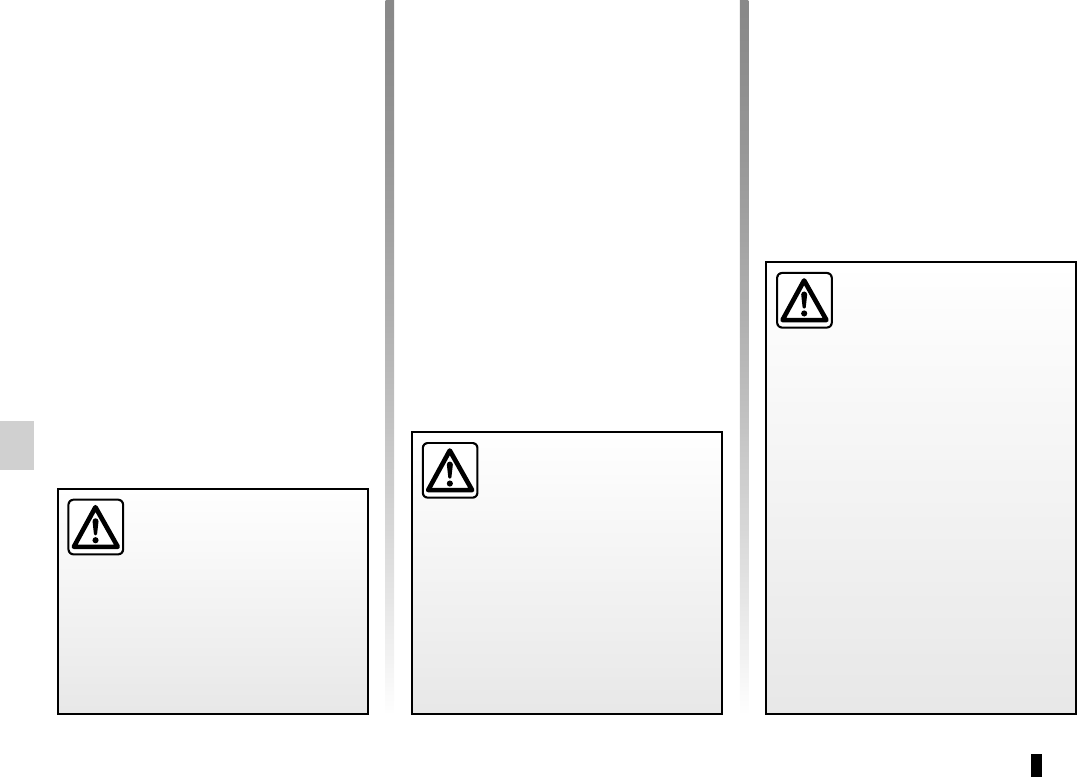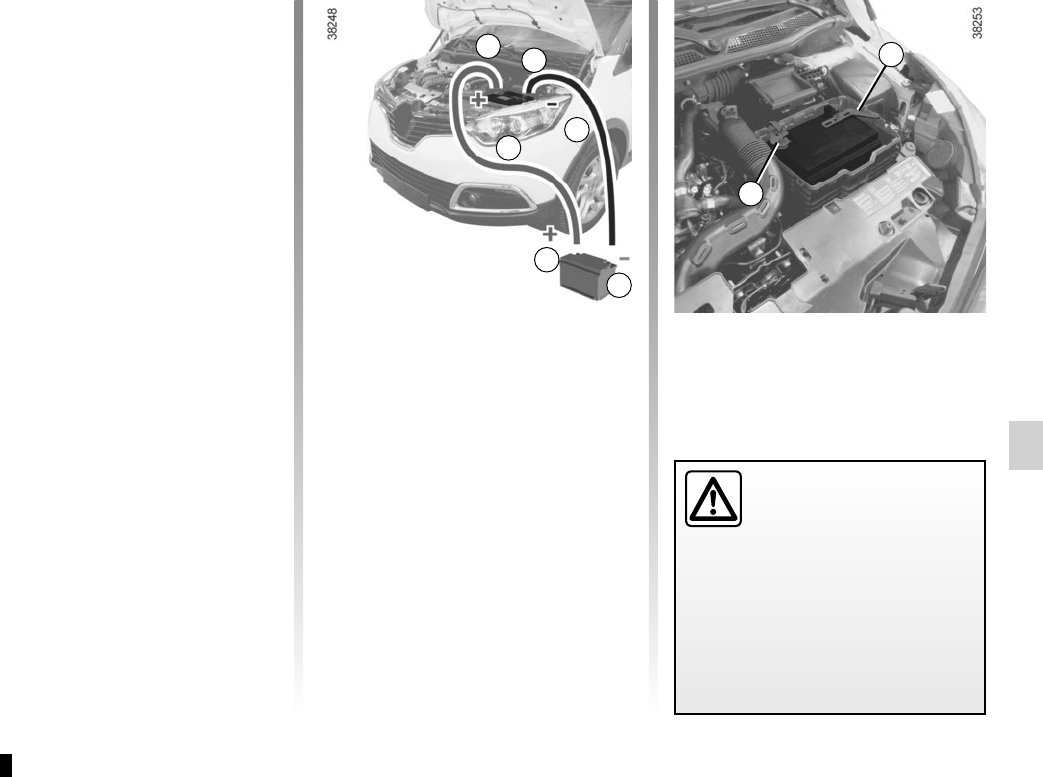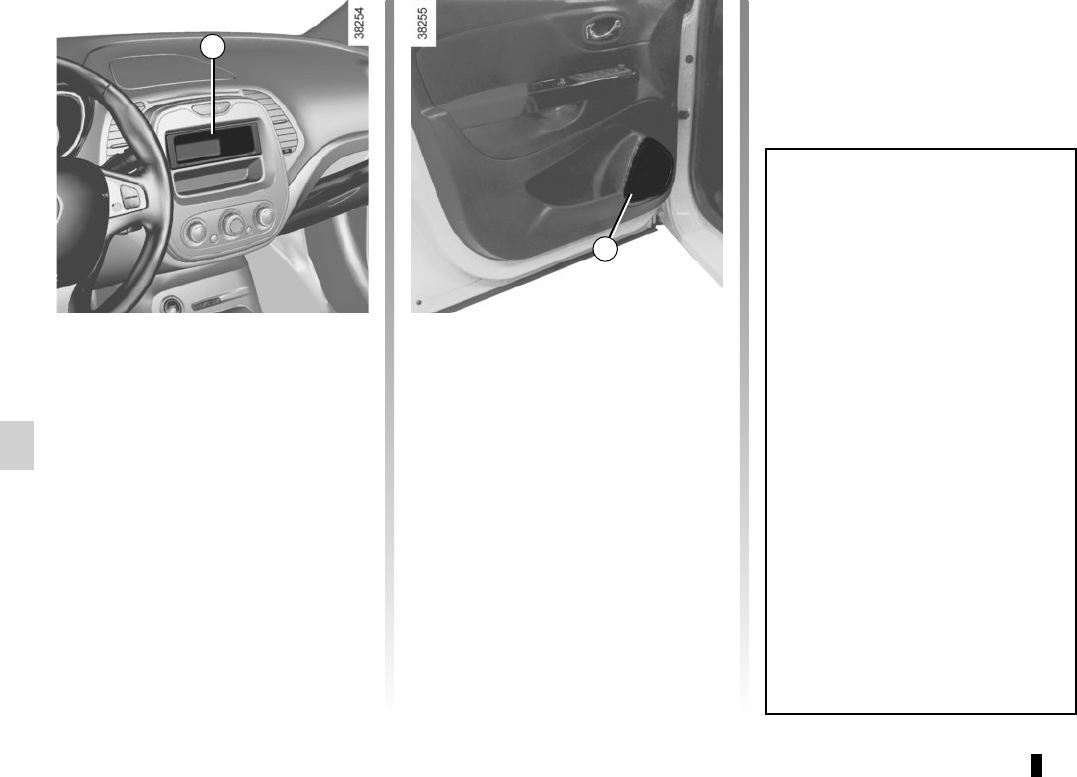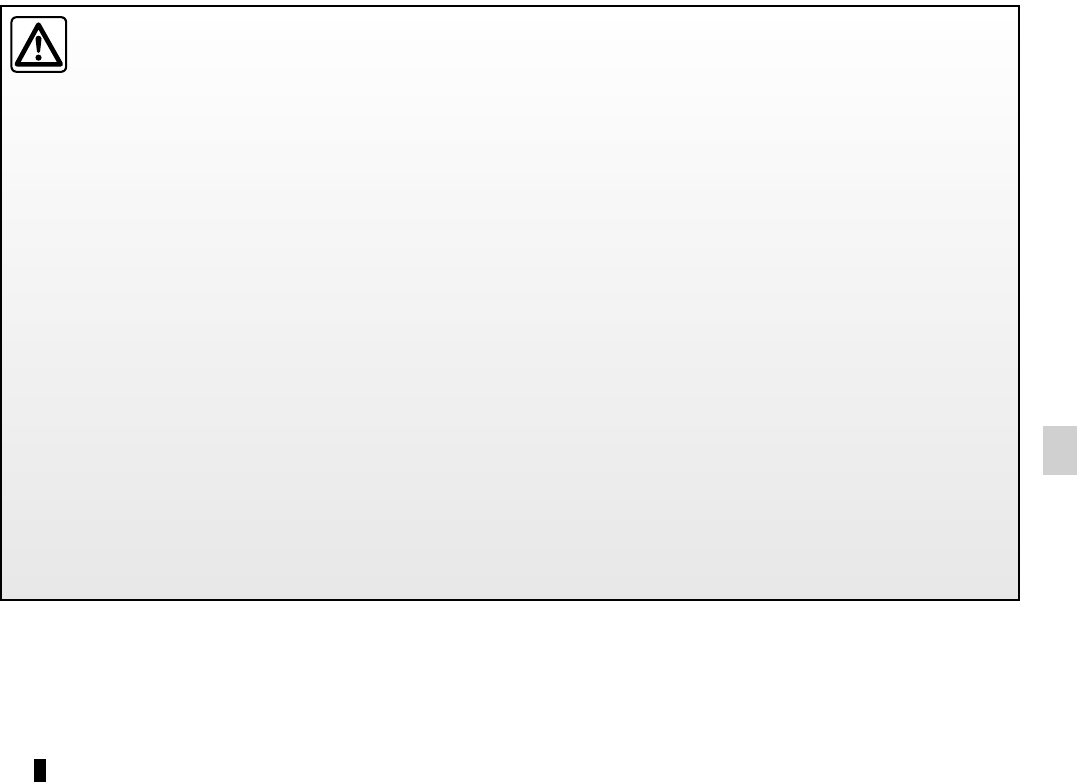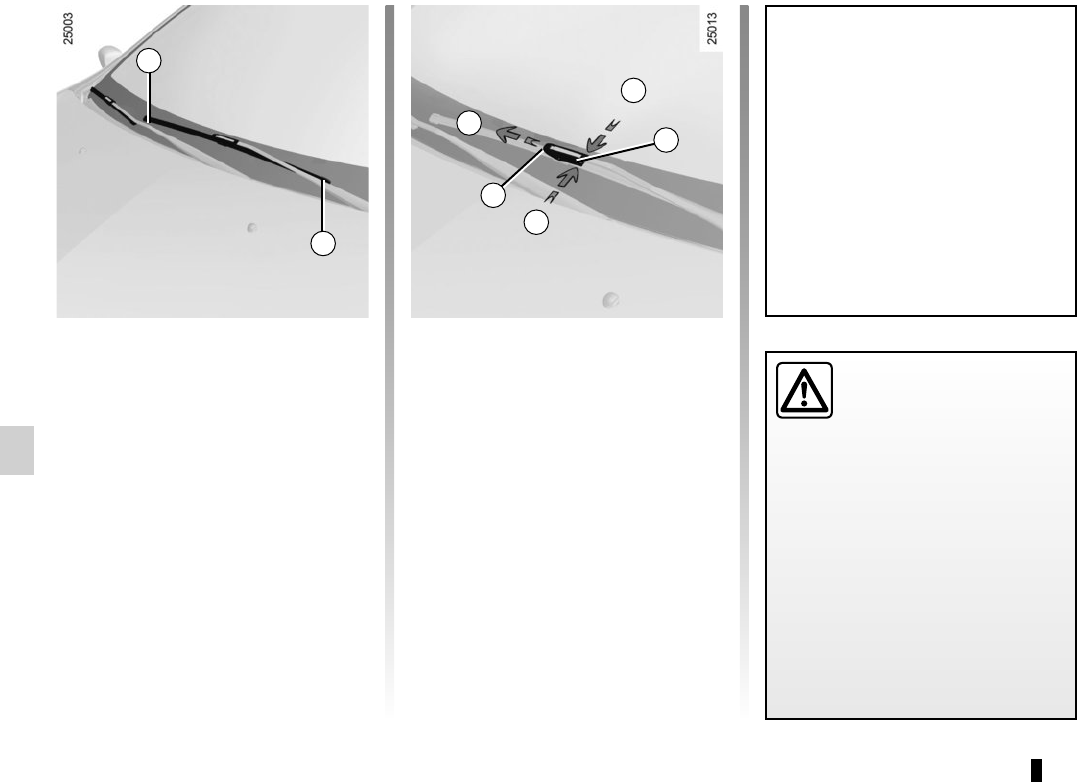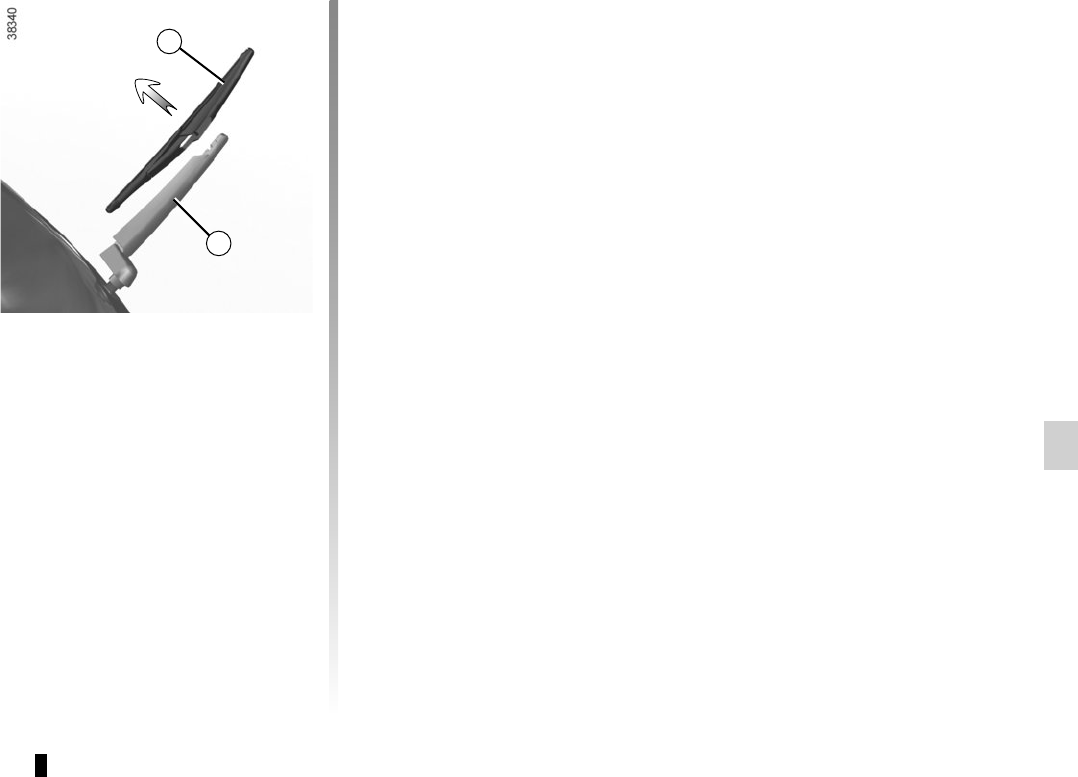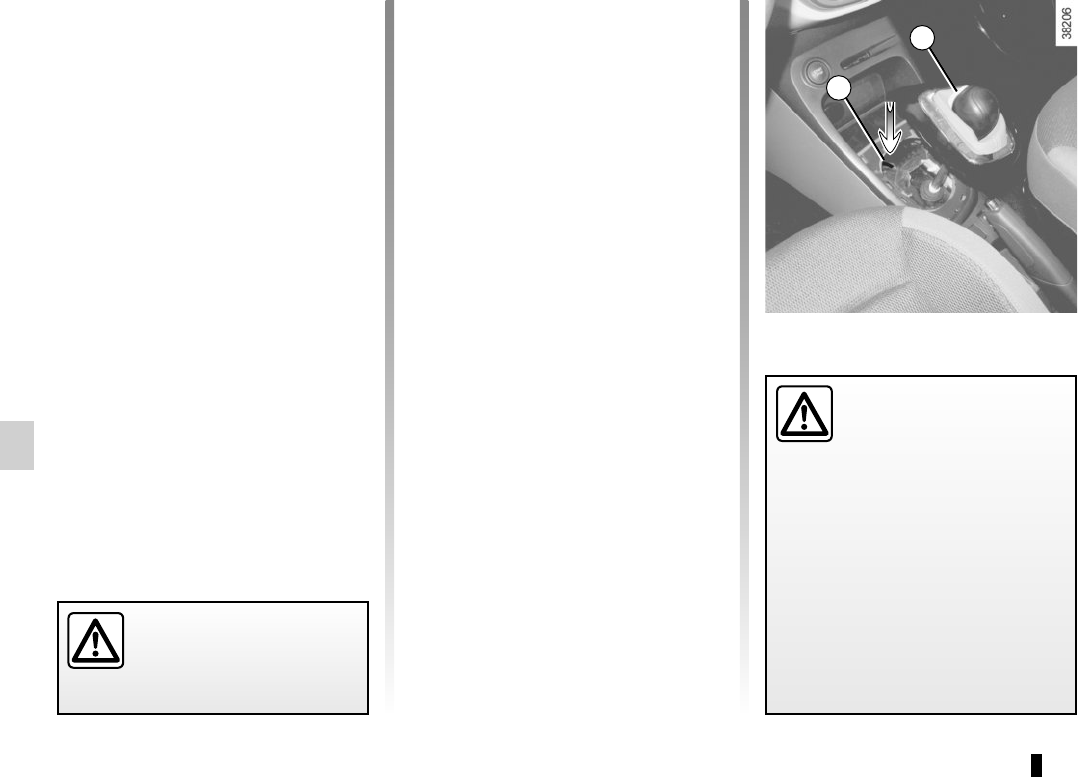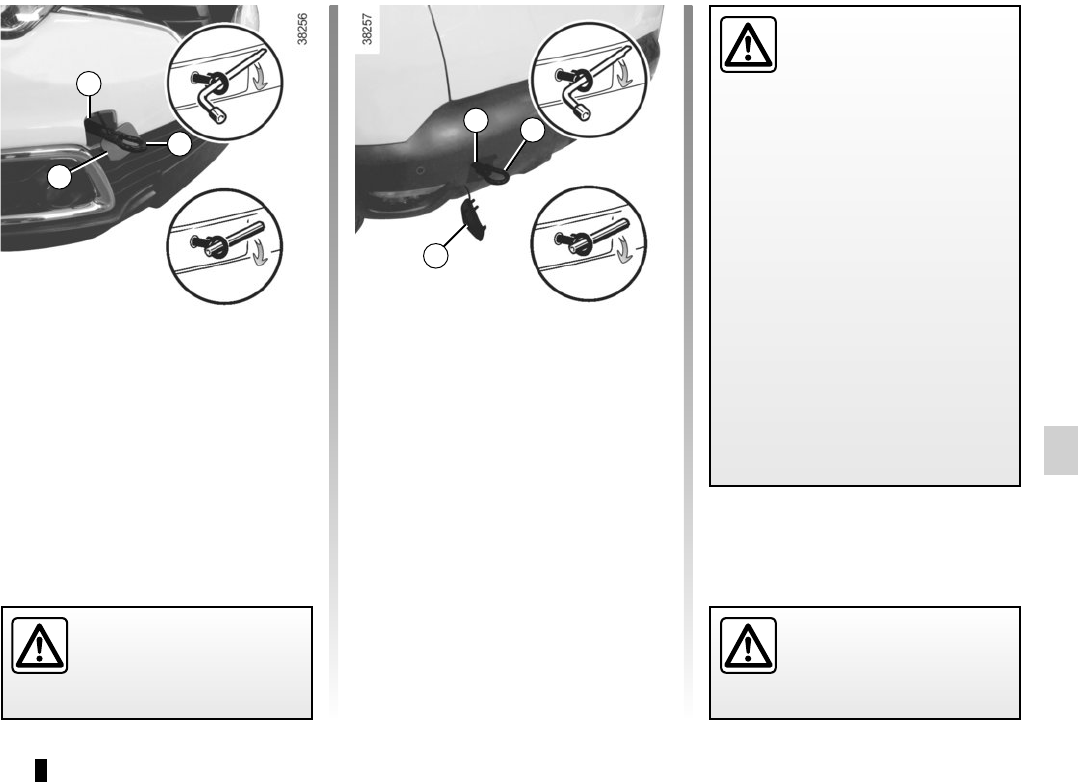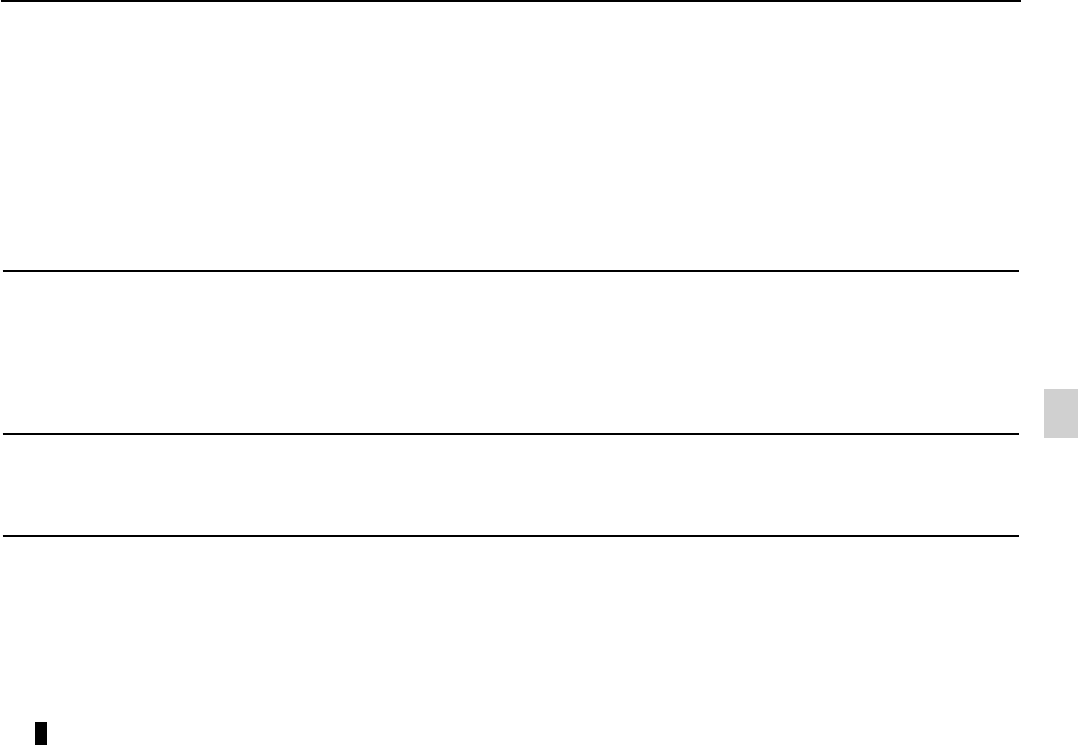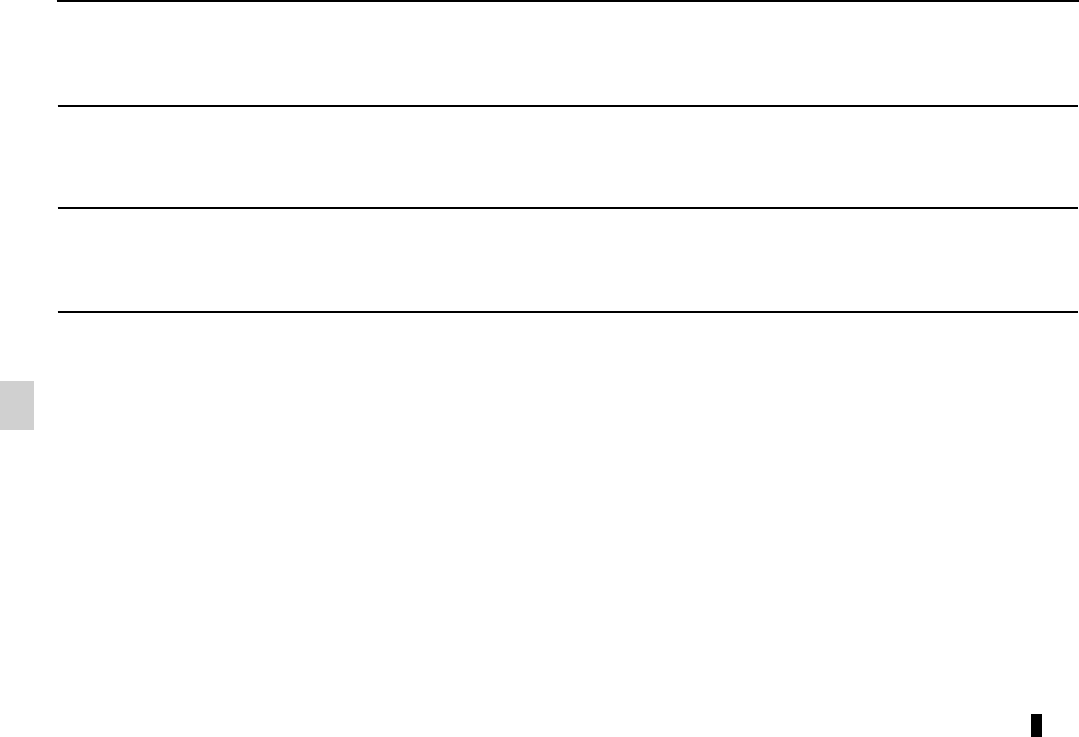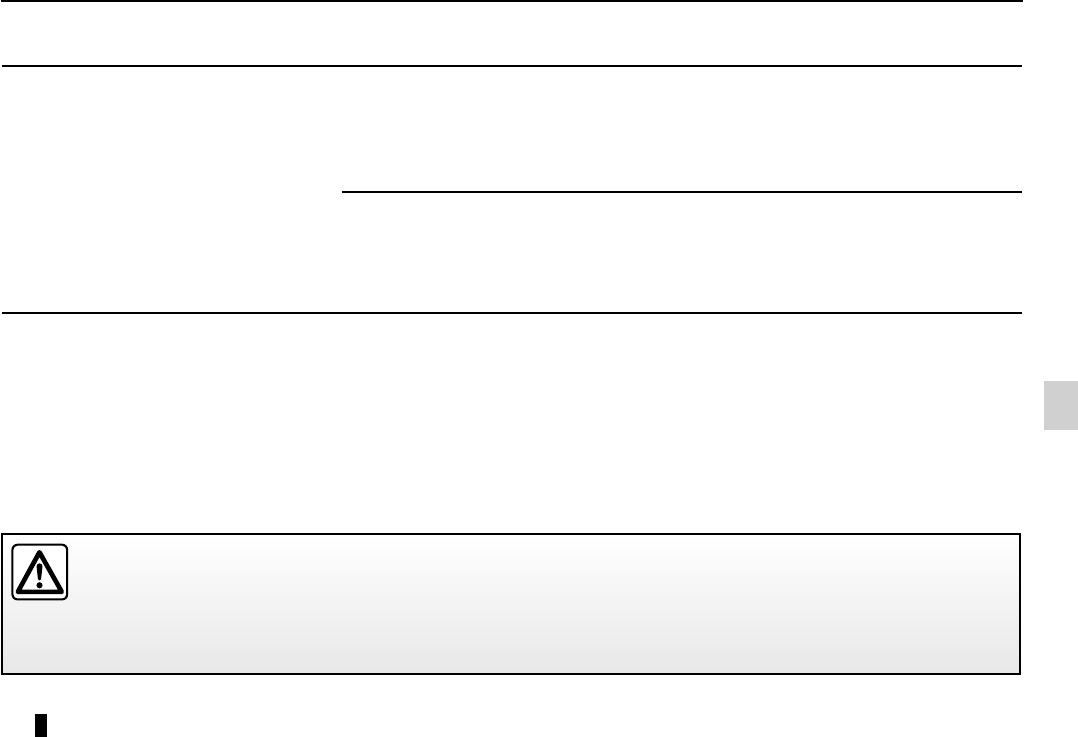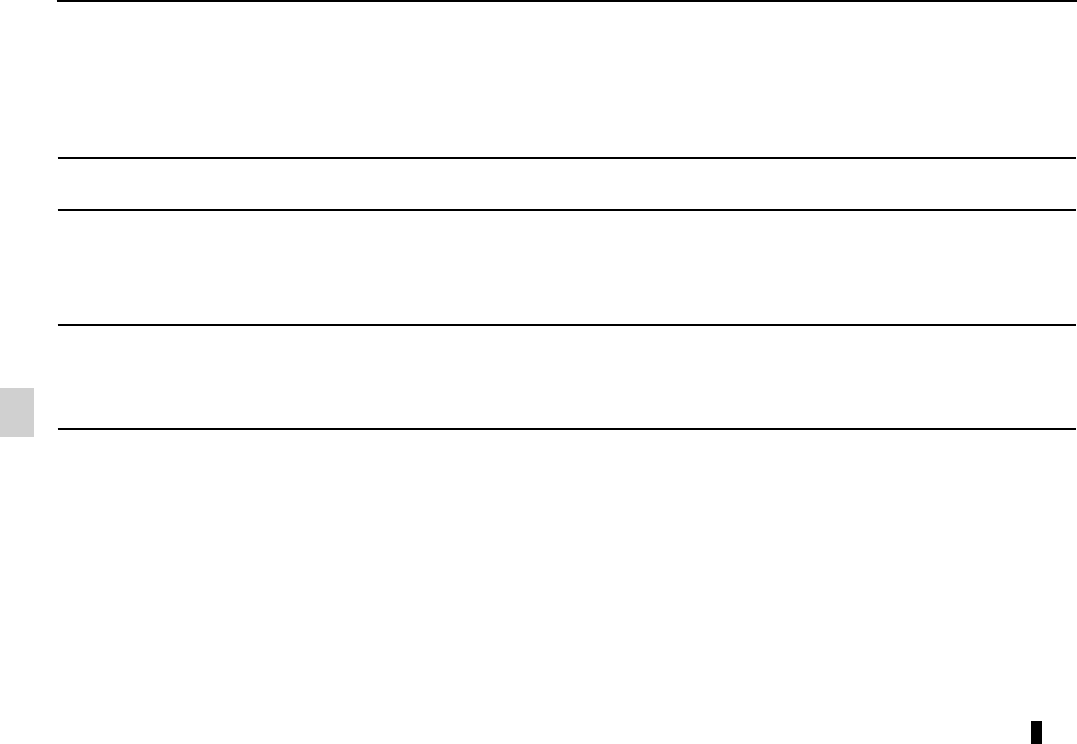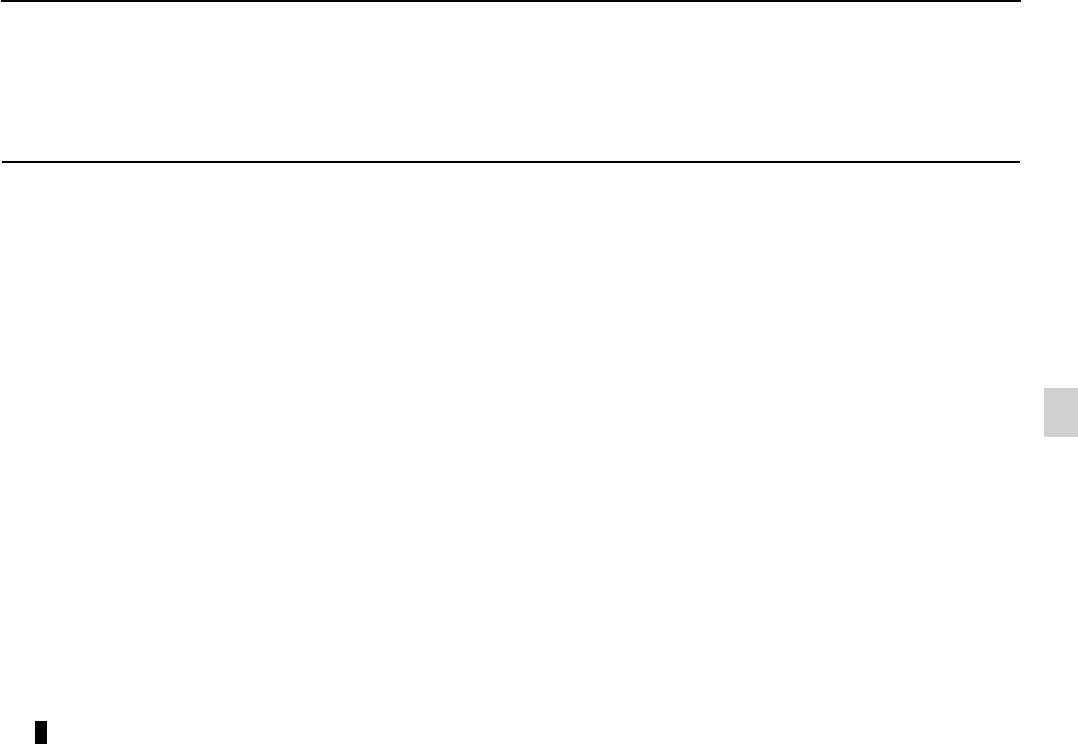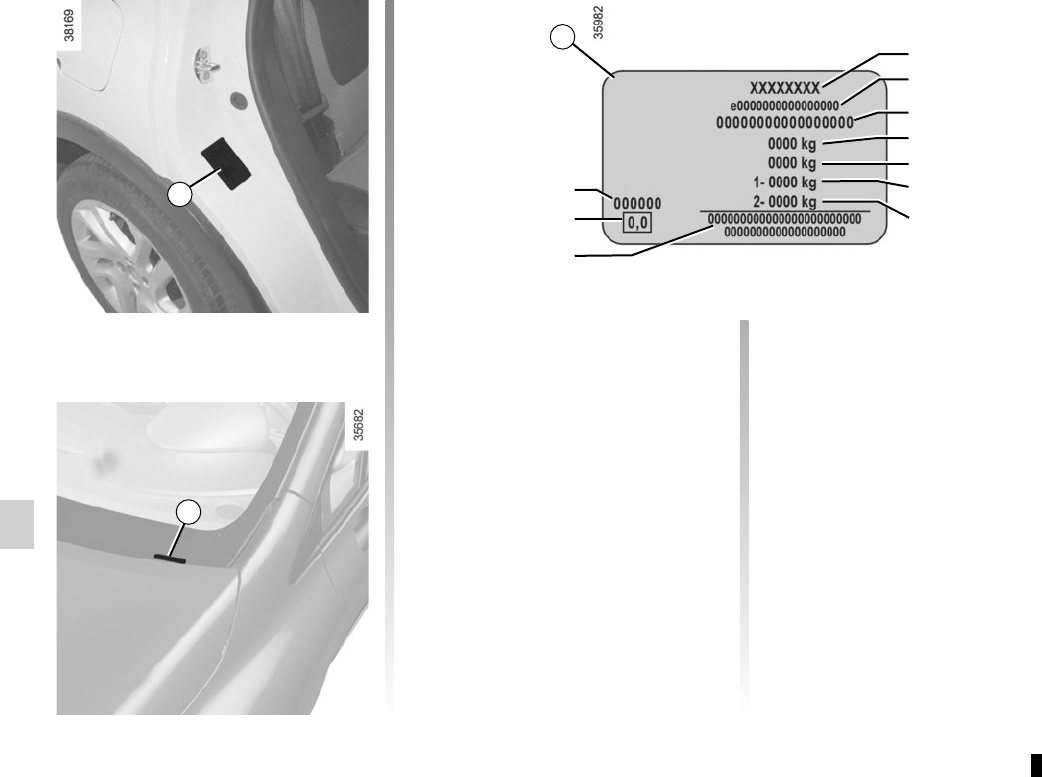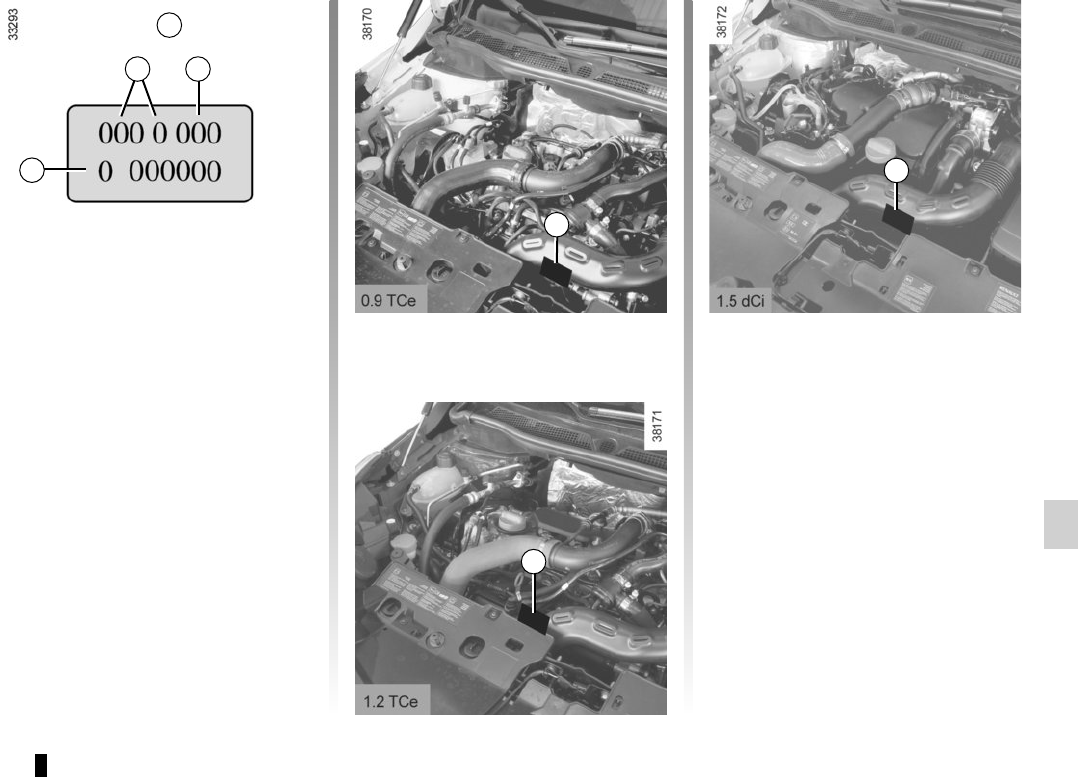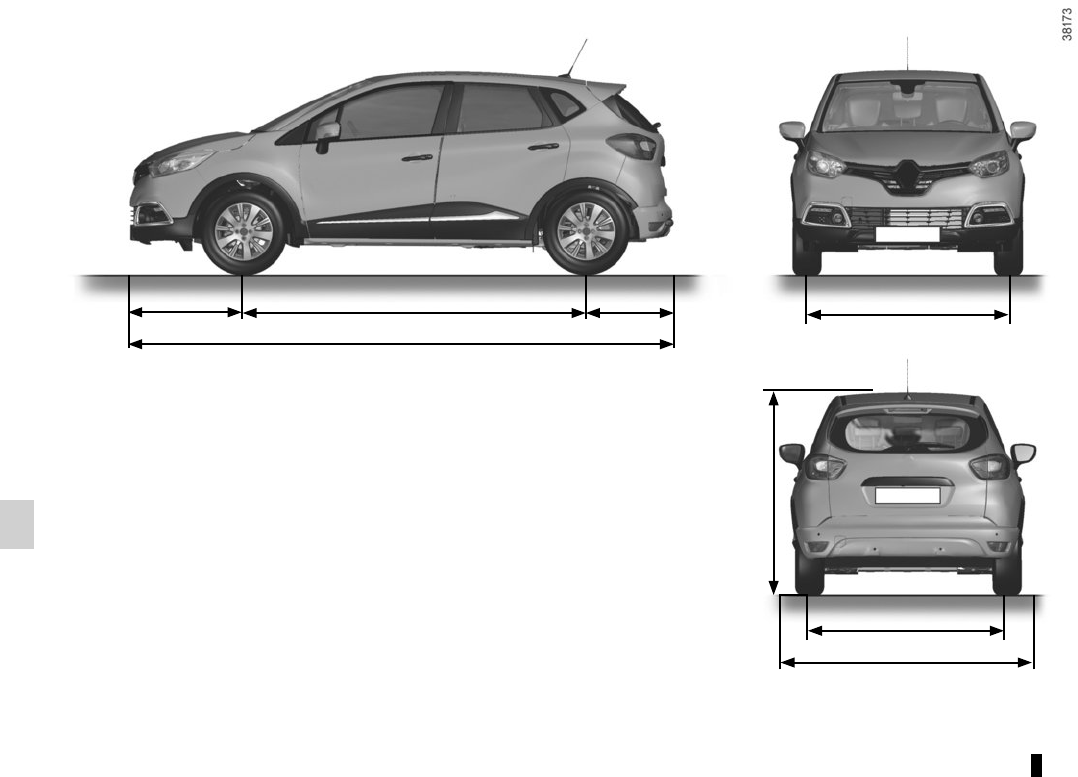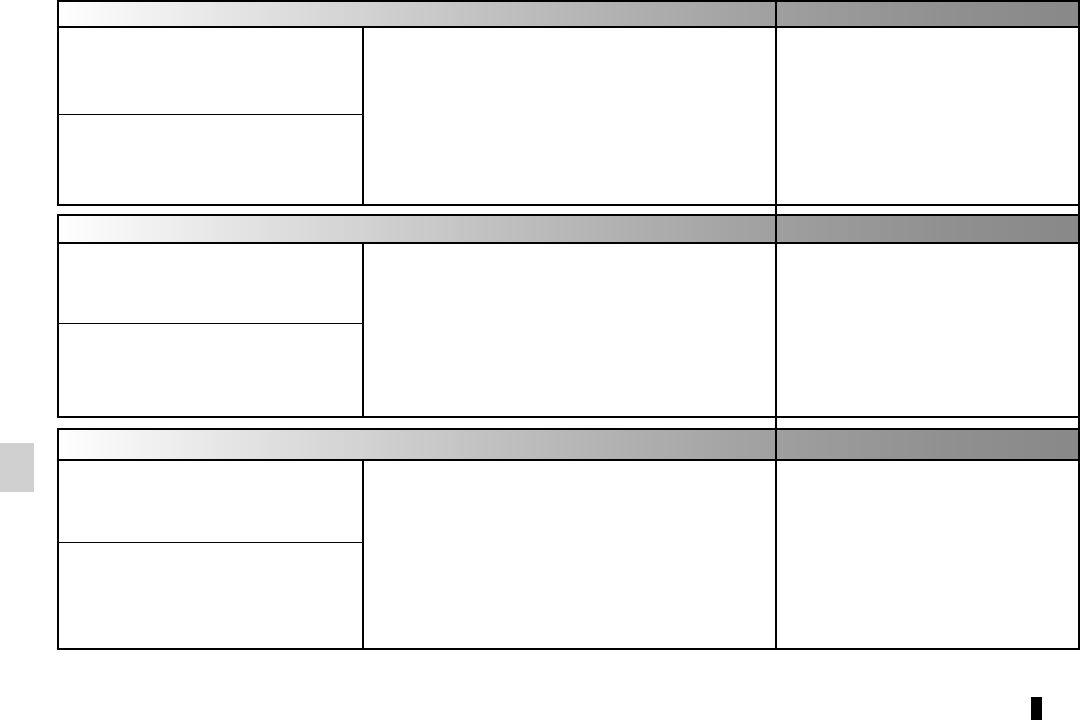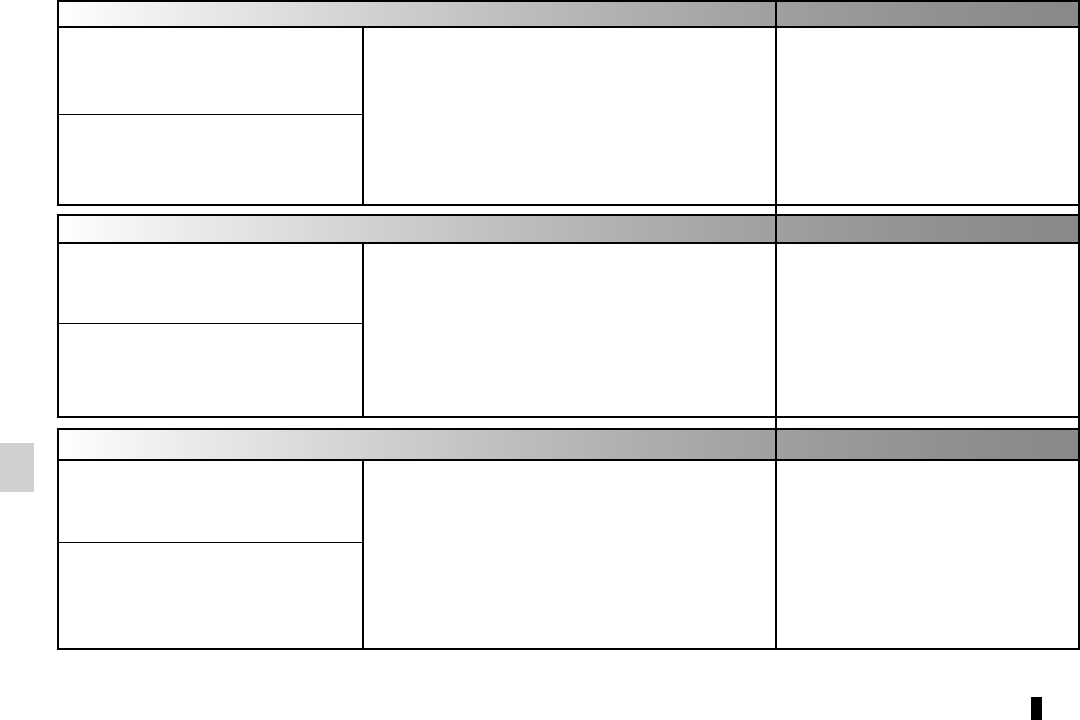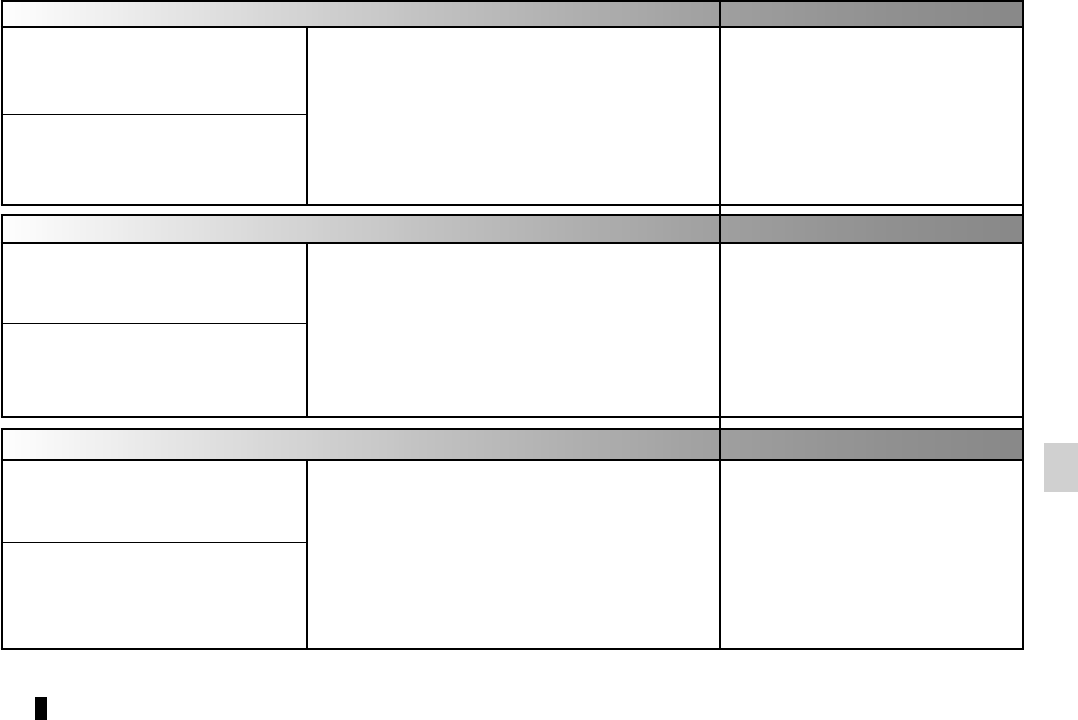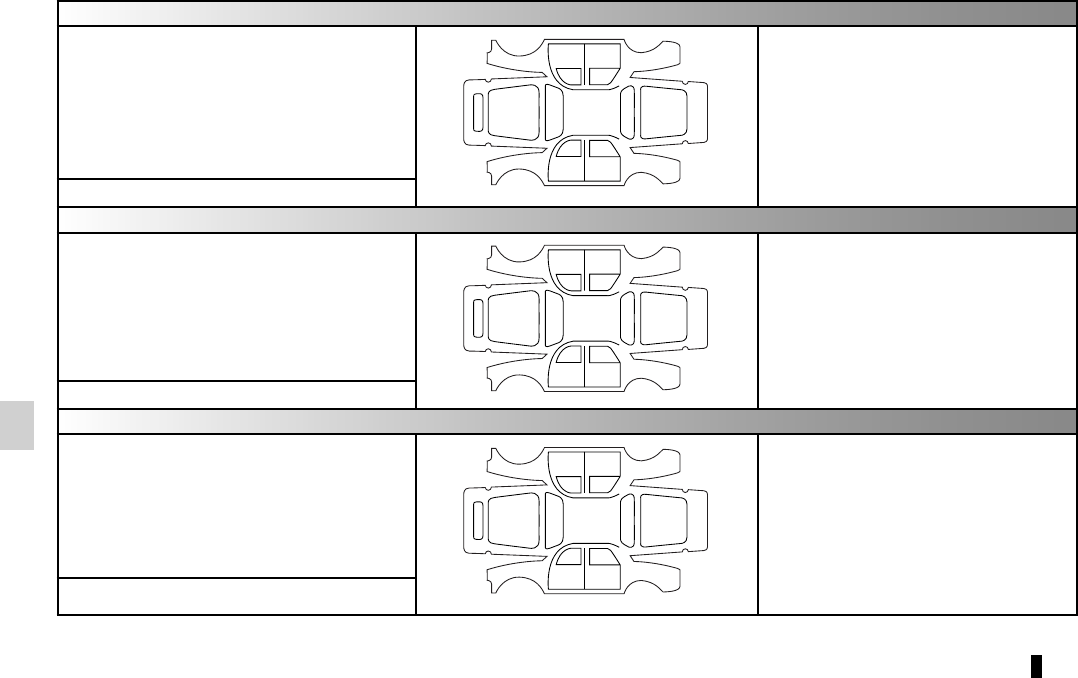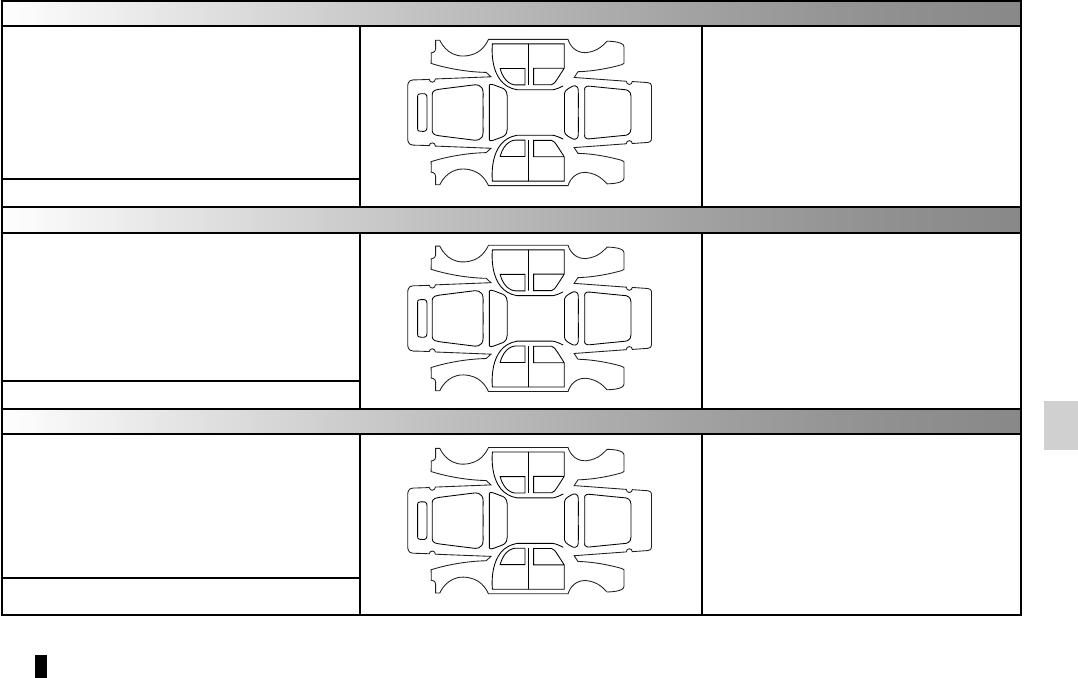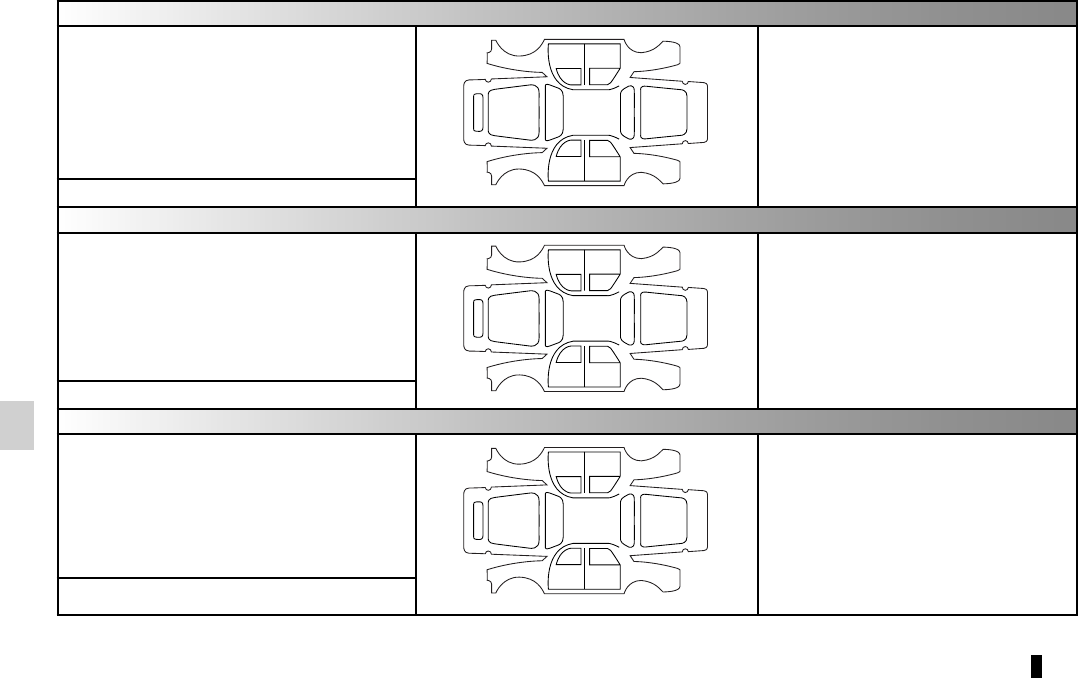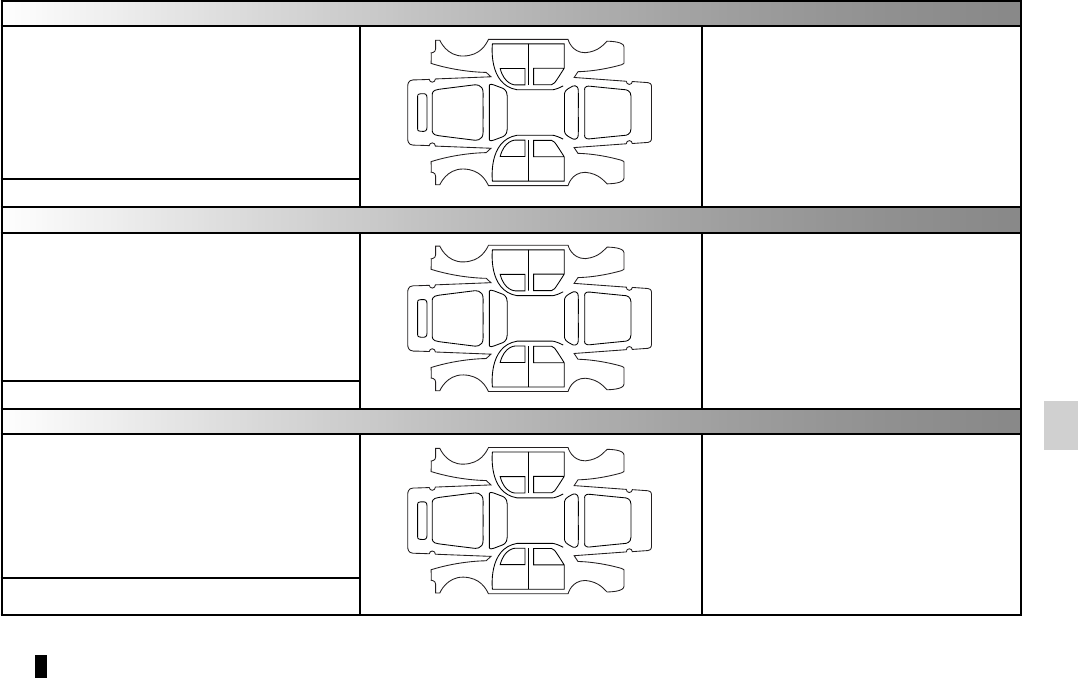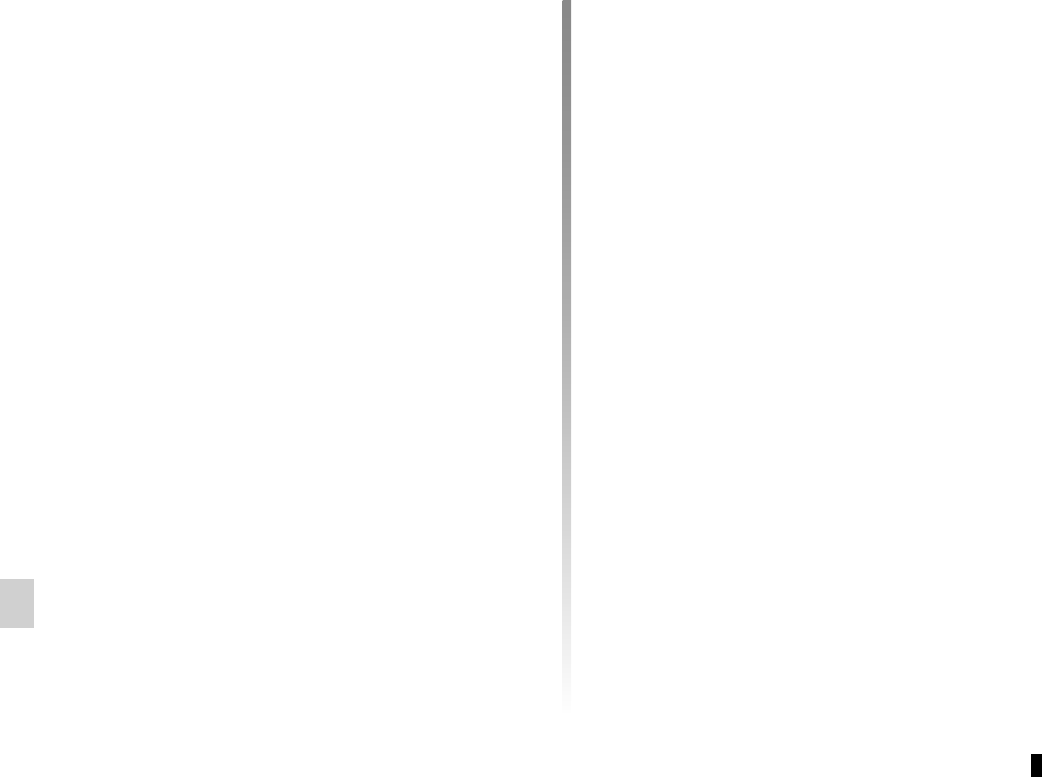-
Waar kan ik de buitentemperatuur zien Renault captur 2014 Gesteld op 1-3-2024 om 14:07
Reageer op deze vraag Misbruik melden -
Waar kan ik de buitentemperatuur zien Renault captur Gesteld op 1-3-2024 om 14:05
Reageer op deze vraag Misbruik melden -
Wij hebben een captur gekocht vandaag van 2013 hoe kan ik mijn telefoon connectien zodat ik toch Spotify kan afspelen via mijn telefoon over mijn geluidsinstallatie van de auto en mijn navigatie Gesteld op 2-8-2023 om 01:17
Reageer op deze vraag Misbruik melden -
instellen navigatie , welke bedienings toetsen ben ik nodig om een adres in te stellen Gesteld op 23-5-2023 om 19:25
Reageer op deze vraag Misbruik melden -
goeden avond heb een vraag over het op daten van de navigatie systeem heb een 15oo diesel van 2014 bij mijn weten heb ik geen kaartje wat ik er uit kan halen op het scherm zit wel een usb aansluiting moet ik deze gebruiken graag hoor ik iets groet Giljan Gesteld op 11-7-2021 om 22:00
Reageer op deze vraag Misbruik melden -
Waar kan ik het chassisnummer en kleurcode vinden in de auto? Gesteld op 1-3-2021 om 10:46
Reageer op deze vraag Misbruik melden
-
Hoe moet ik de batterij vervangen van de renault card Captur Gesteld op 22-12-2020 om 13:33
Reageer op deze vraag Misbruik melden -
Ik heb een renault captur 2014 geluid van de telefoon komt alleen uit de linker box.
Reageer op deze vraag Misbruik melden
Is dit normaal, zo niet hoe kan ik dit veranderen ? Gesteld op 15-12-2020 om 12:05 -
ik heb een renault captur 2014, hoe zet ik de navigatie uit onder de rit ? Gesteld op 15-12-2020 om 12:01
Reageer op deze vraag Misbruik melden-
Het geluid van de navigatie is direkt uit te zetten door de 2 knoppen rechts achter het stuur gelijktijdig naar voren te halen Geantwoord op 22-12-2022 om 08:21
Waardeer dit antwoord Misbruik melden
-
-
De klok in de Renault captur gelijk zetten met wintertijd hoe kan ik dat doen Gesteld op 2-12-2020 om 08:39
Reageer op deze vraag Misbruik melden-
Ga naar gebruikershandleiding.com
Waardeer dit antwoord (14) Misbruik melden
Renault R-Link
zie pagina 95/96
succes FW Geantwoord op 4-12-2020 om 17:31
-
-
Multimediacode voor Renault Captur bouwjaar 2014. Met vervangen van acu moet de multimediacode op nieuw ingevoerd worden maar die hebben wij niet! Kan iemand mij helpen? Gesteld op 30-11-2020 om 20:19
Reageer op deze vraag Misbruik melden -
Hebben jullie een vraagbak van een Renault captur bj 2014 (reparatie handboek) Gesteld op 22-11-2020 om 16:43
Reageer op deze vraag Misbruik melden
-
In het afgelopen jaar 4000 km gereden moet nu onderhoud plegen hoe kan ik de interval resetten?
Reageer op deze vraag Misbruik melden
Gesteld op 5-10-2020 om 15:00 -
Mijn iphone heeft al die tijd goed gewerkt handsfree maar nu zie je wel dat er iemand belt.
Reageer op deze vraag Misbruik melden
Maar kan niet opnemen en hij doet niks Gesteld op 19-9-2020 om 22:05 -
Is het een grote onderhoudsbeurt nodig bij 3500 km rijden per jaar Gesteld op 4-8-2020 om 12:50
Reageer op deze vraag Misbruik melden -
Hoe zet ik de navigatie uit na gebruik van een rit. Gesteld op 13-7-2020 om 19:59
Reageer op deze vraag Misbruik melden -
waar vind ik de schakelaar om de dashbord verlichting hoger te zetten Gesteld op 28-5-2019 om 19:03
Reageer op deze vraag Misbruik melden-
Naast de knop om de koplampen hoger en lager in te stellen. Links onder het stuur . Bij de vergrendeling van de motorkap. Geantwoord op 28-5-2019 om 19:33
Waardeer dit antwoord (1) Misbruik melden
-
-
Hoe kan ik de stem van mijn navigatie luider zetten? Gesteld op 15-8-2017 om 14:43
Reageer op deze vraag Misbruik melden-
Waarschijnlijk kun je via instellingen het volume aanpassen. Geantwoord op 15-8-2017 om 16:30
Waardeer dit antwoord Misbruik melden
-
-
Zodra je de stem van de NAVO hoort formule harder draaien Geantwoord op 11-9-2019 om 18:32
Waardeer dit antwoord (1) Misbruik melden -
Hoeveel km kan ik rijden met een volle tank en hoe zet ik de teller op 0 Gesteld op 18-4-2016 om 22:41
Reageer op deze vraag Misbruik melden-
Rechts op hendel zitten 2 knopjes onderste dagteller zetten dan maar sec vasthouden springt hij op nul. Afstand met volle tank moet ook ik nog uitvinden heb hem net 3 dagen Geantwoord op 20-3-2017 om 12:28
Waardeer dit antwoord Misbruik melden
-




































































































